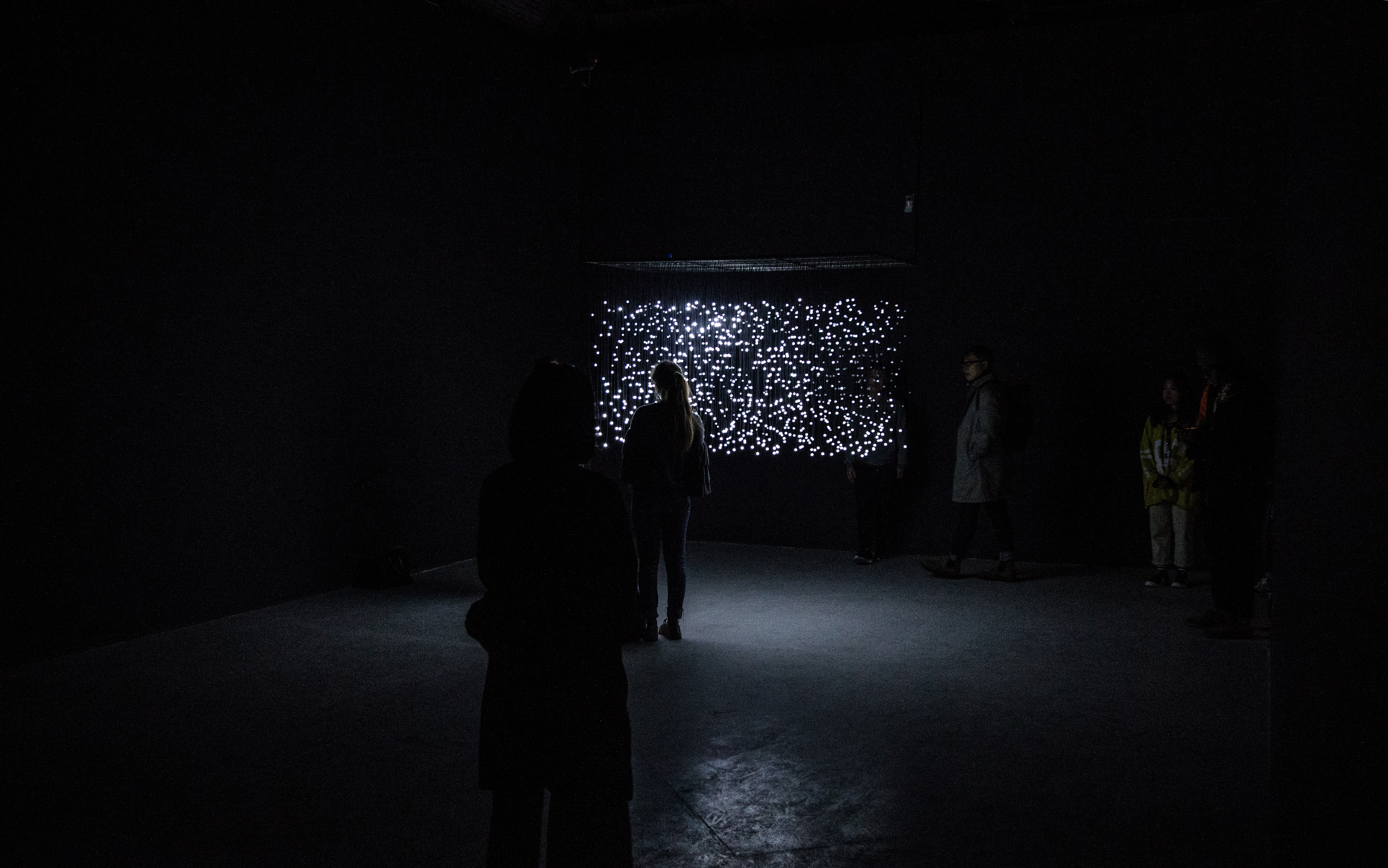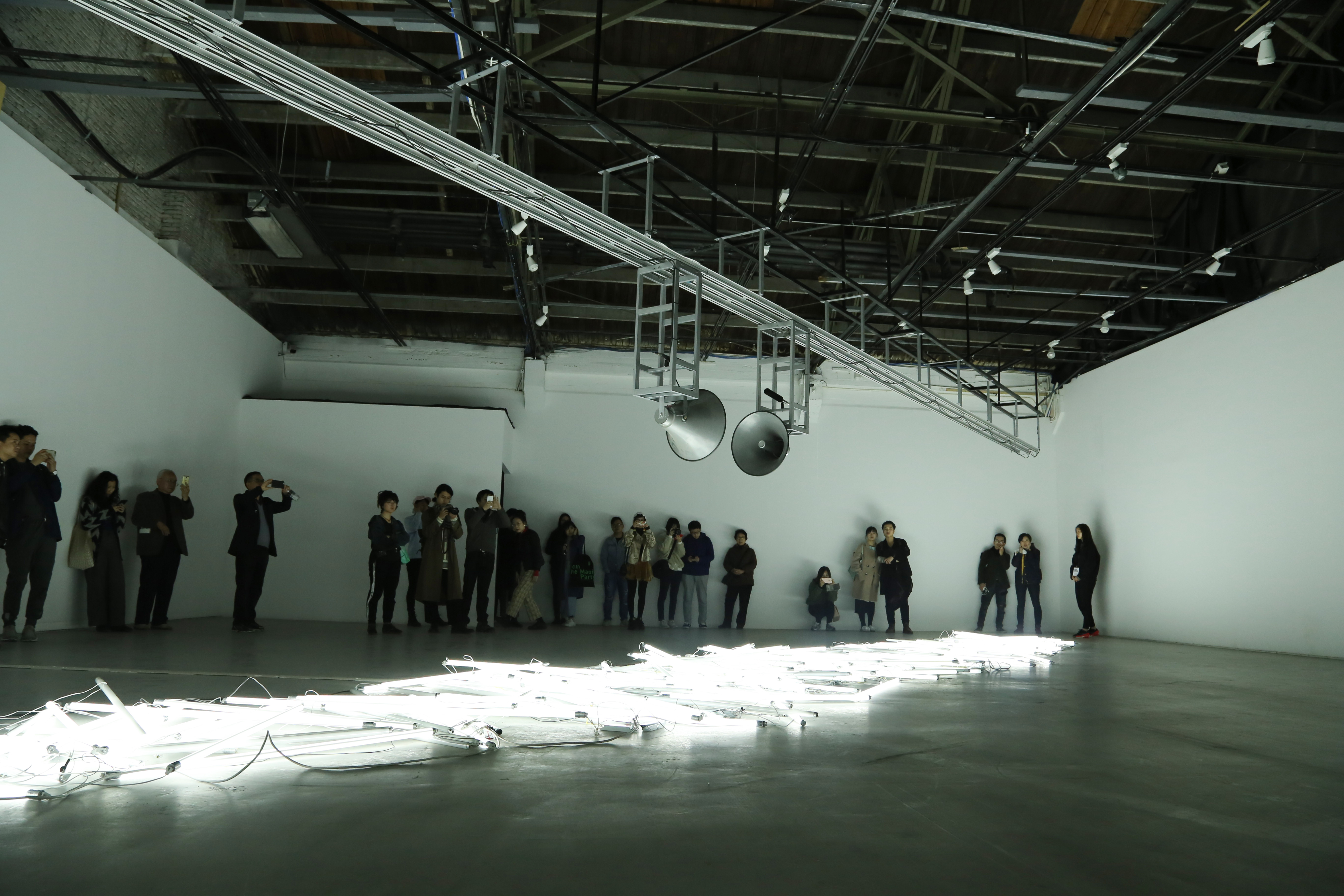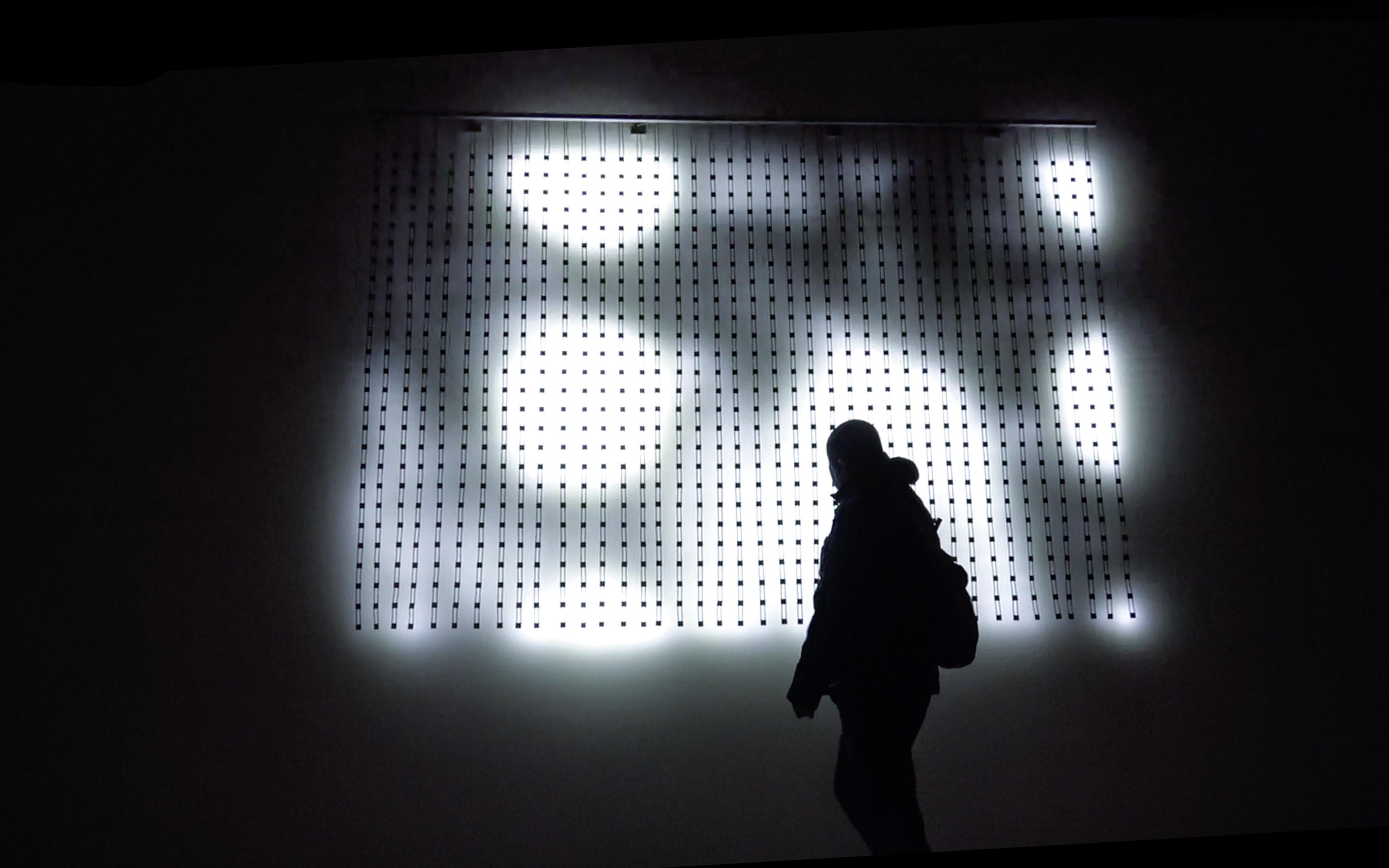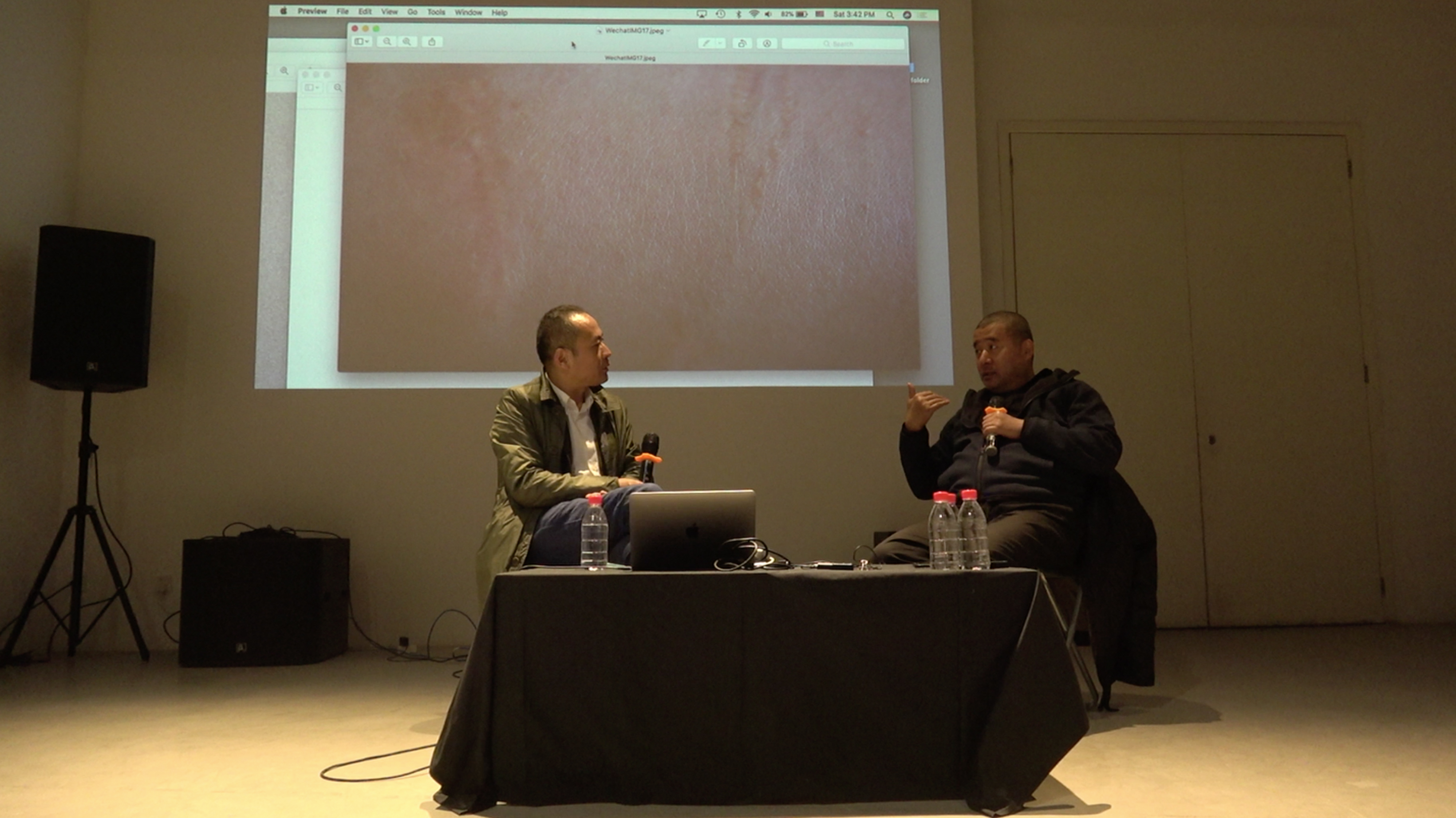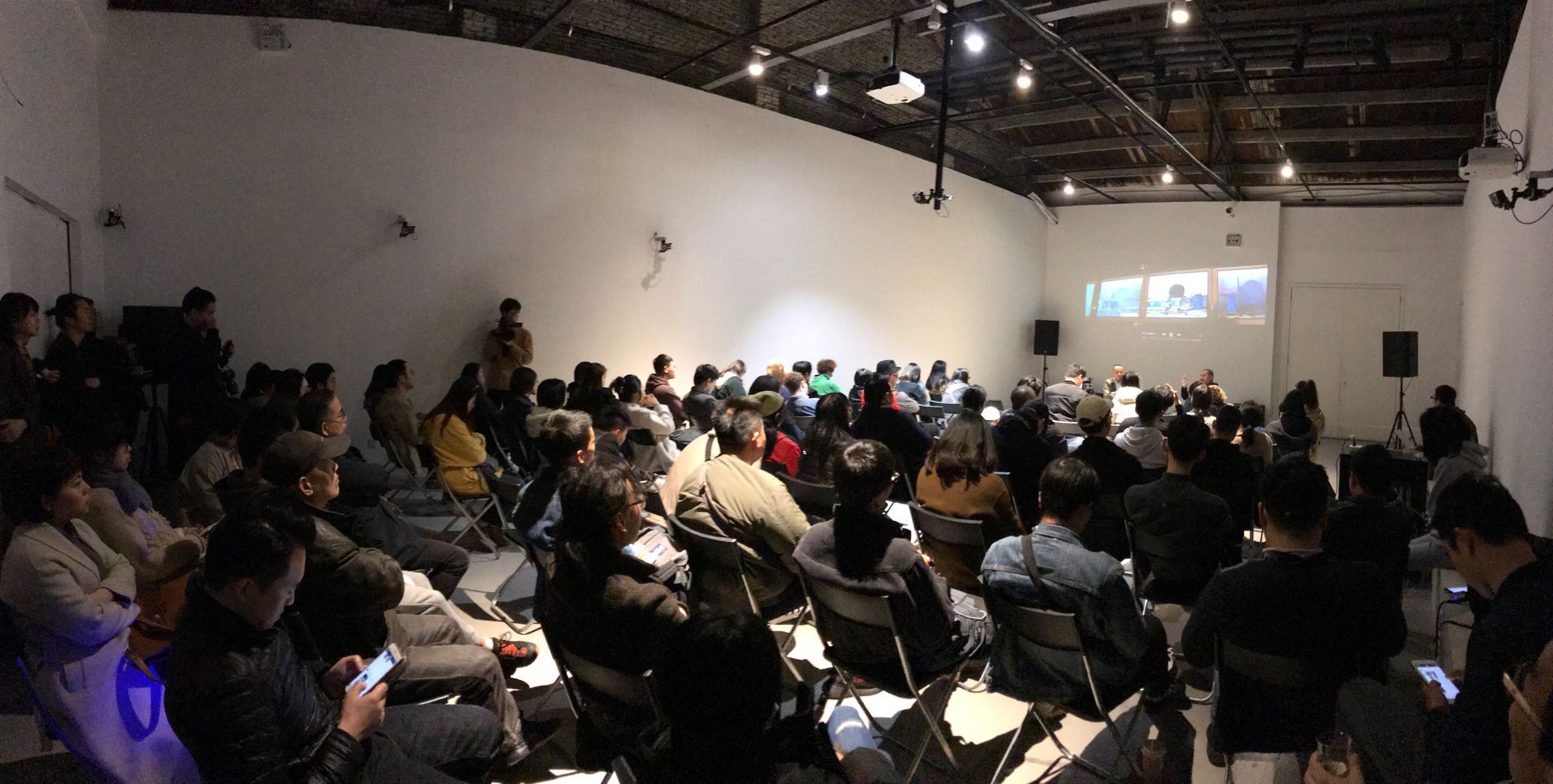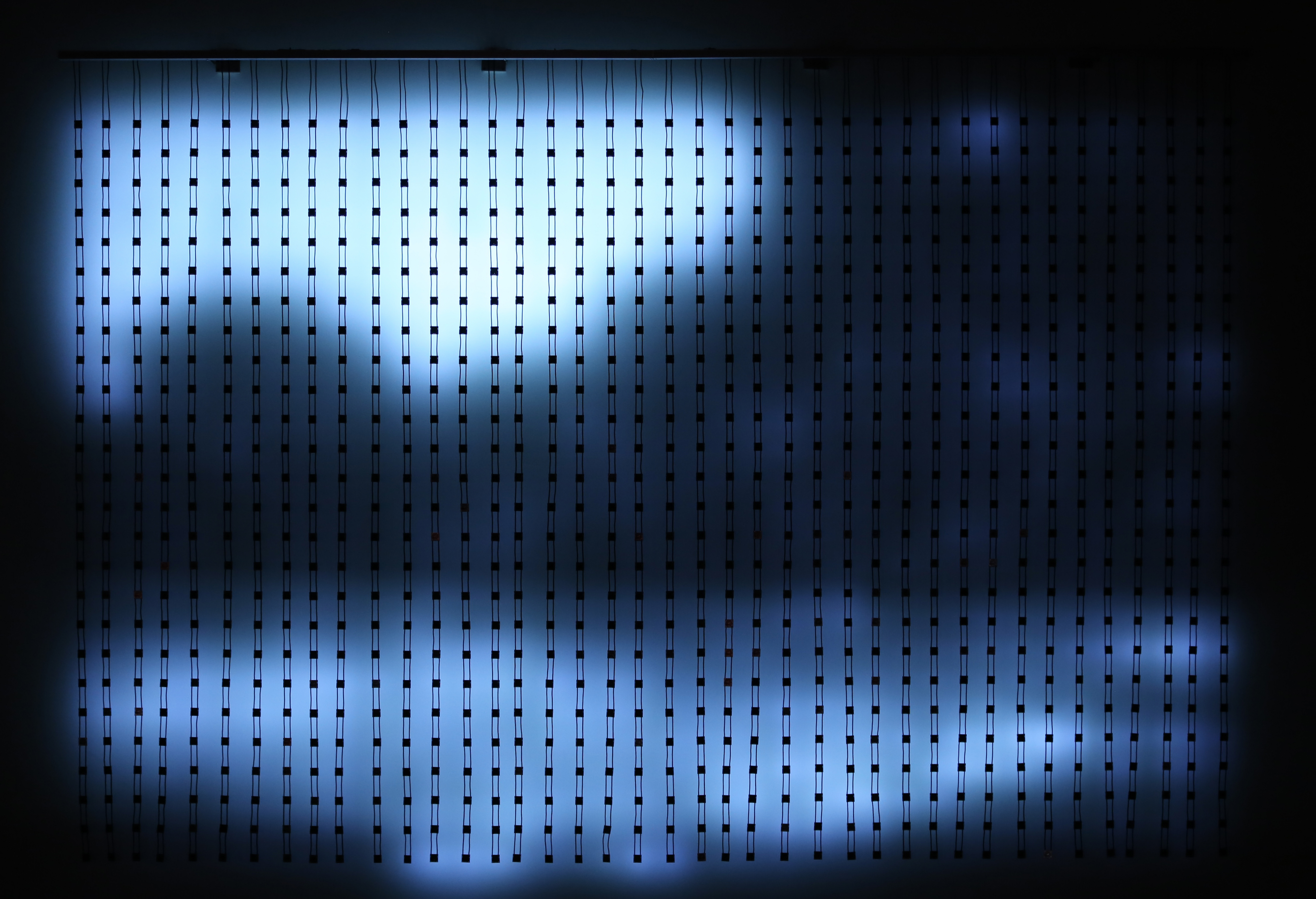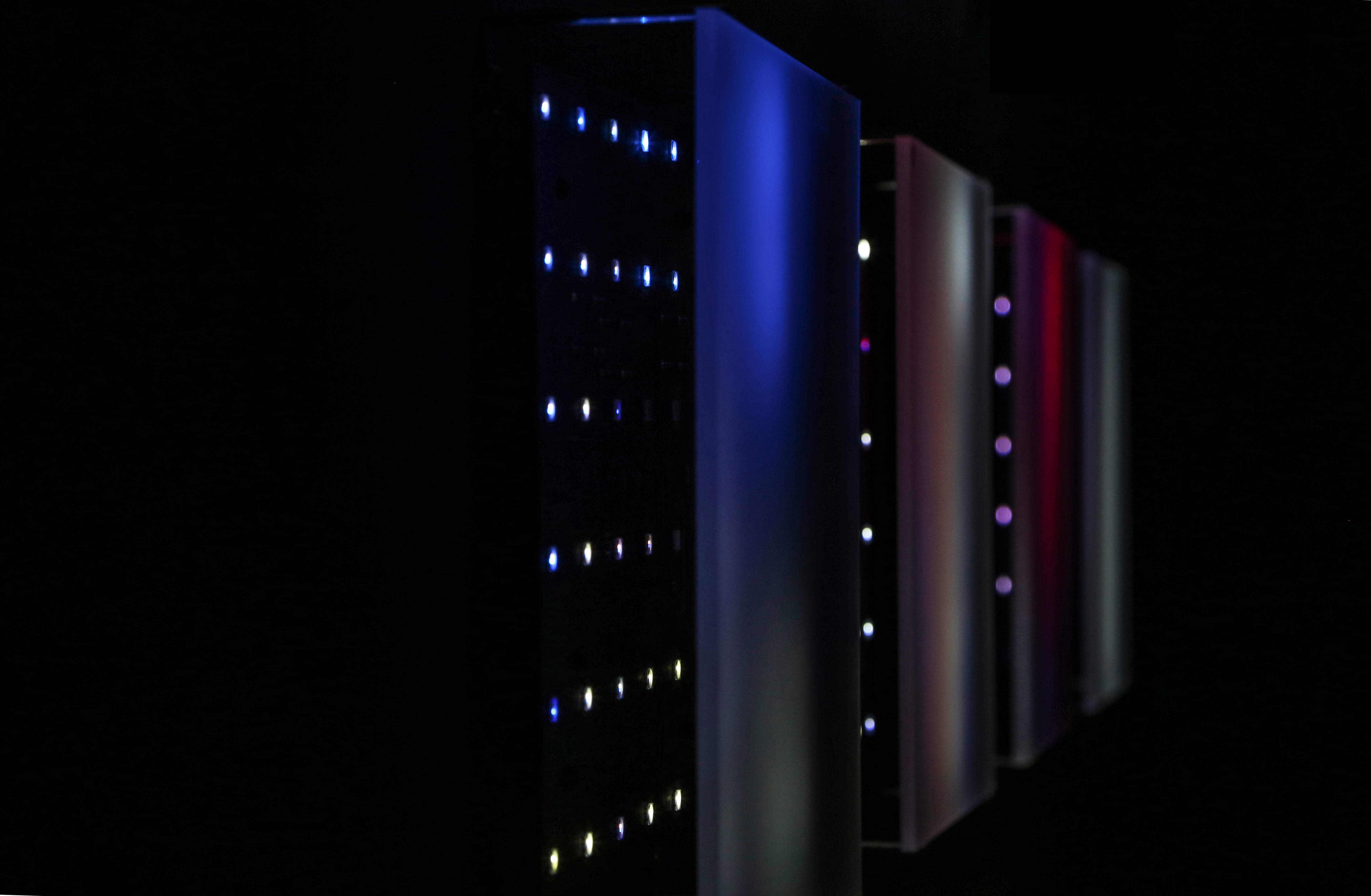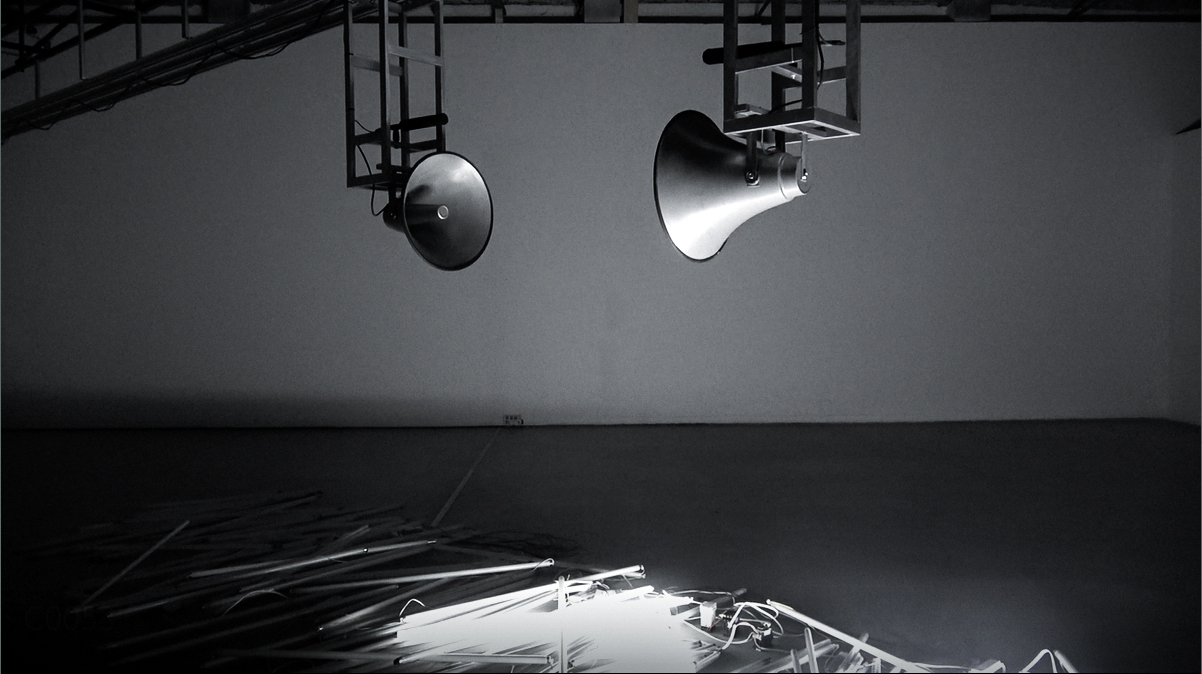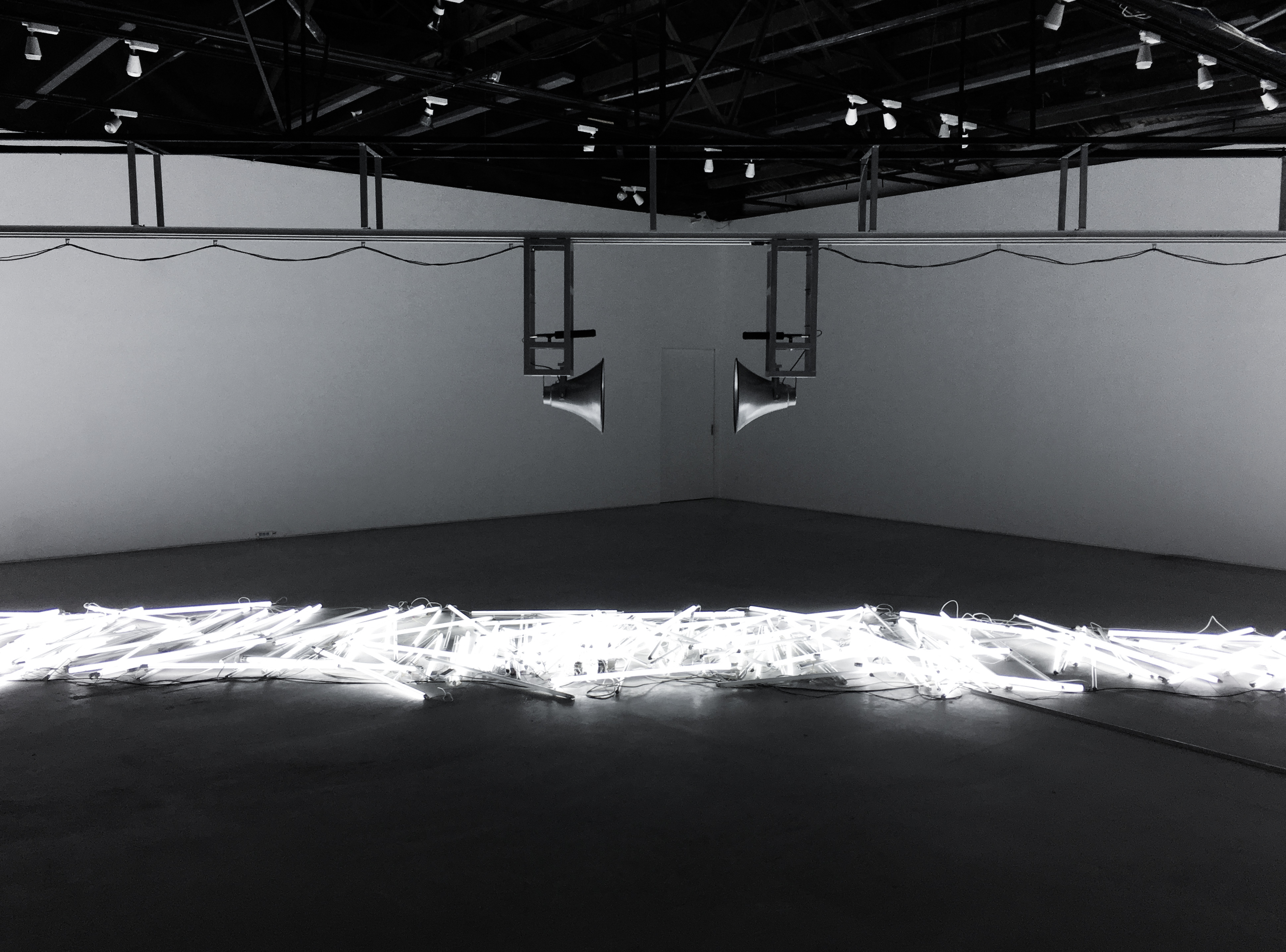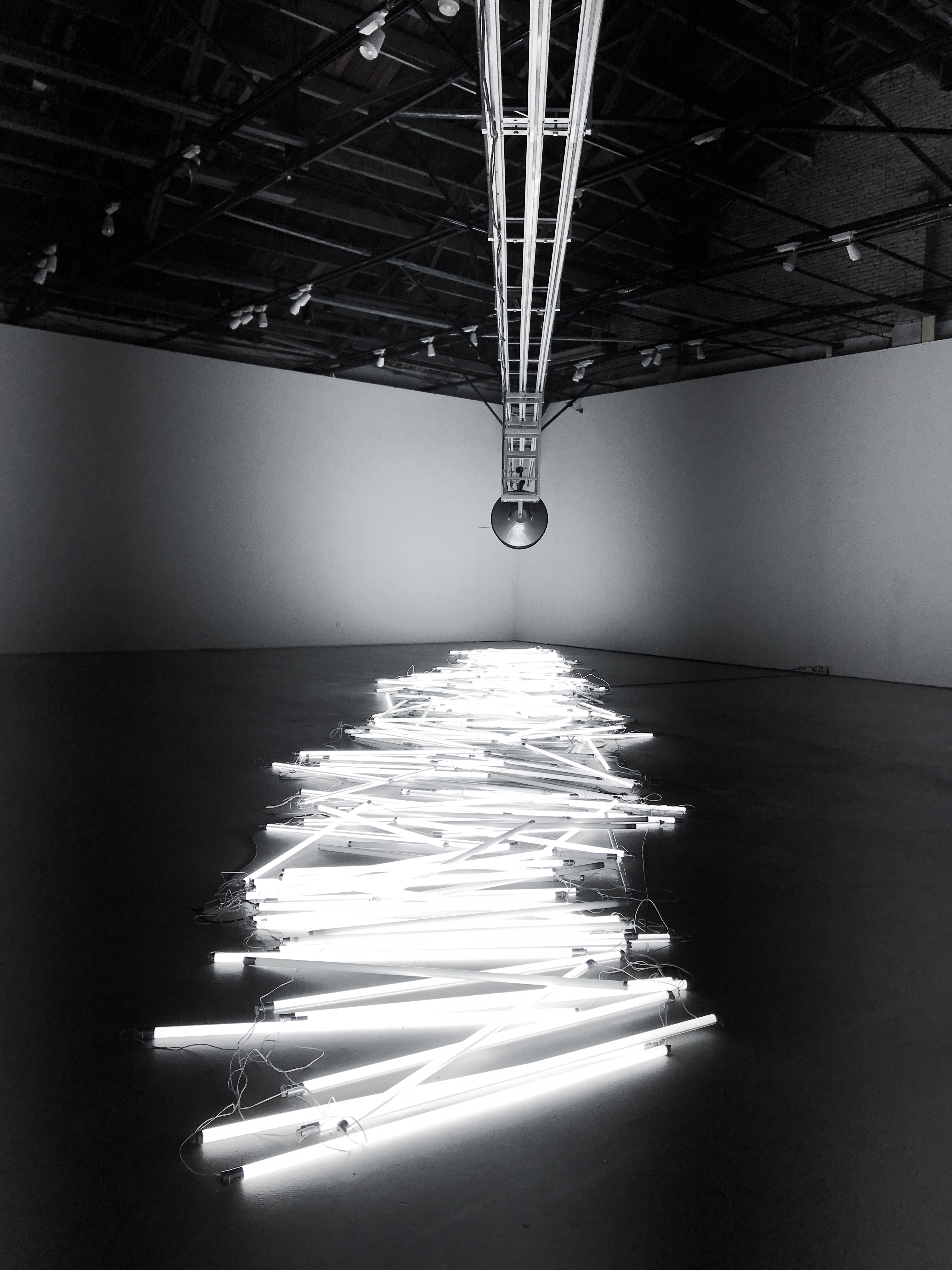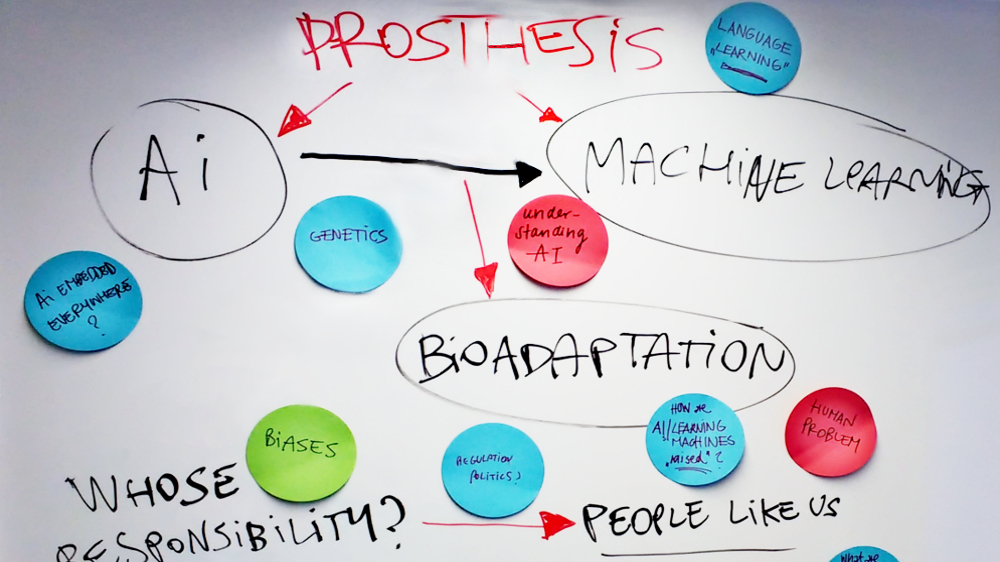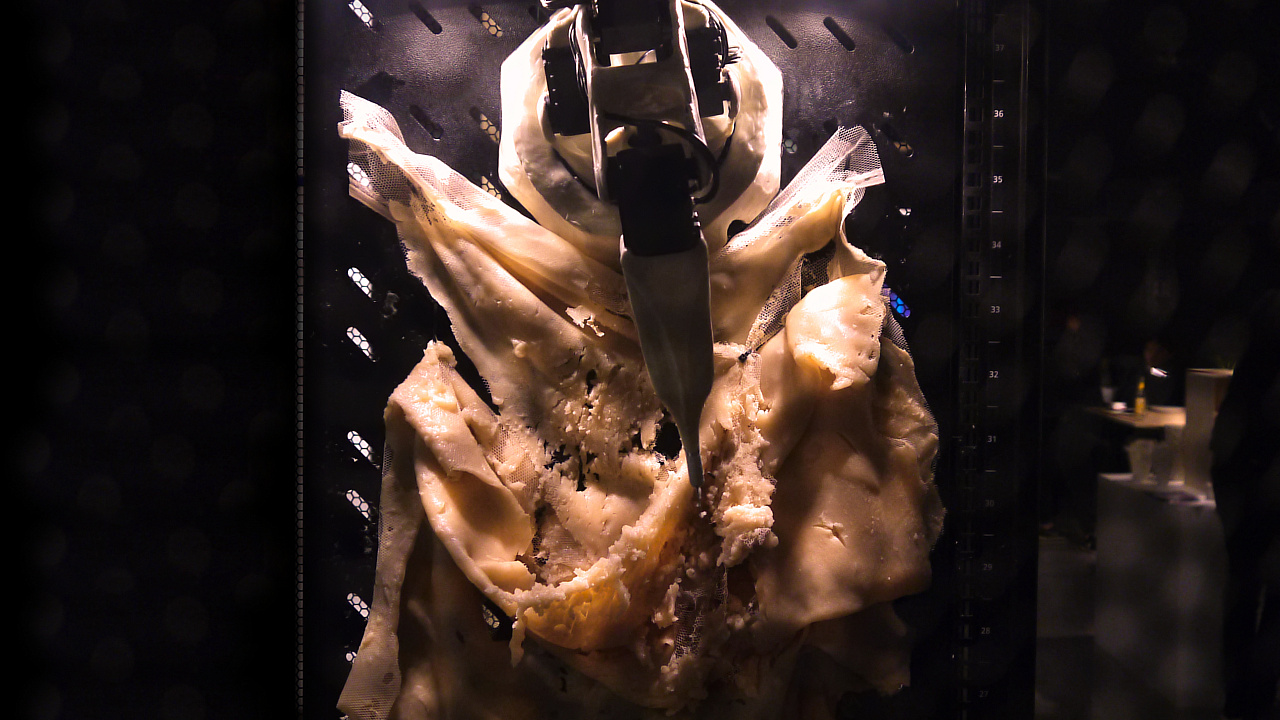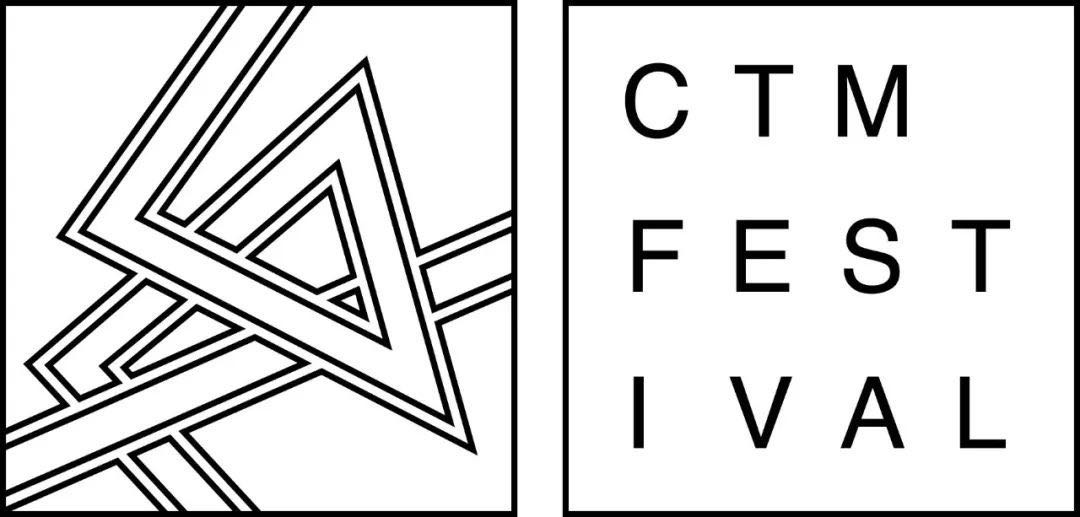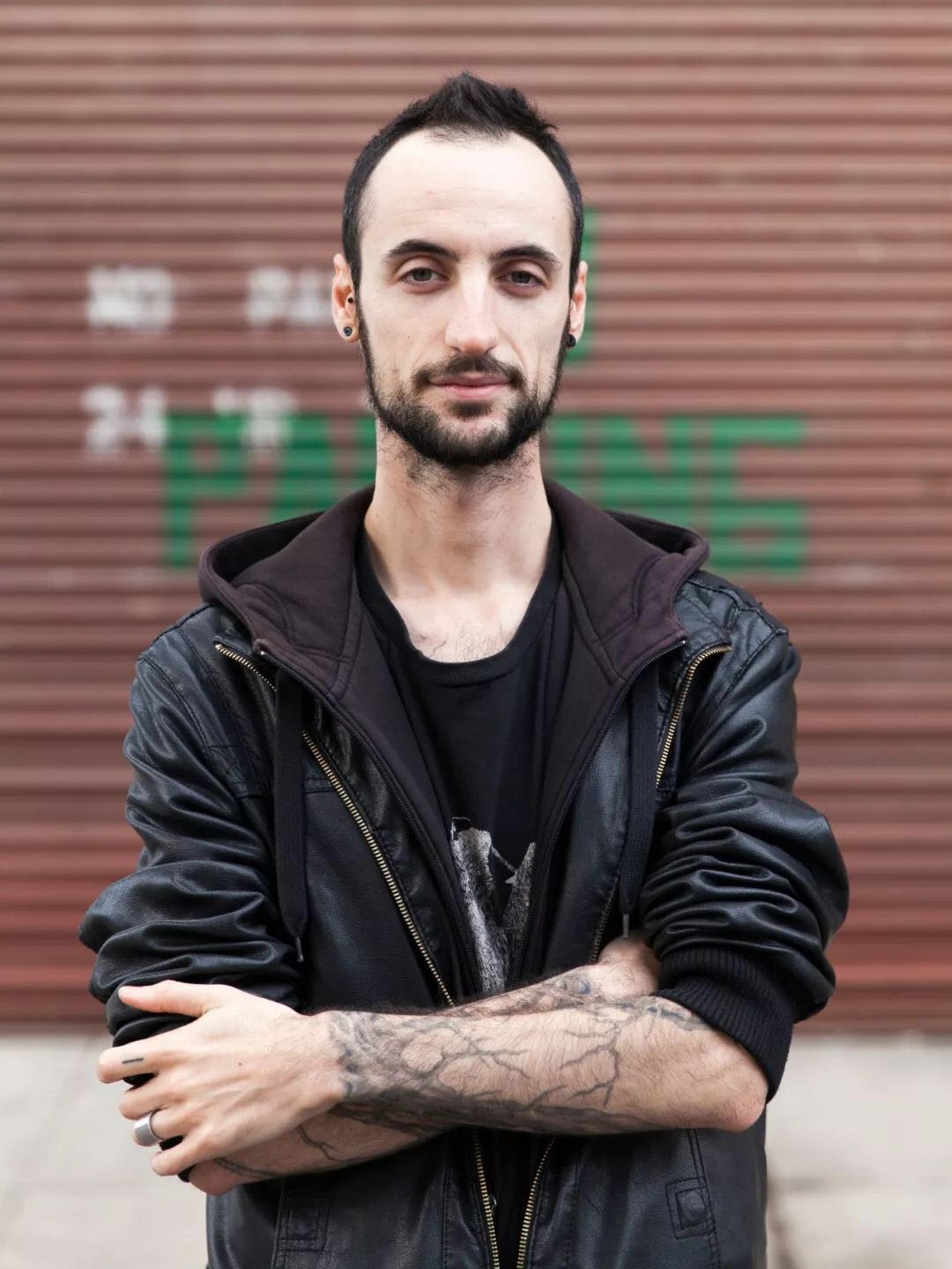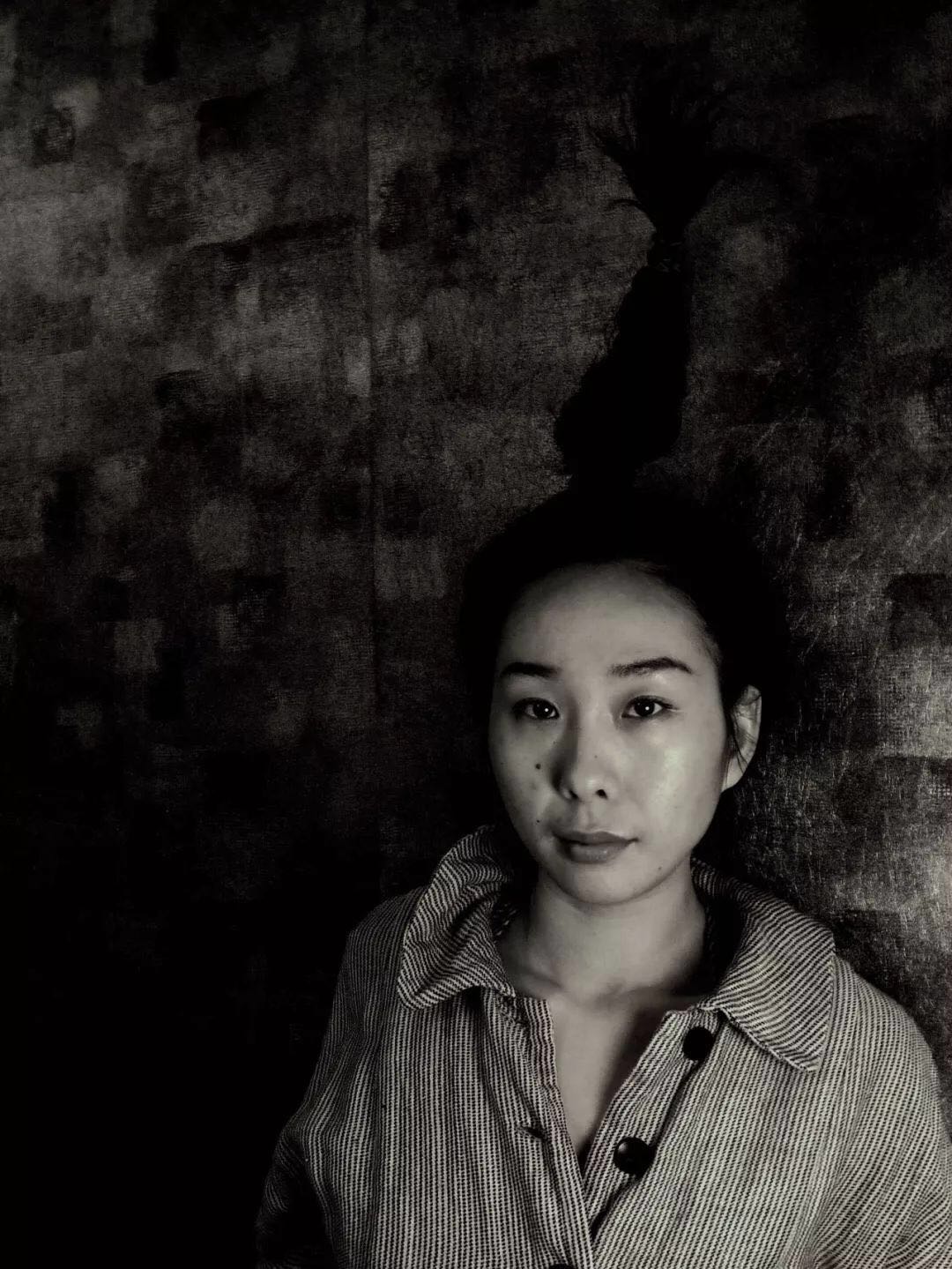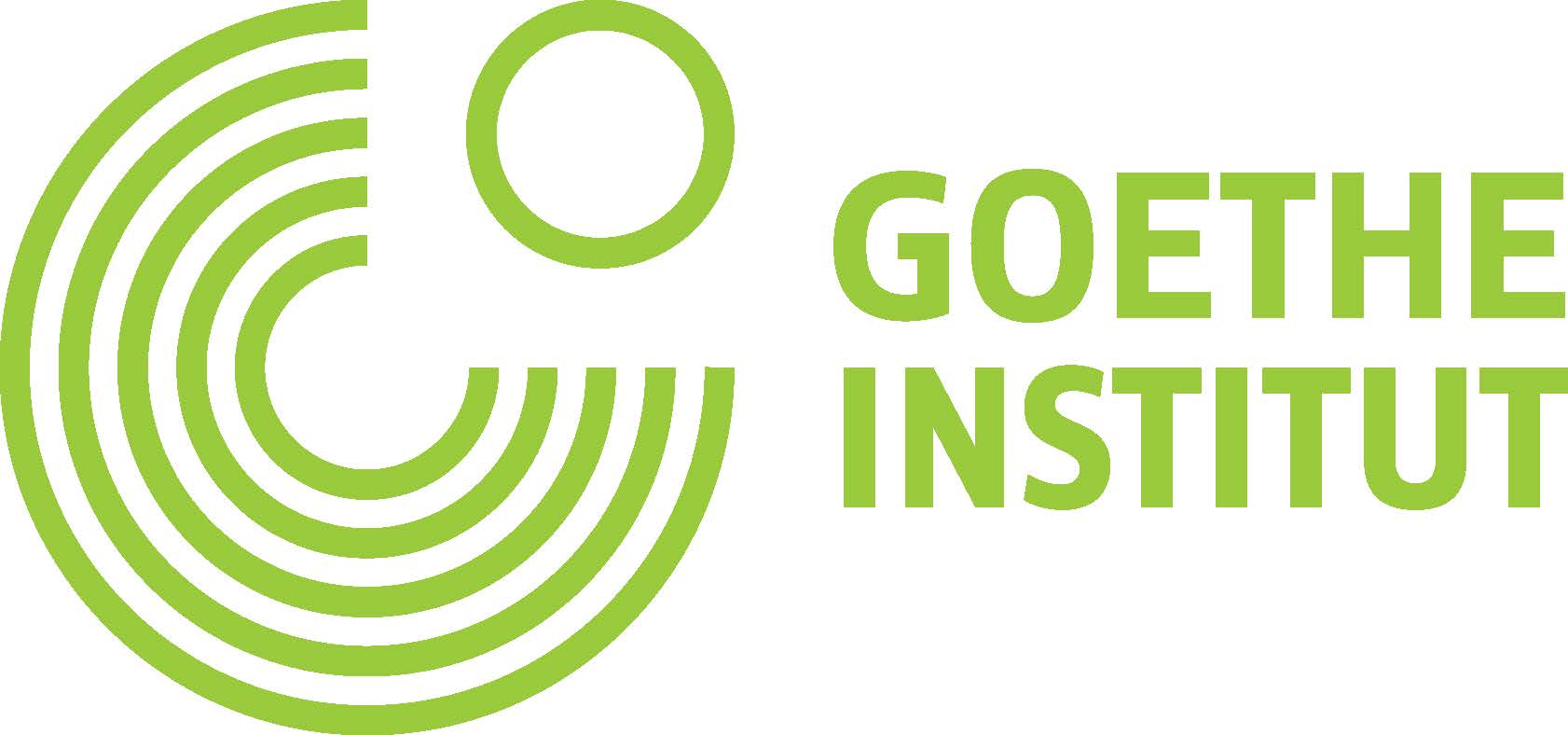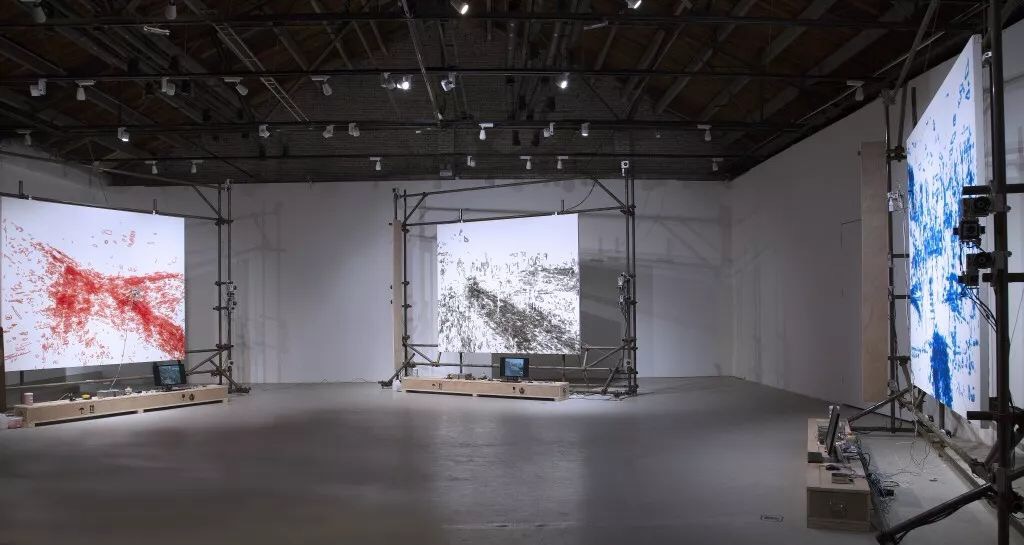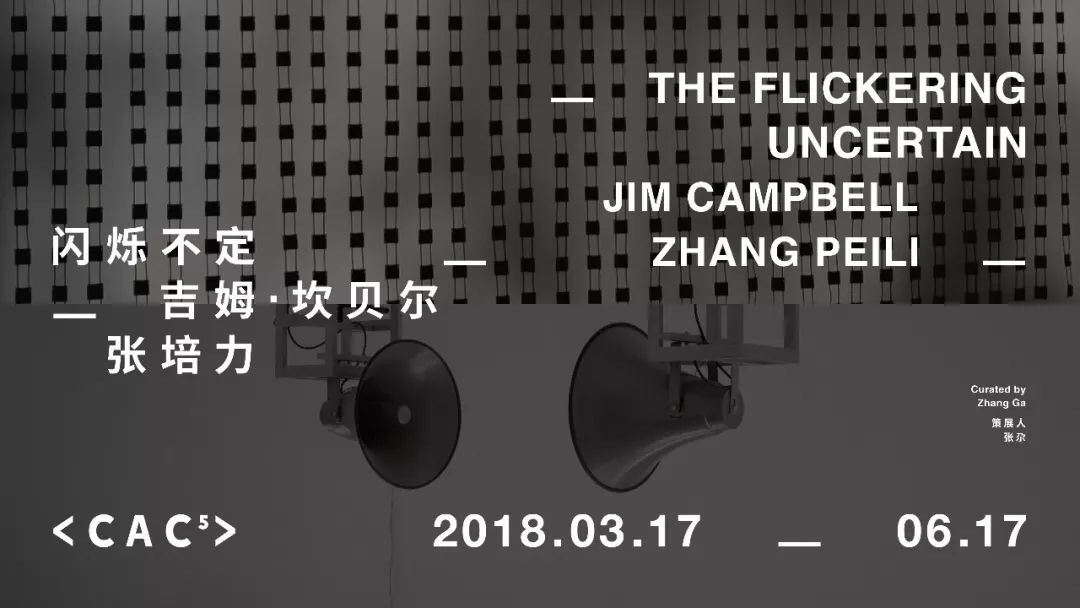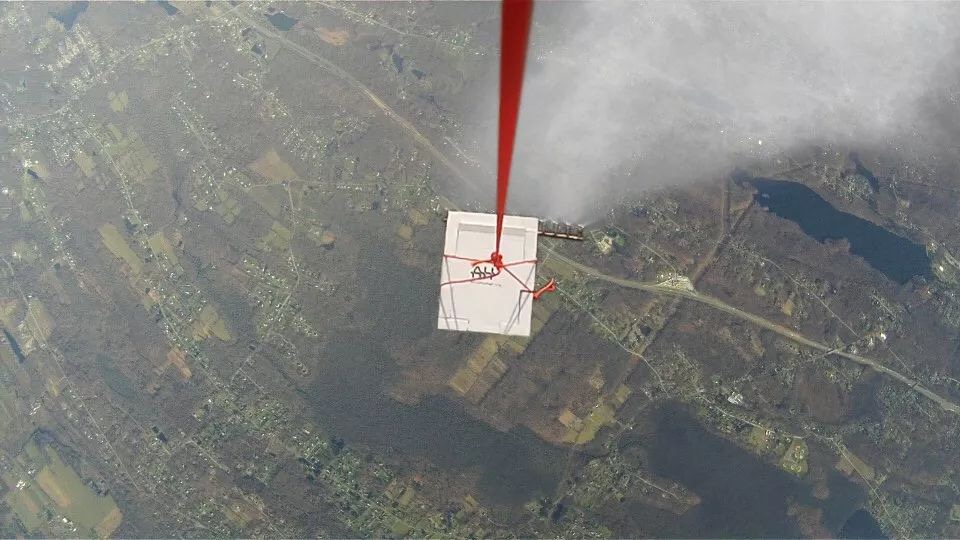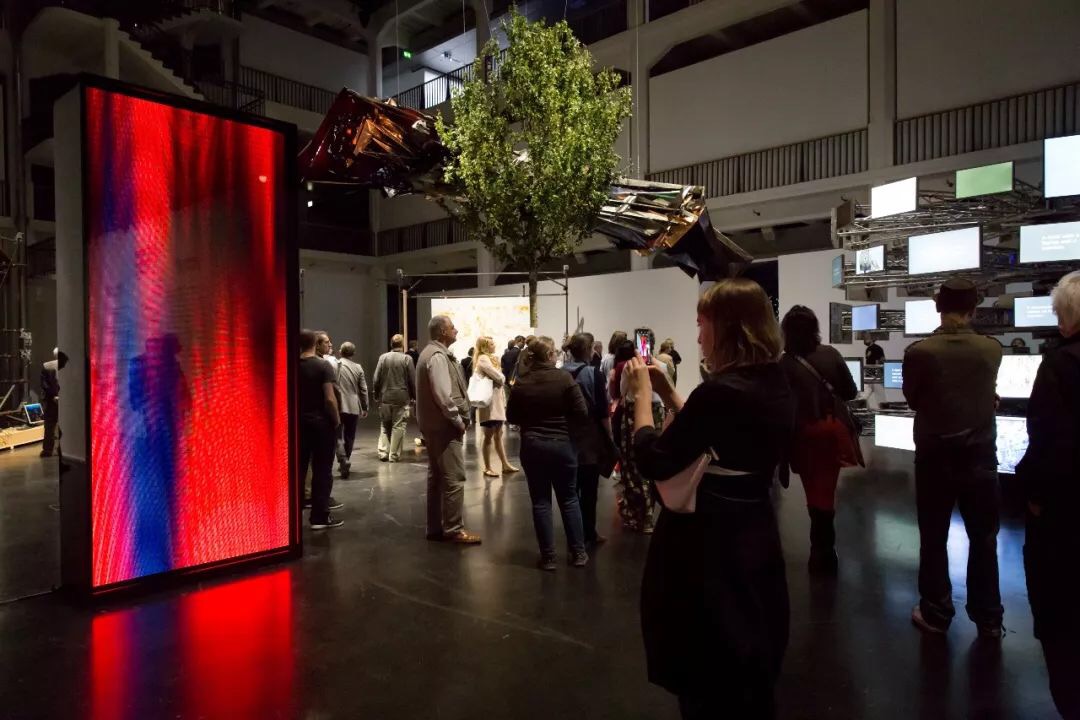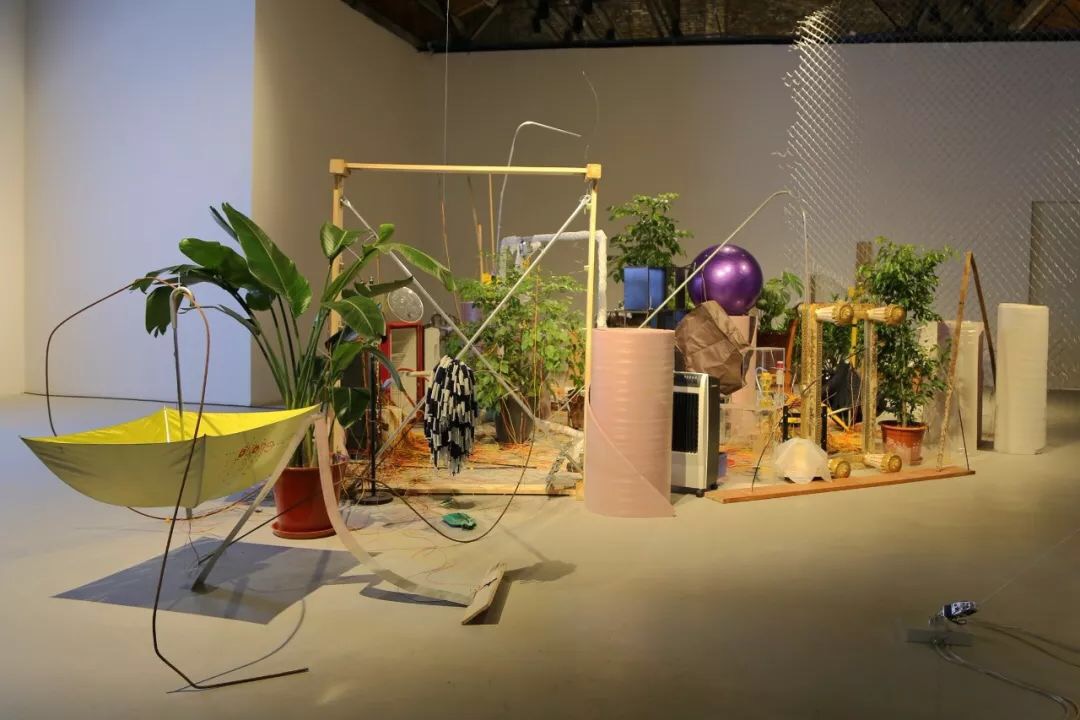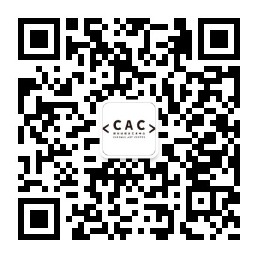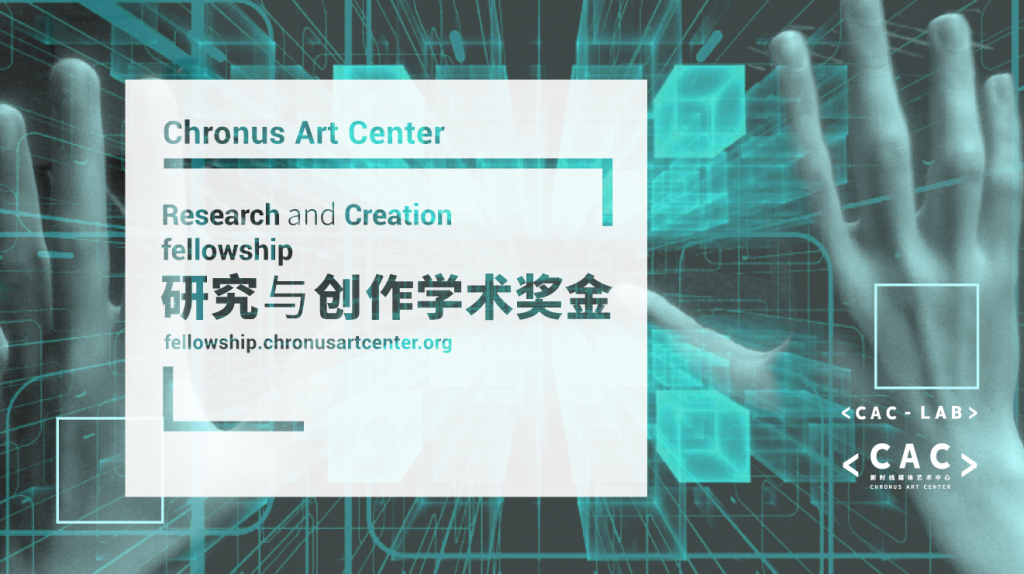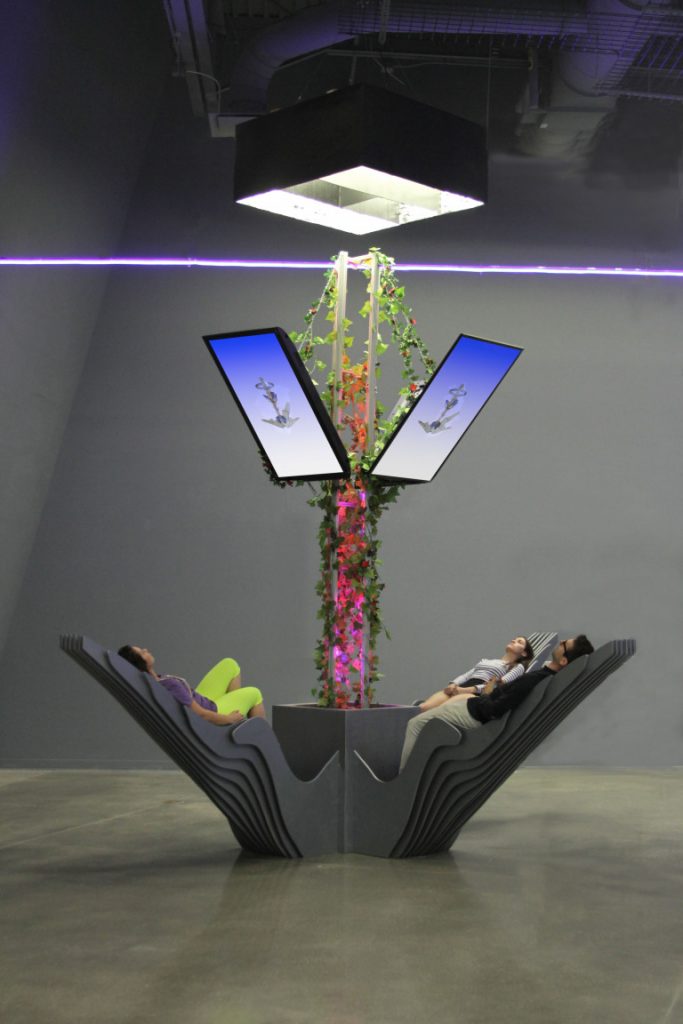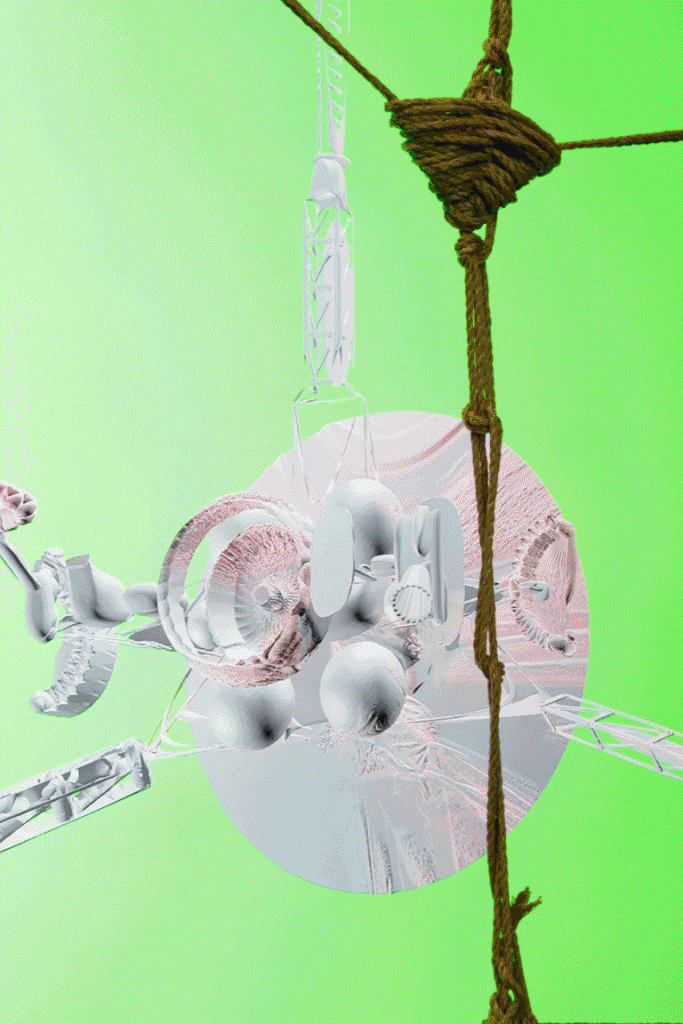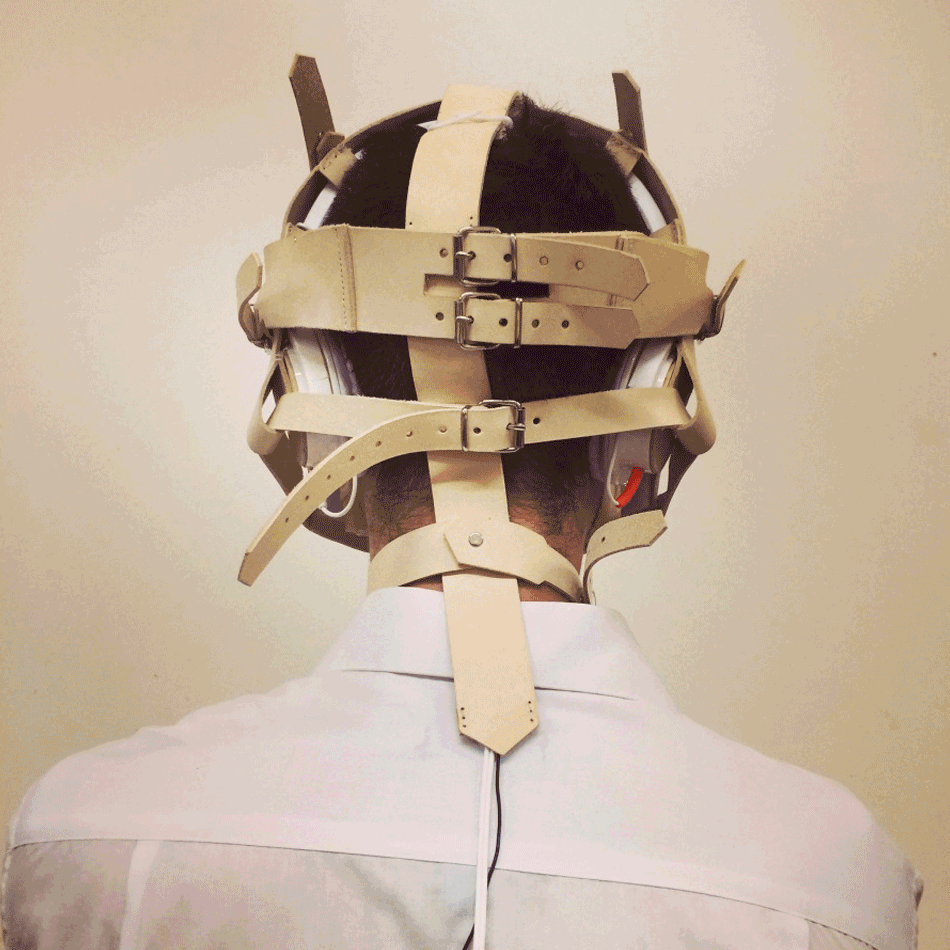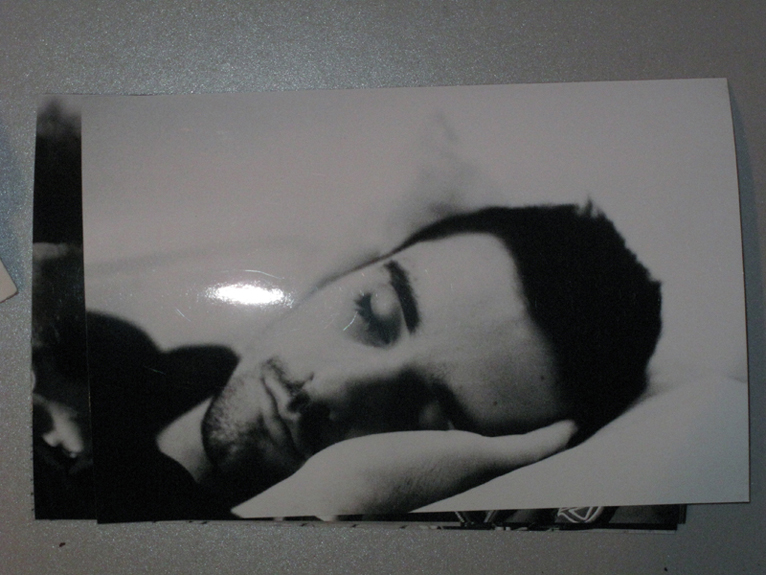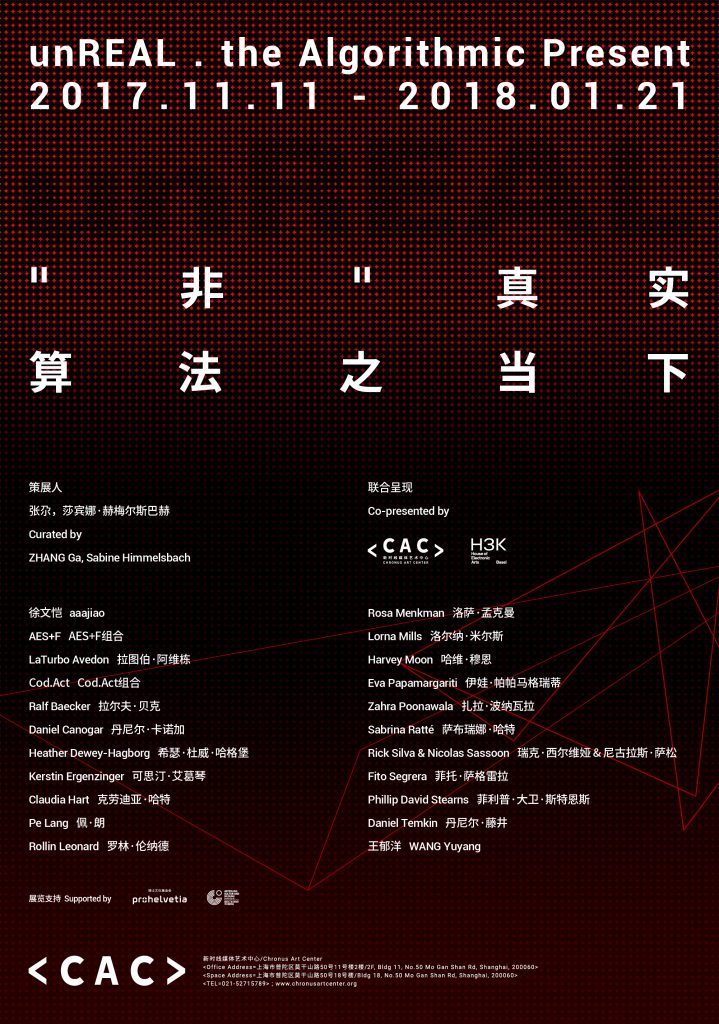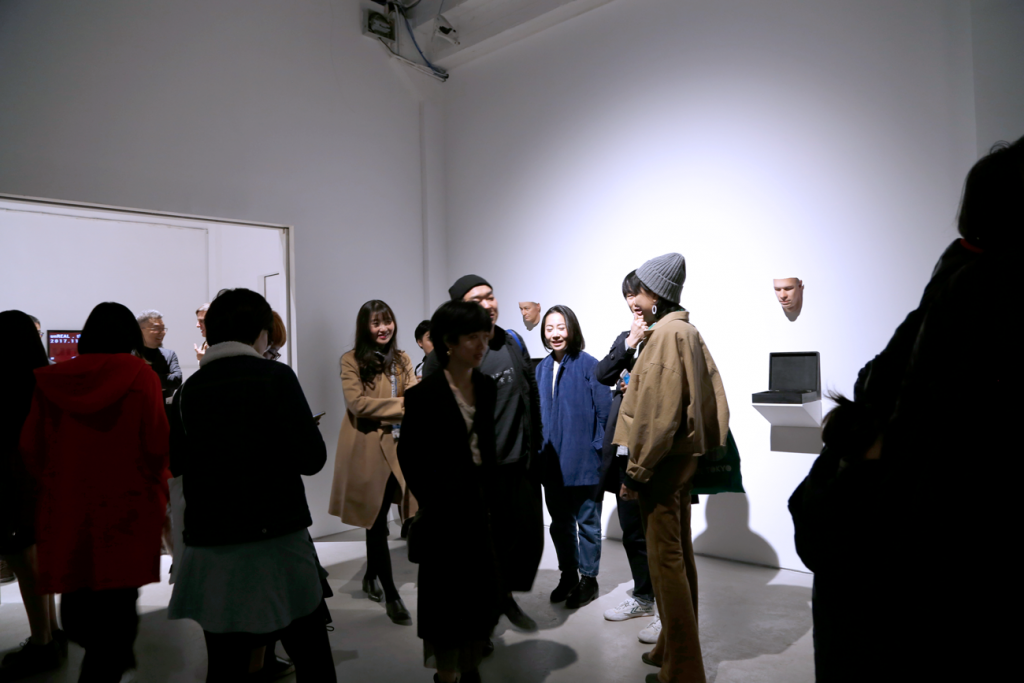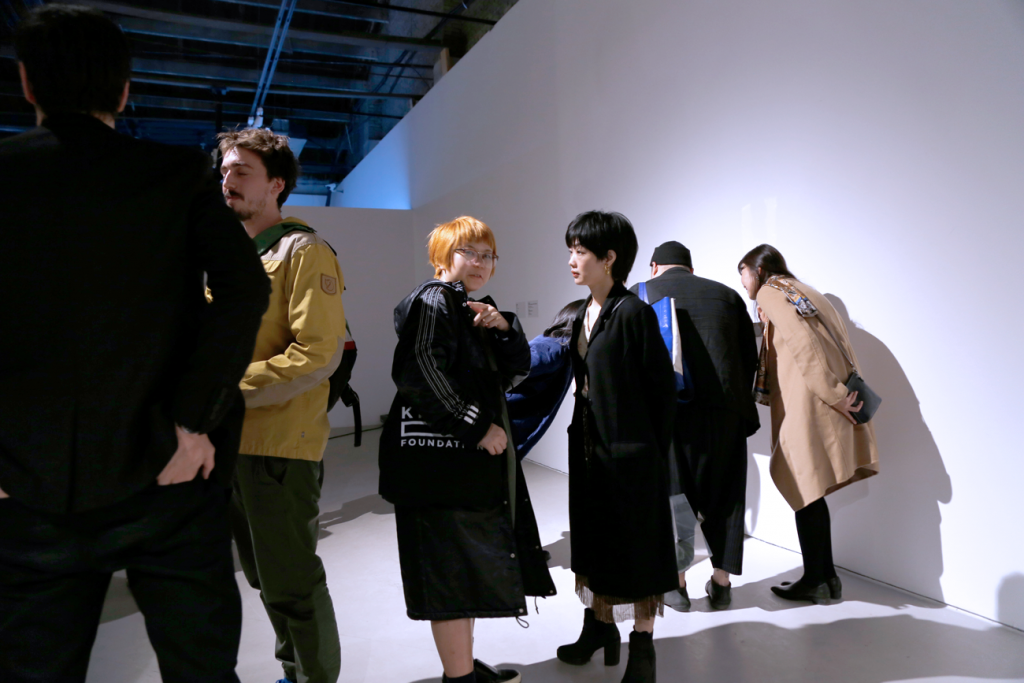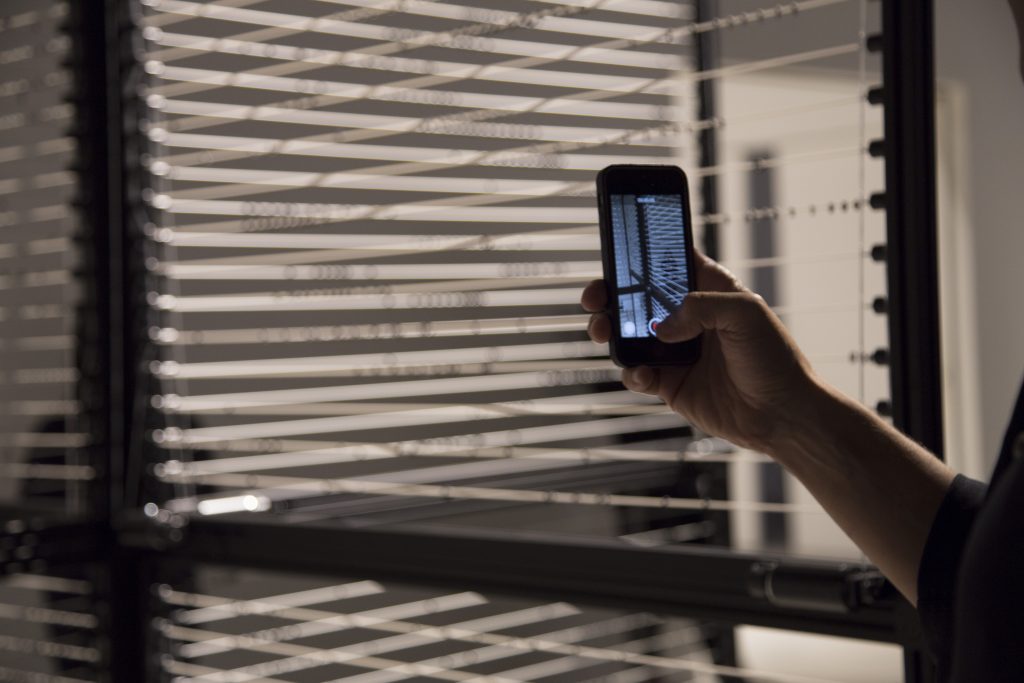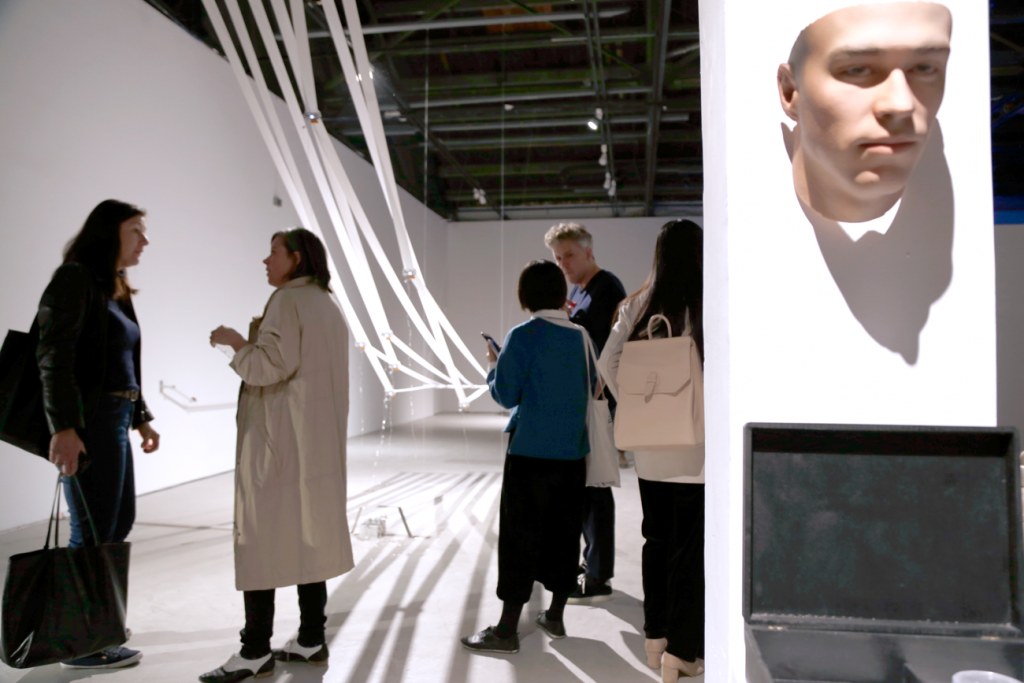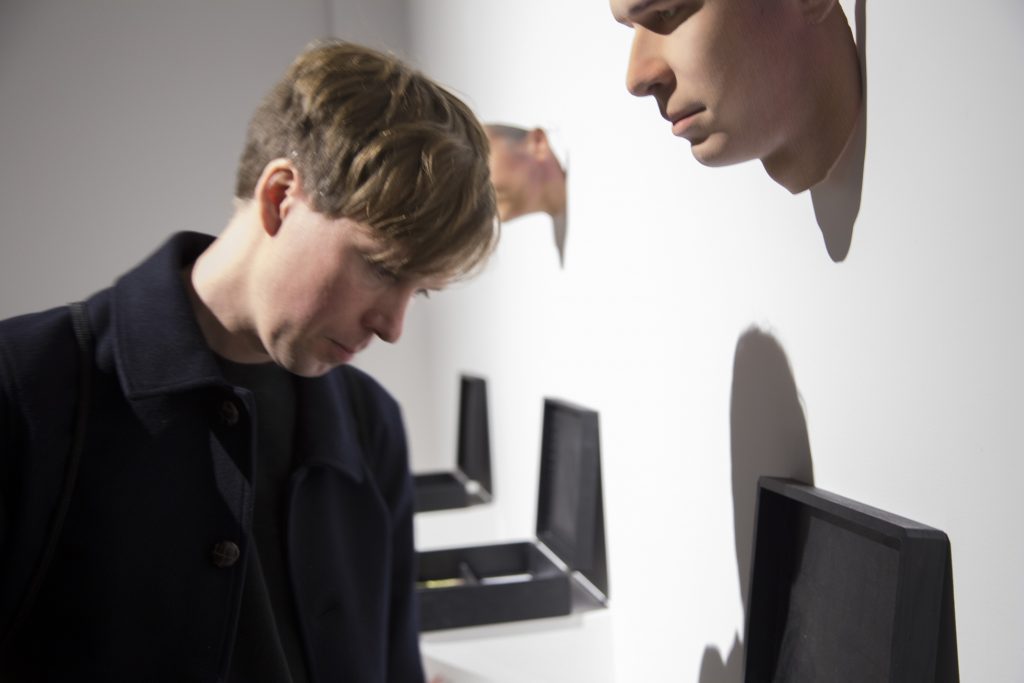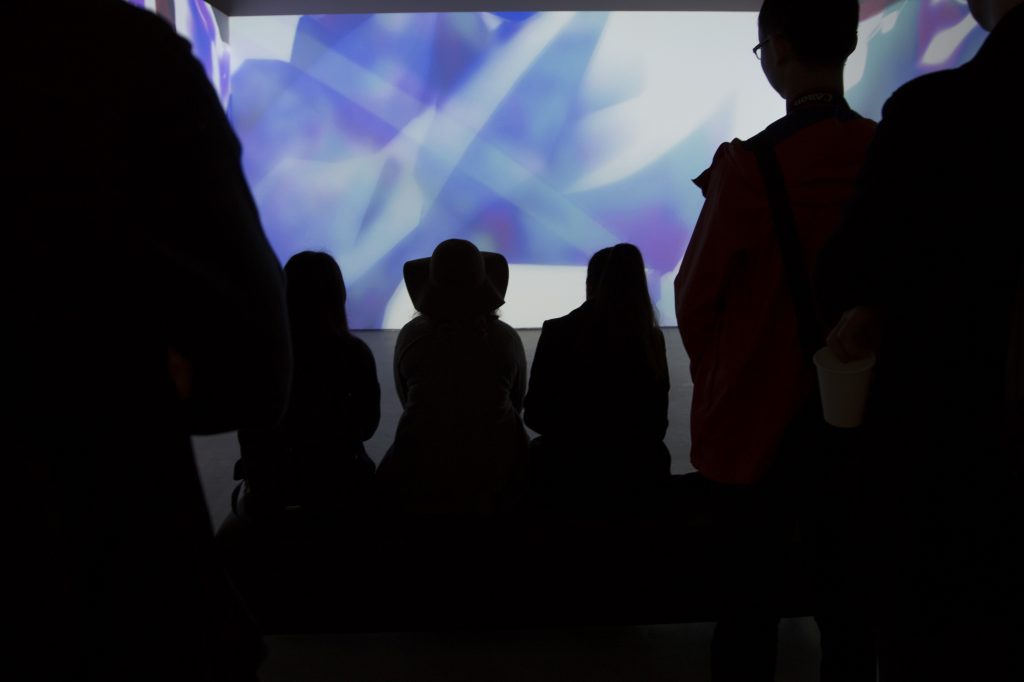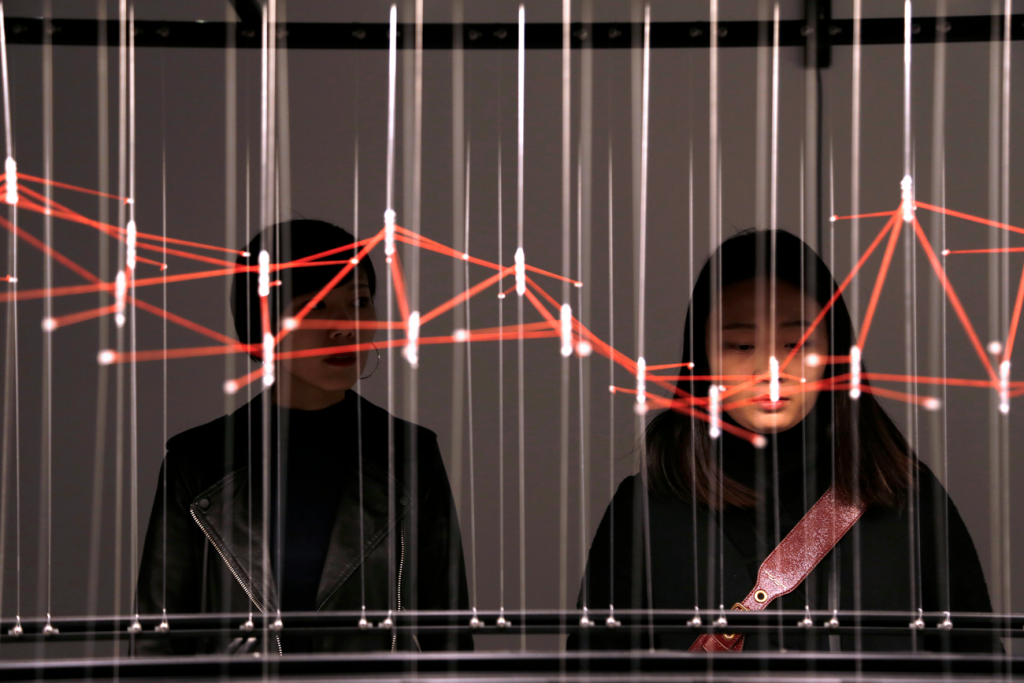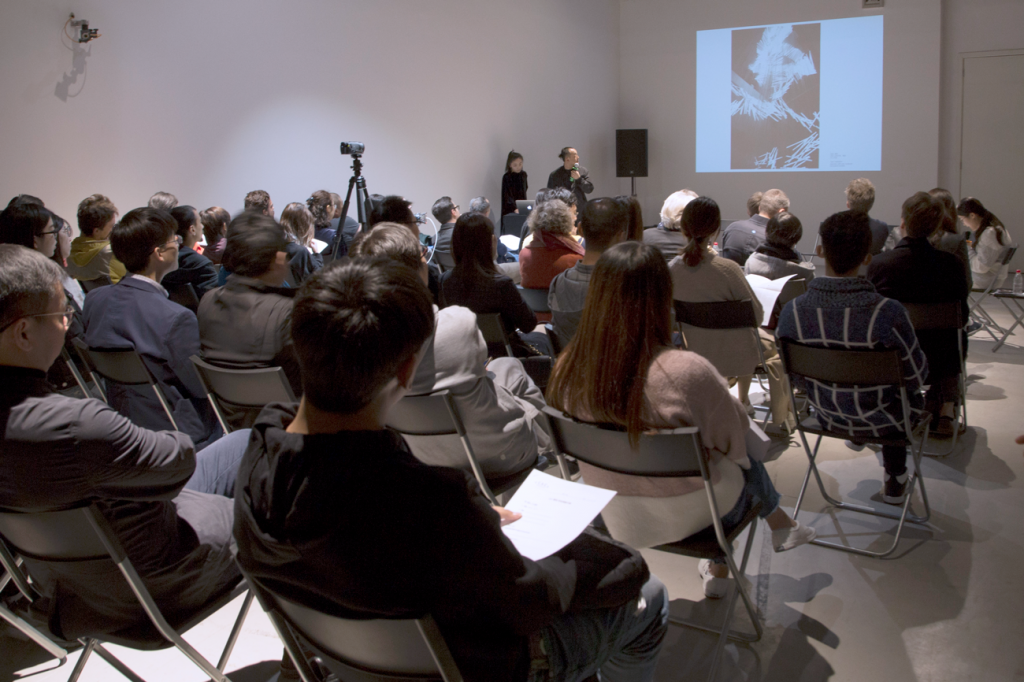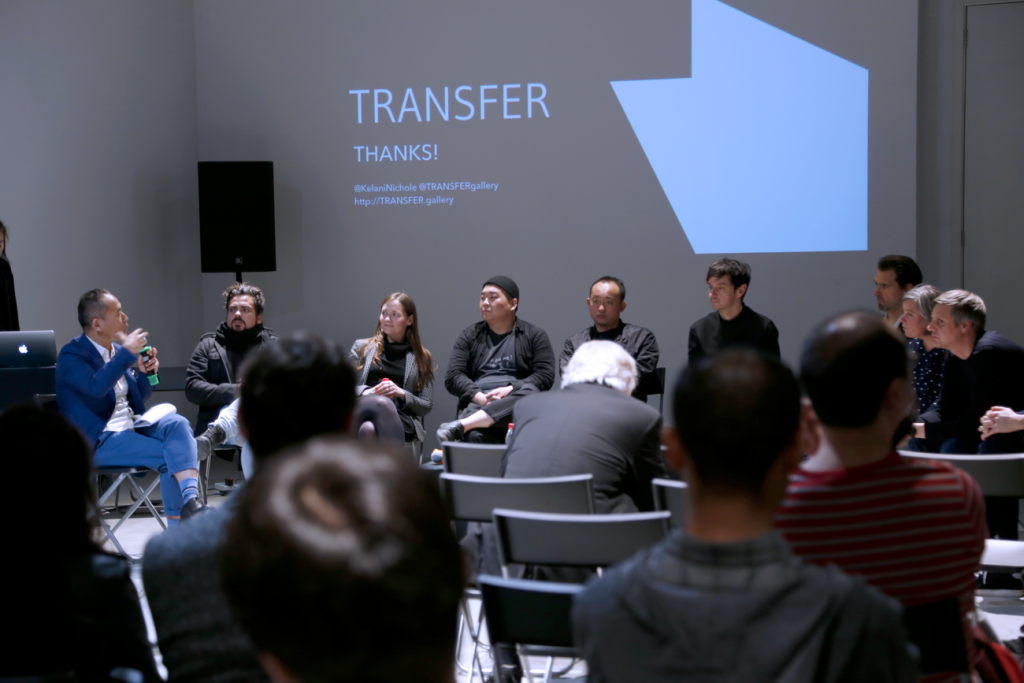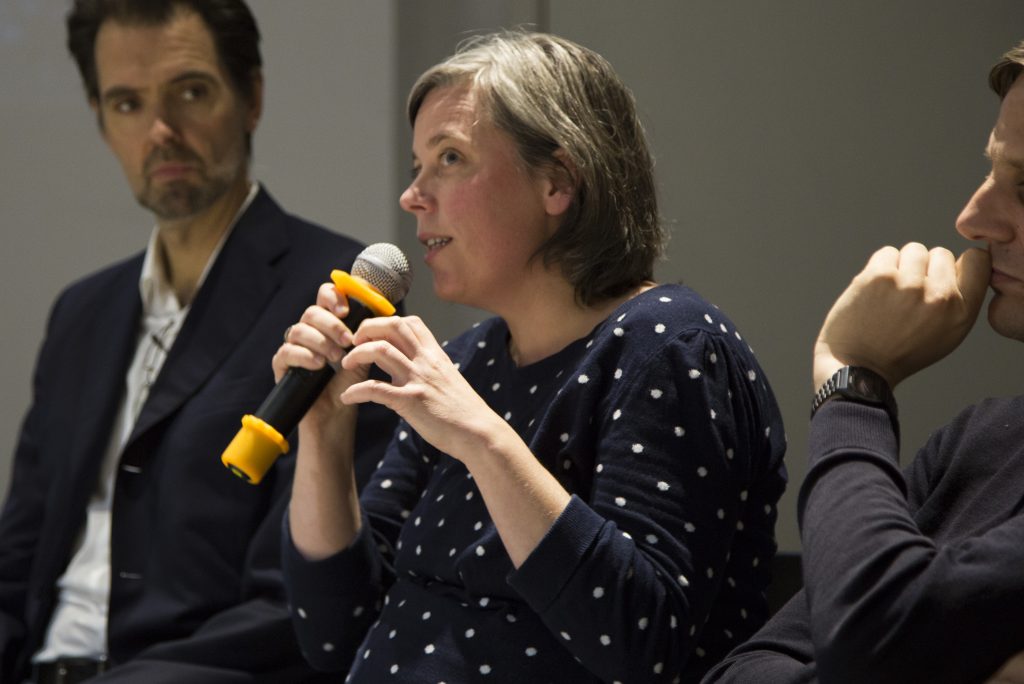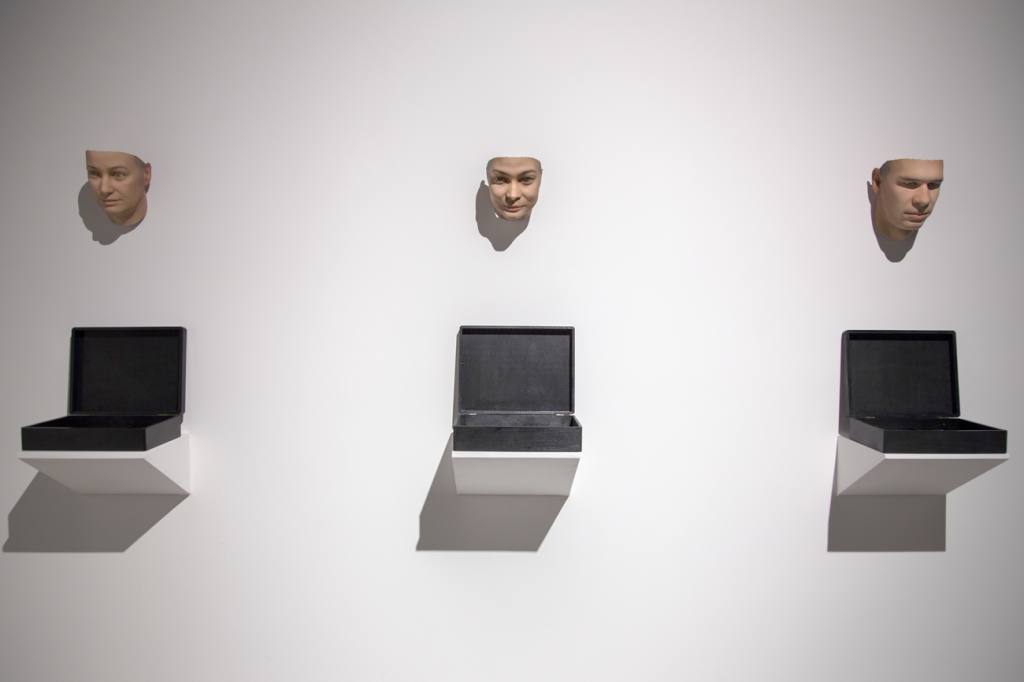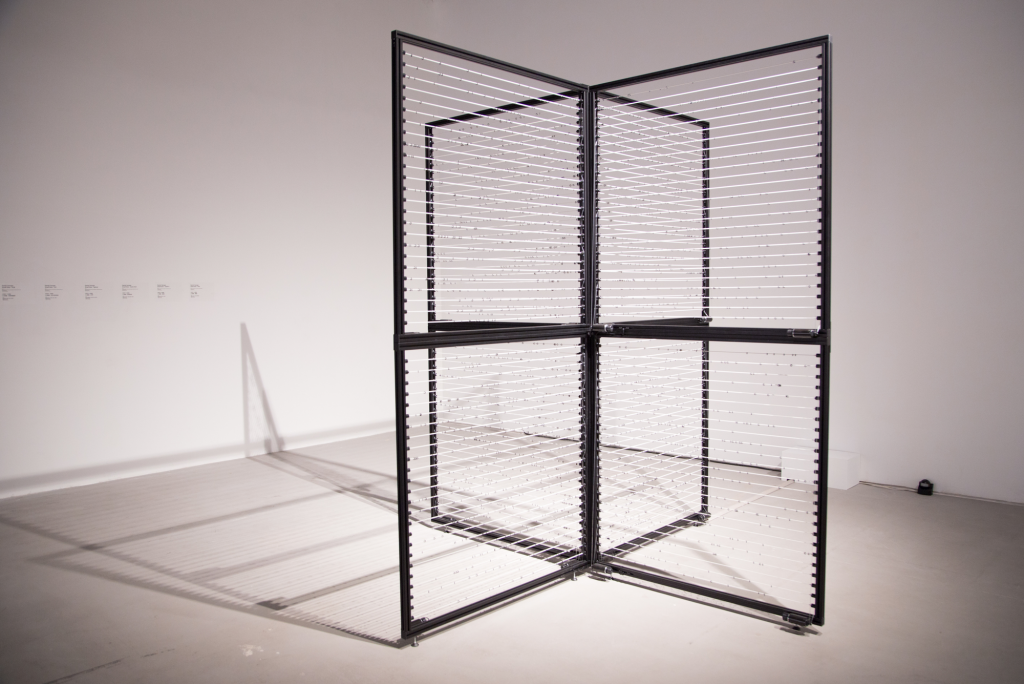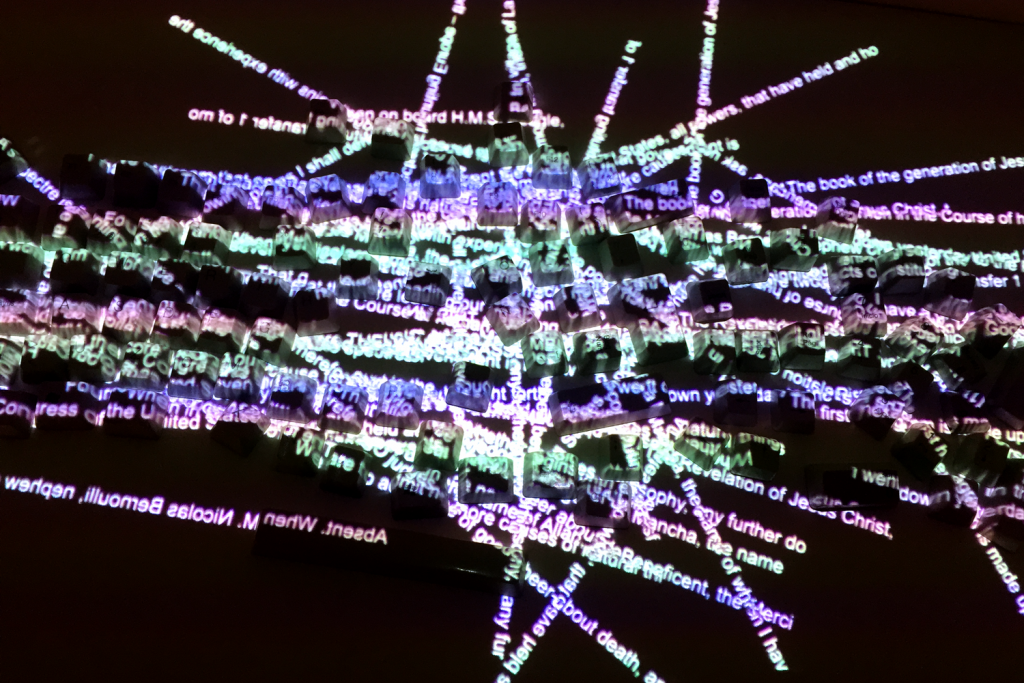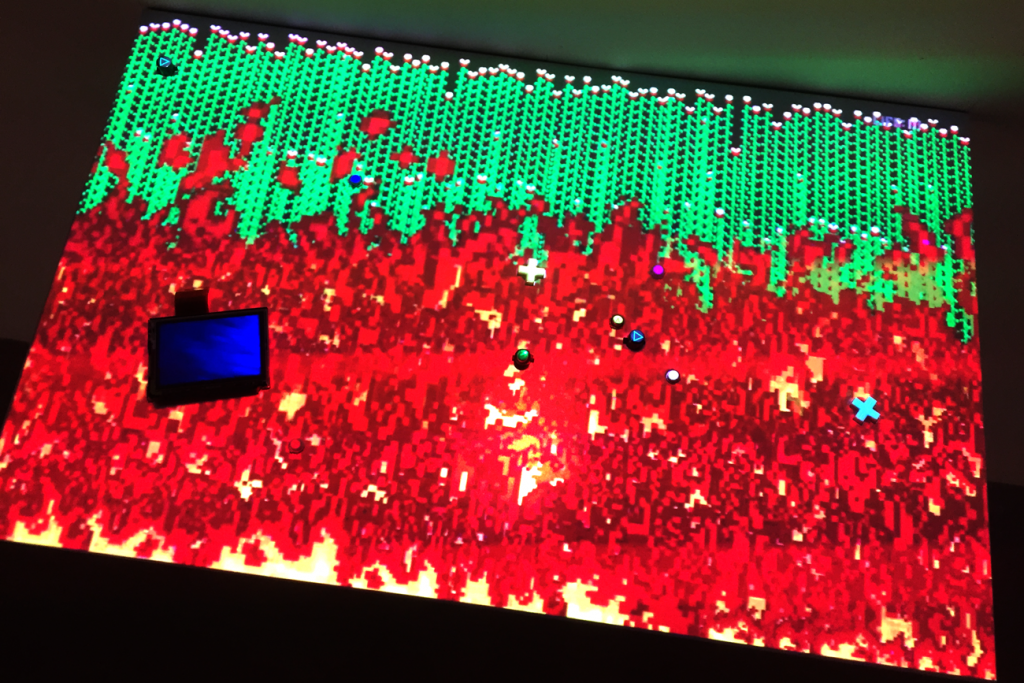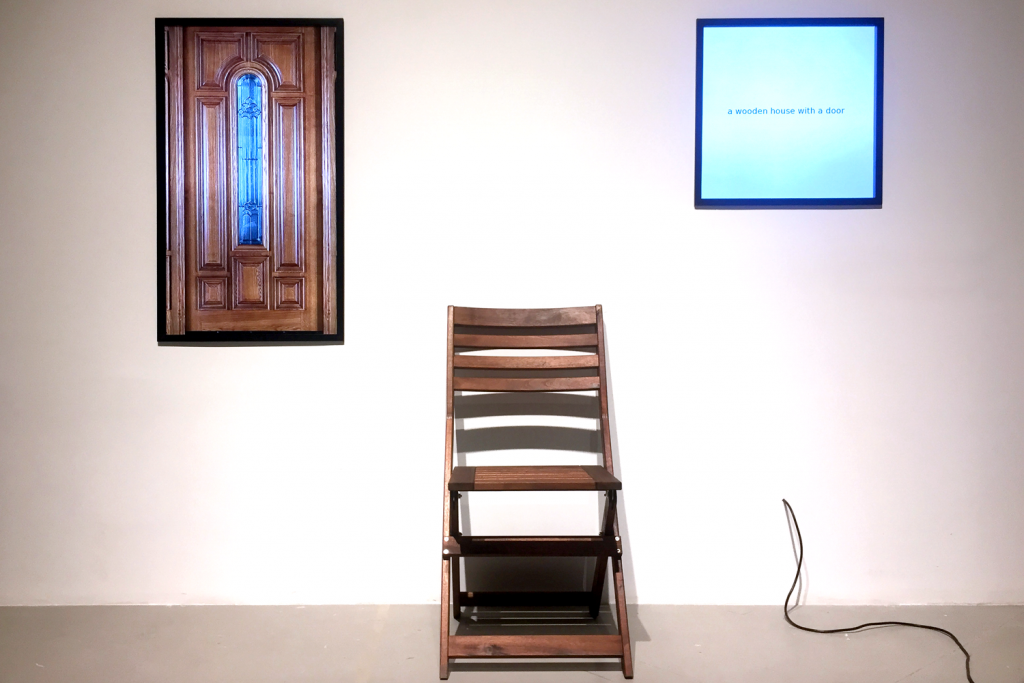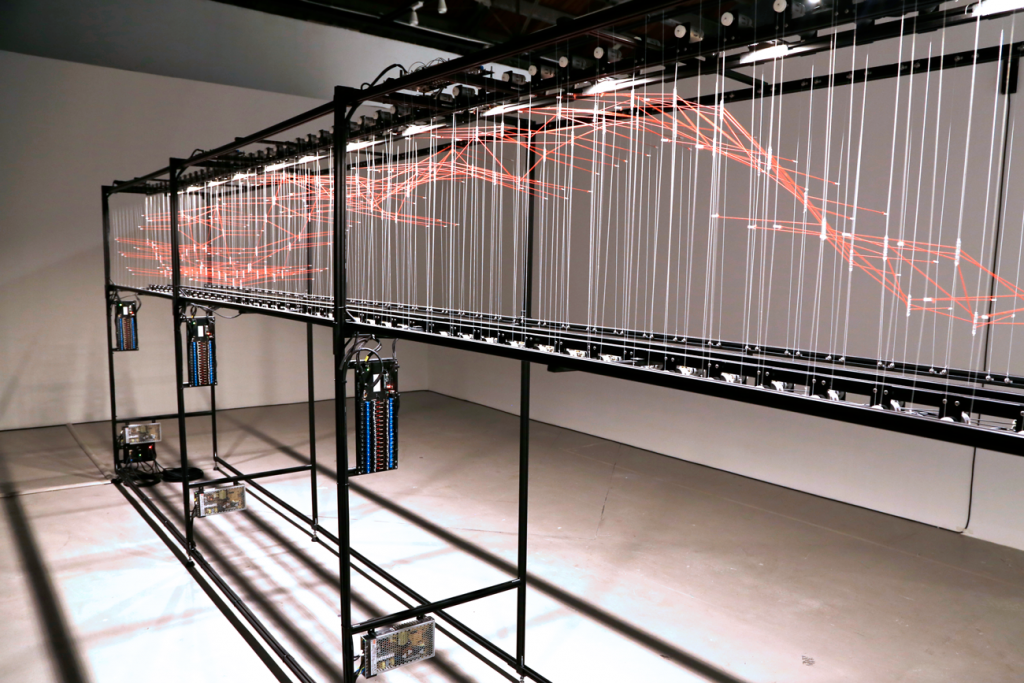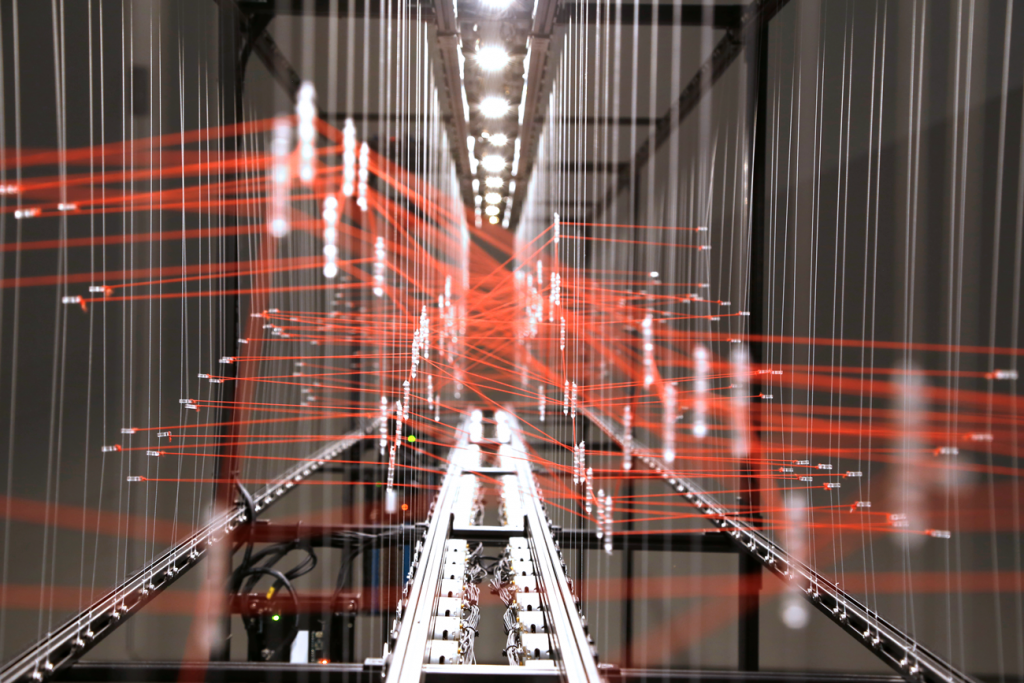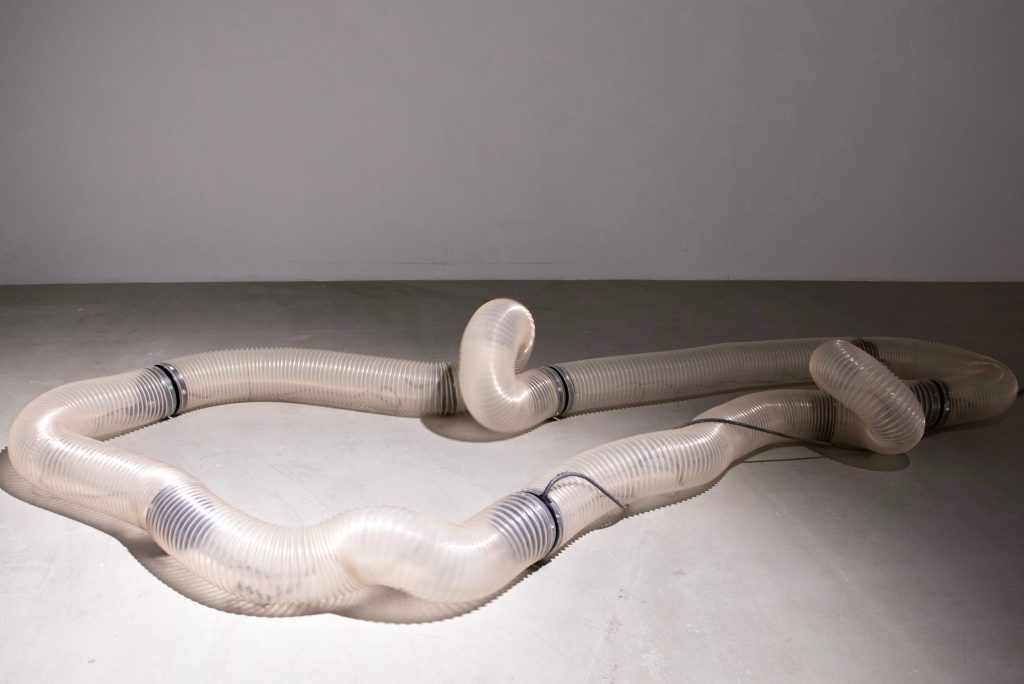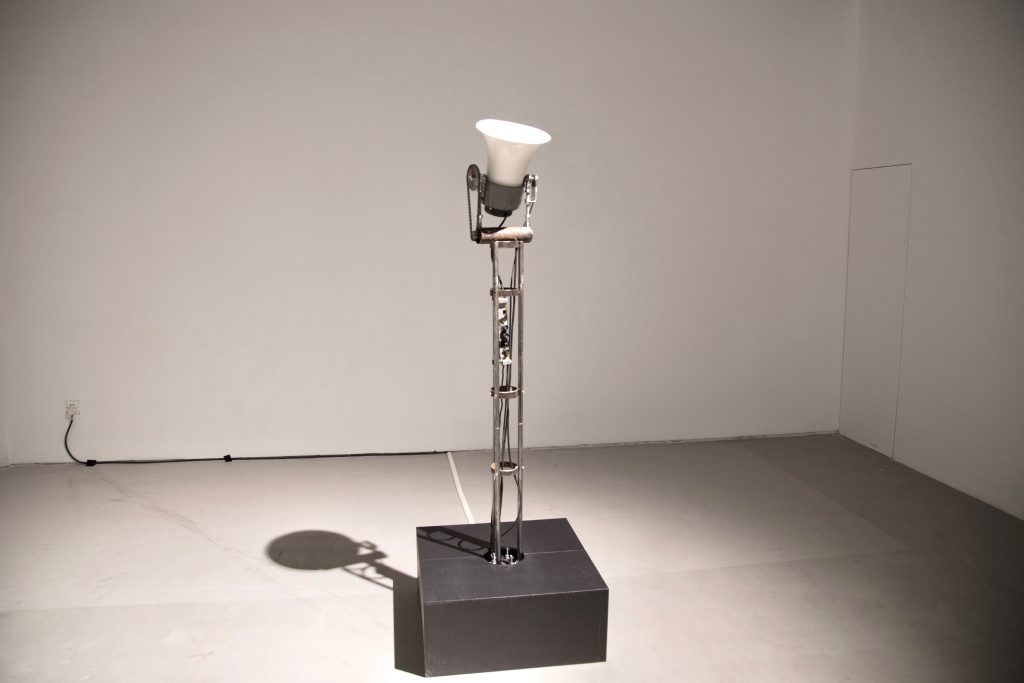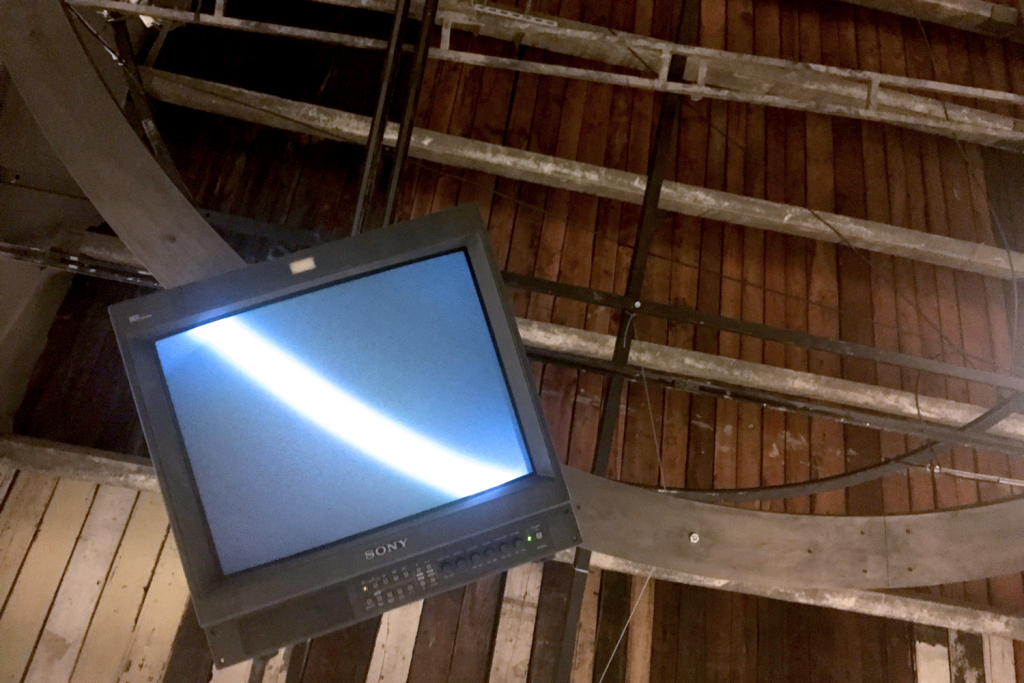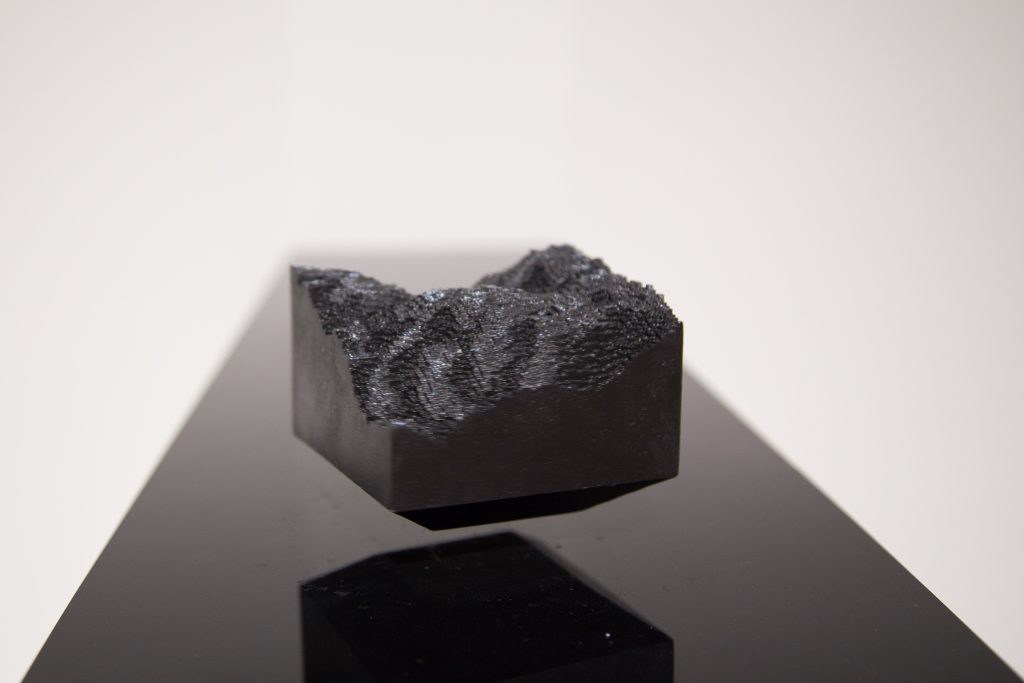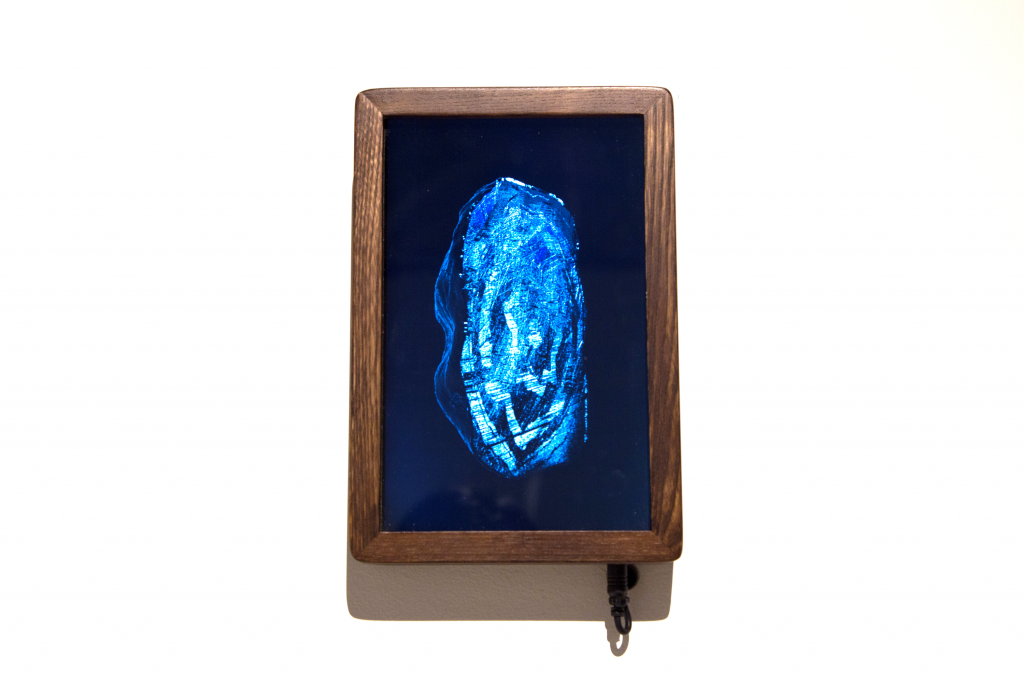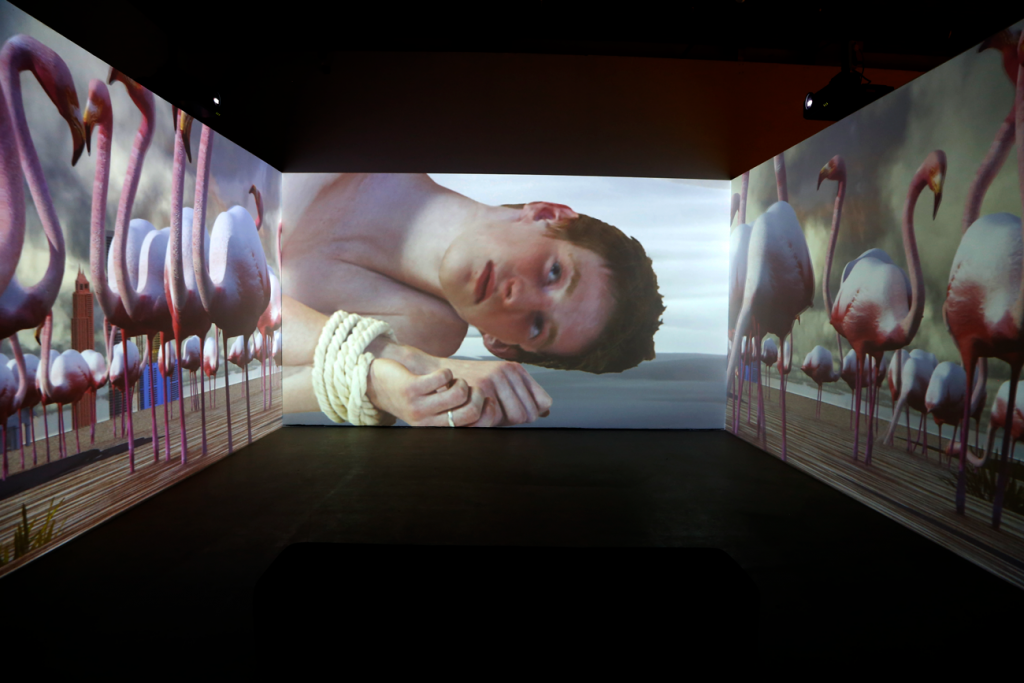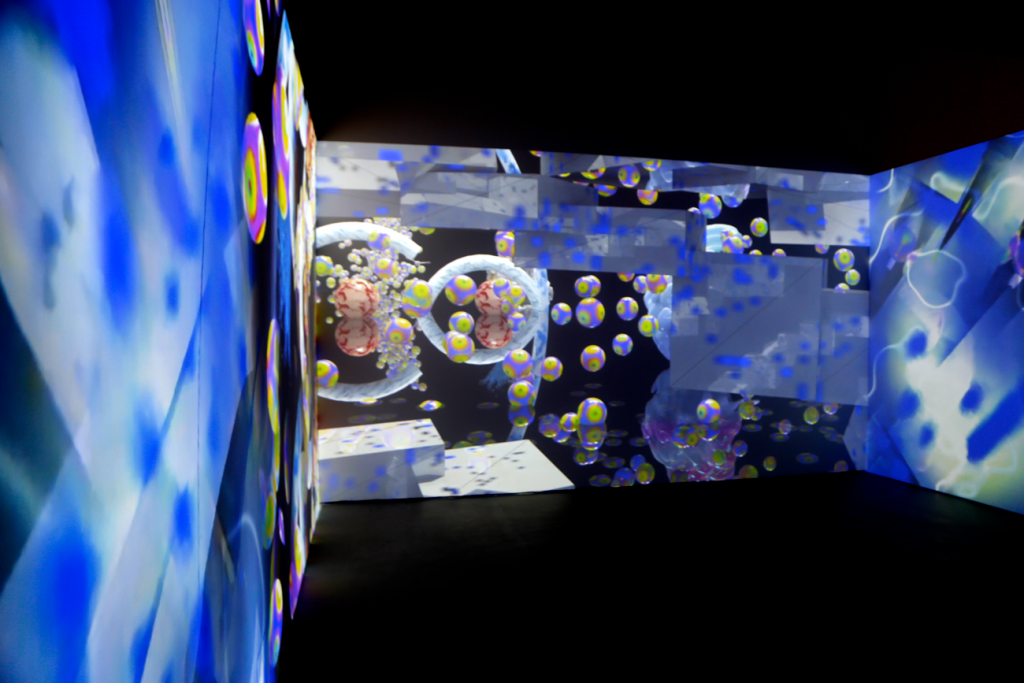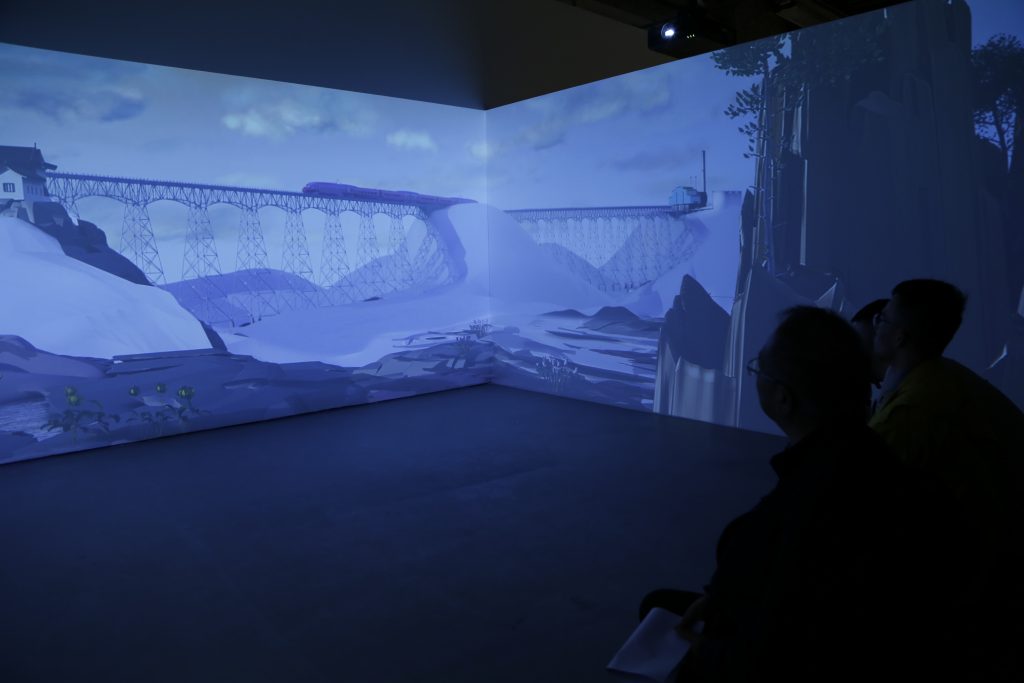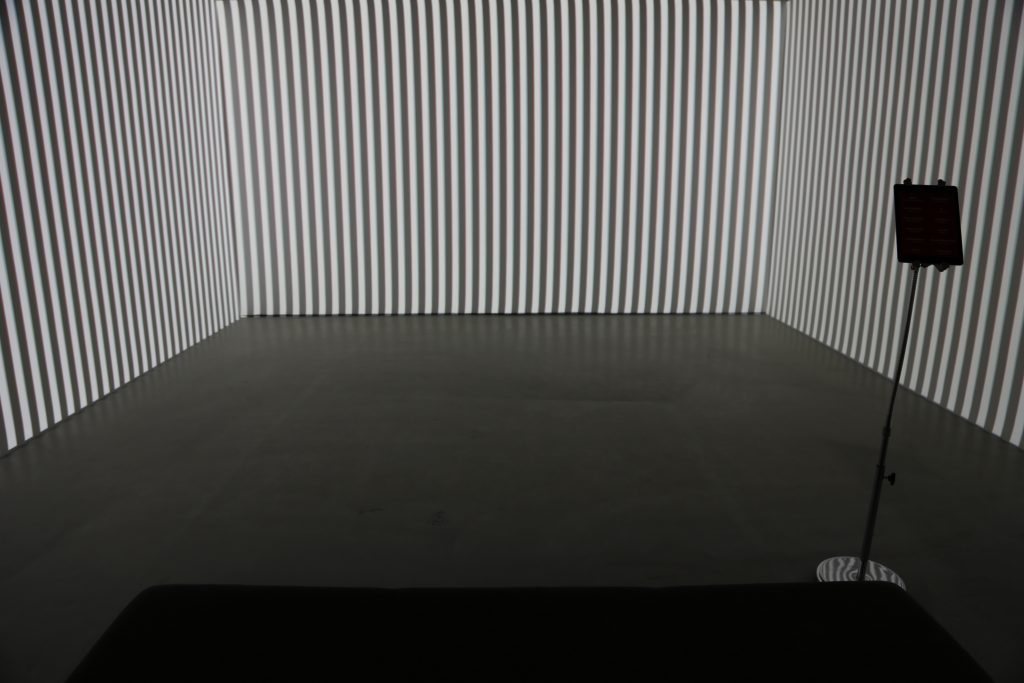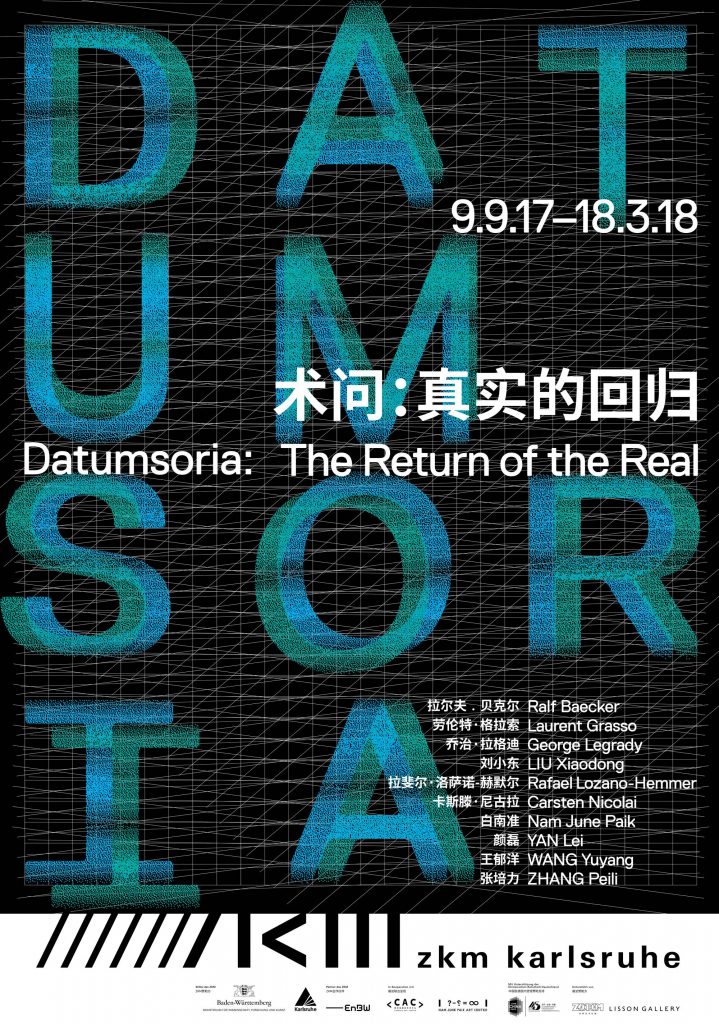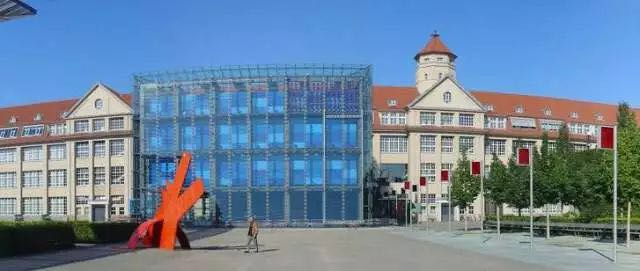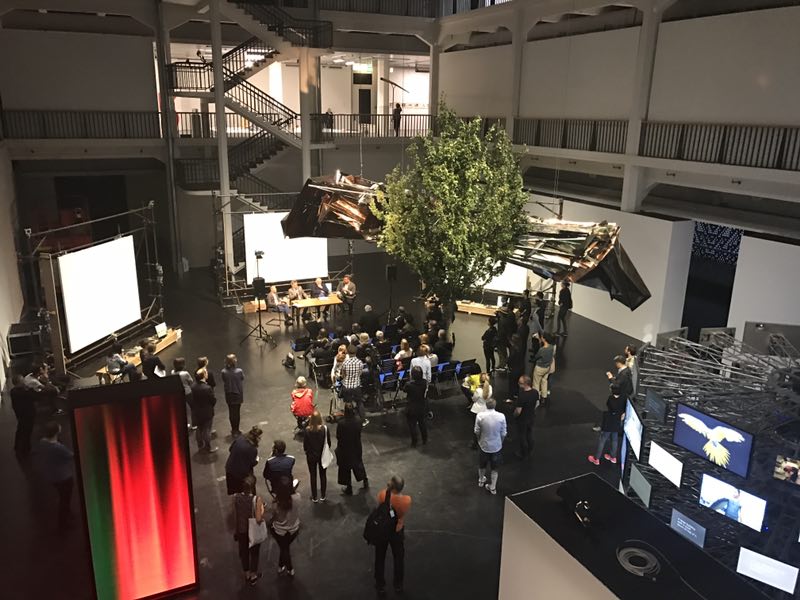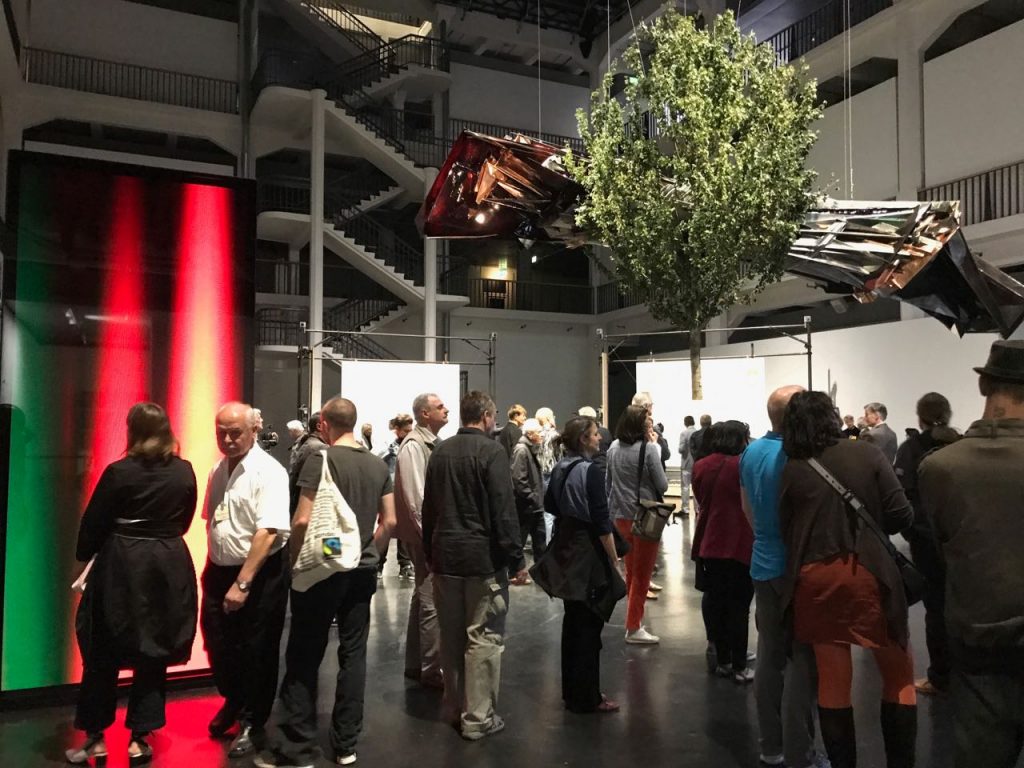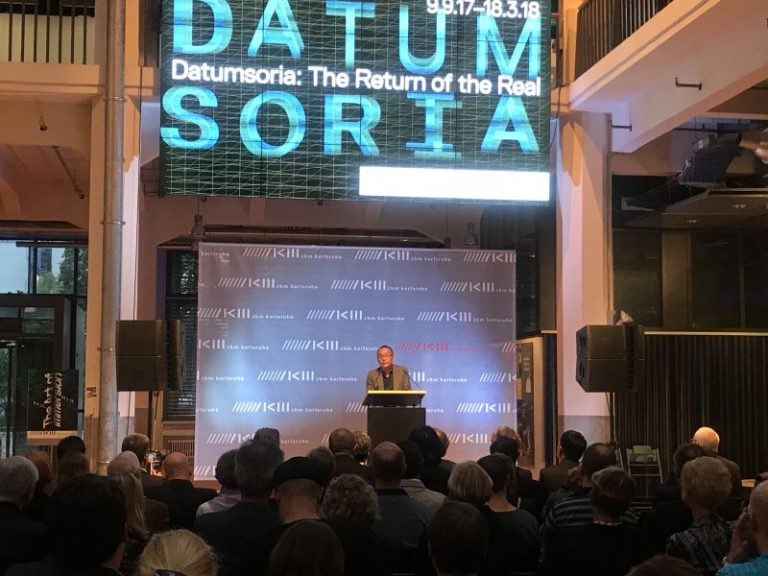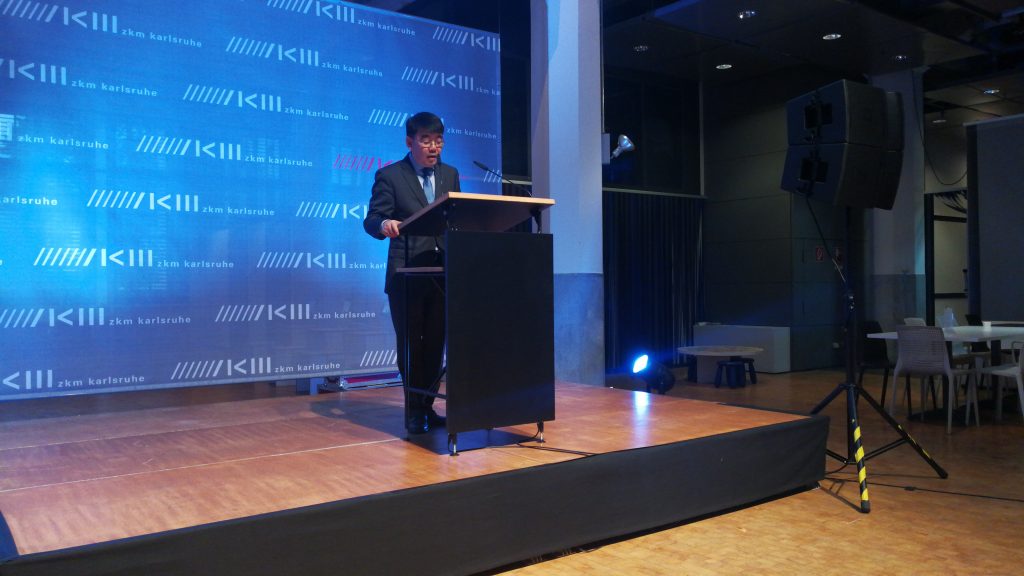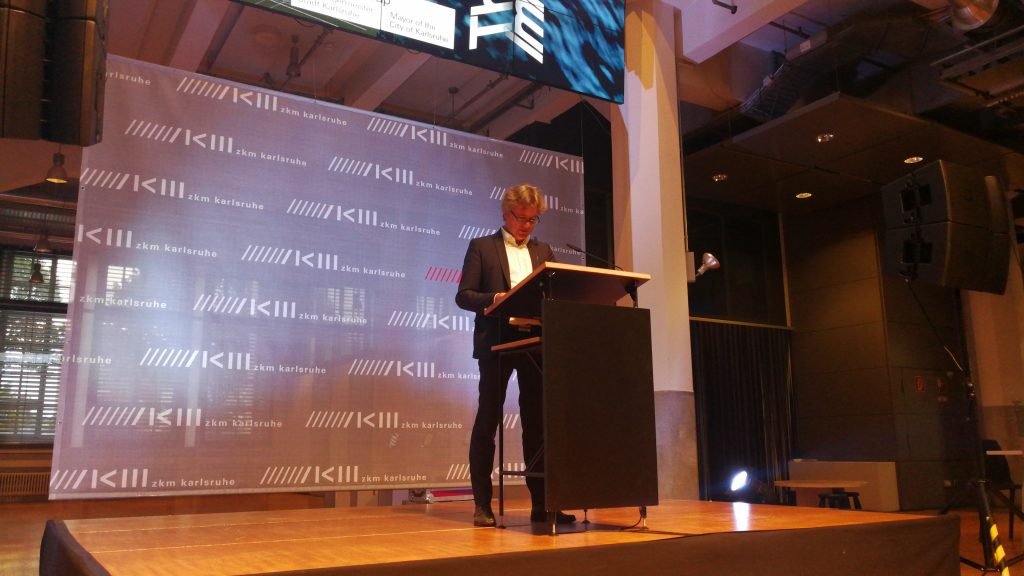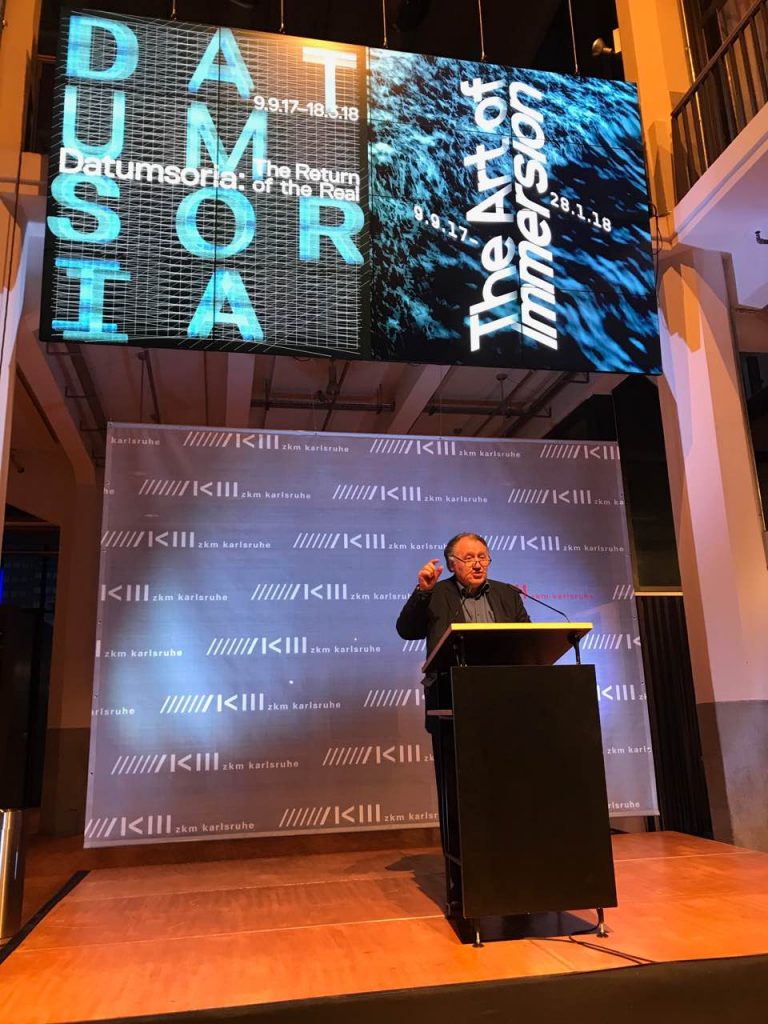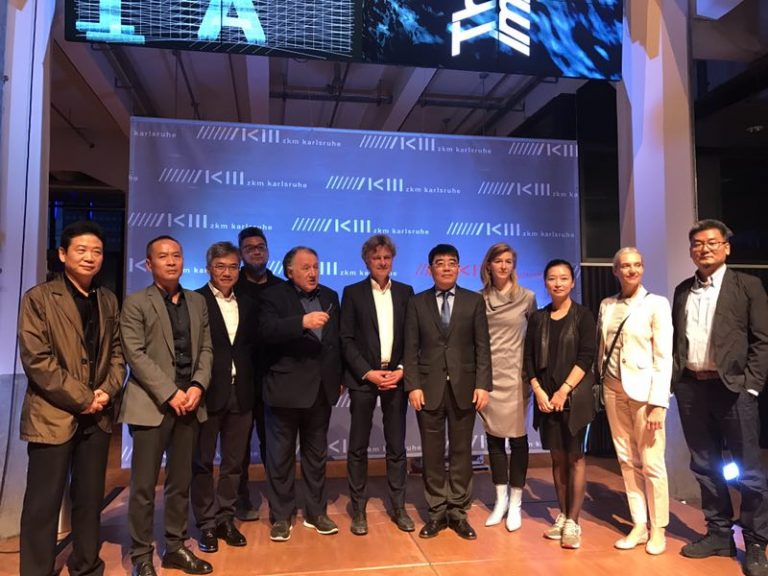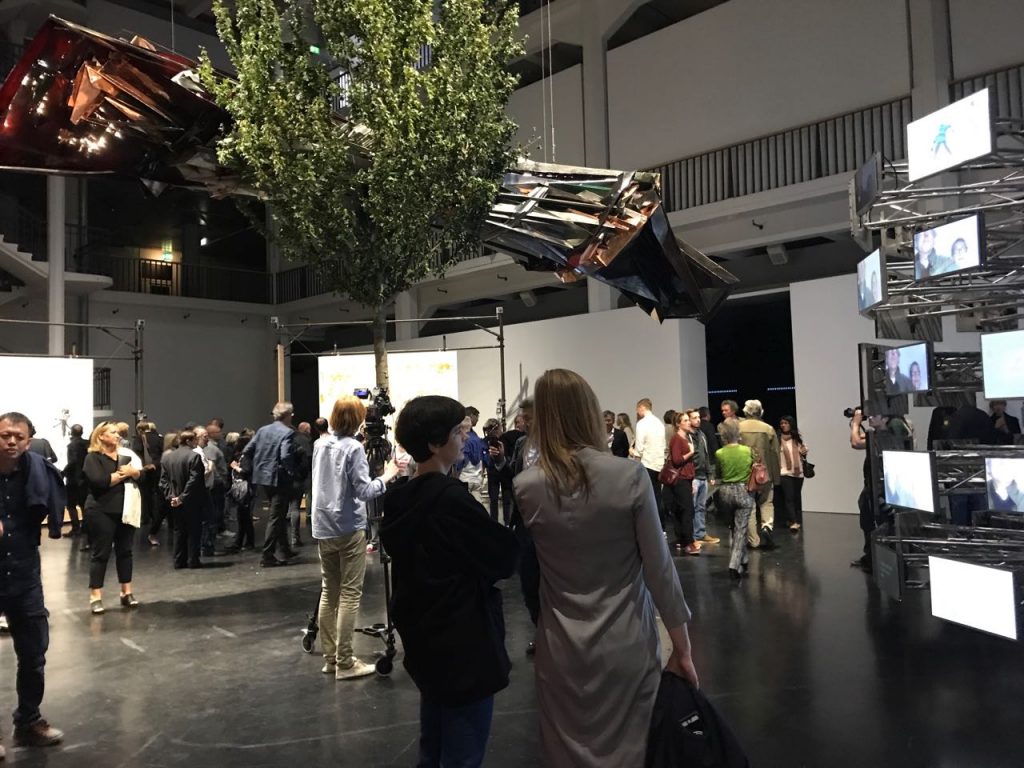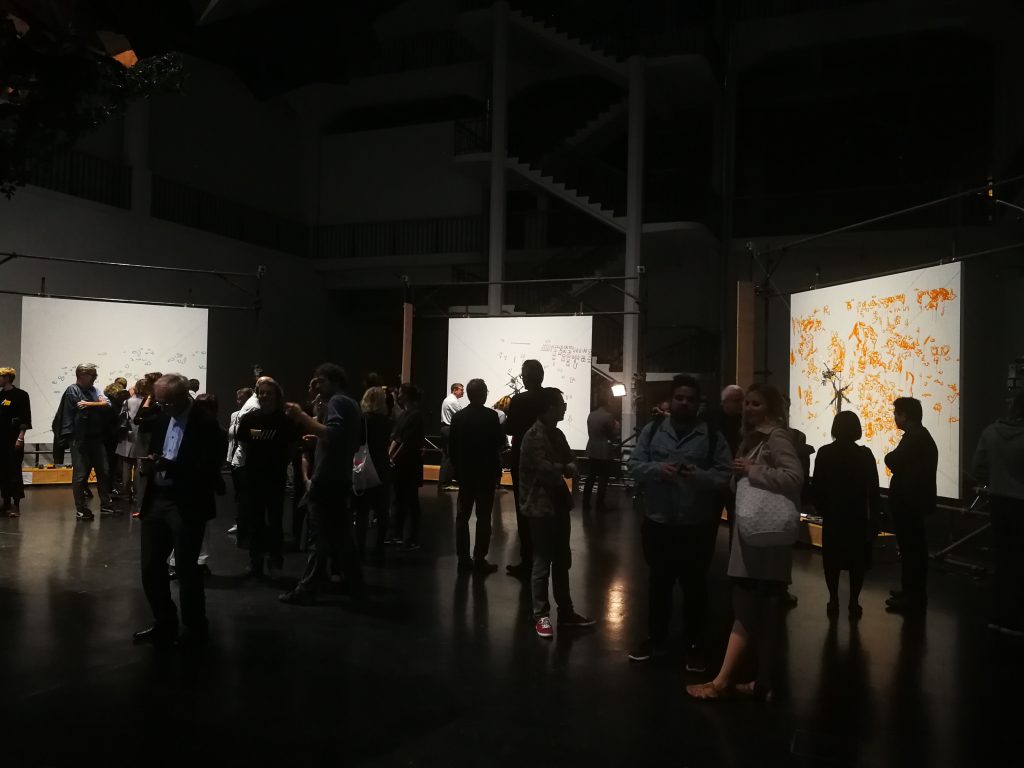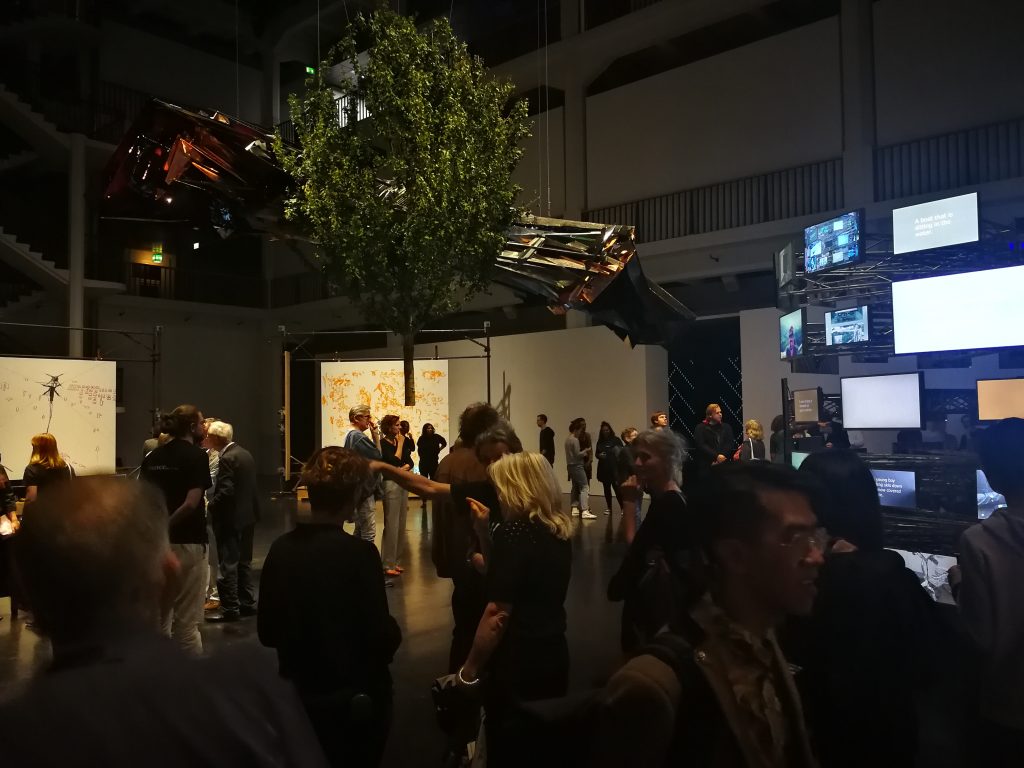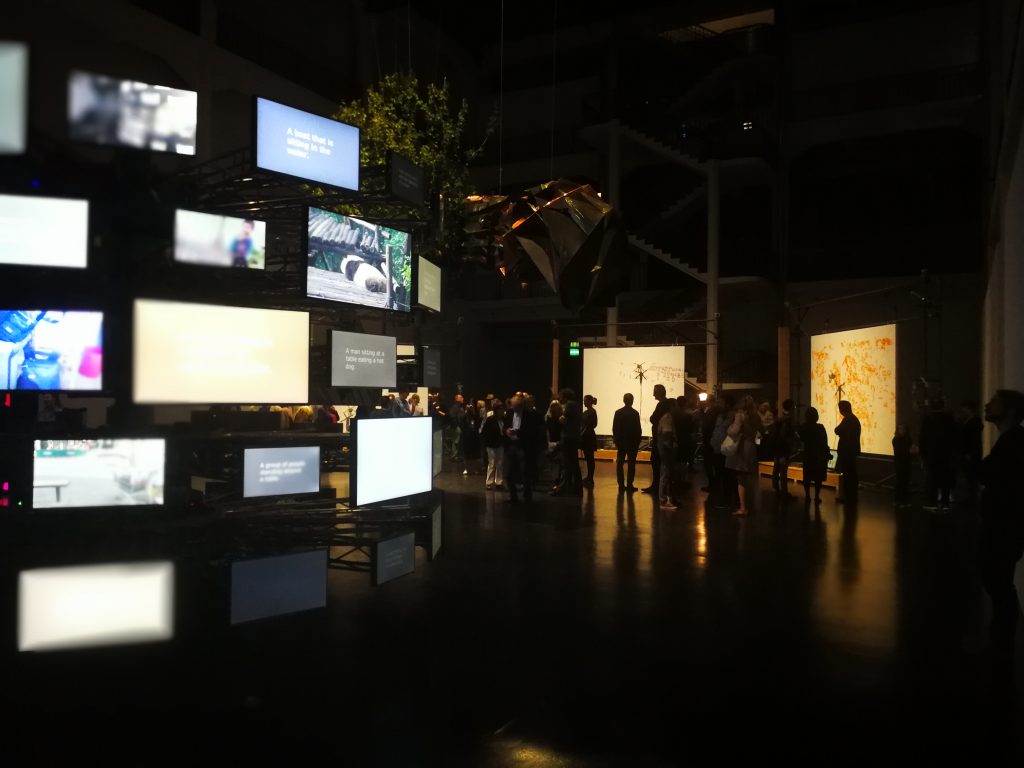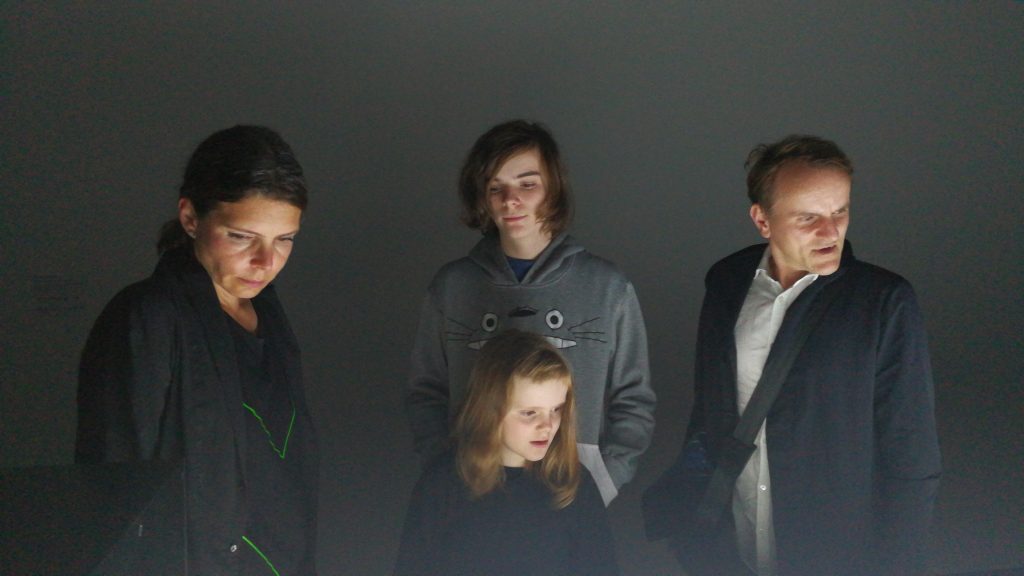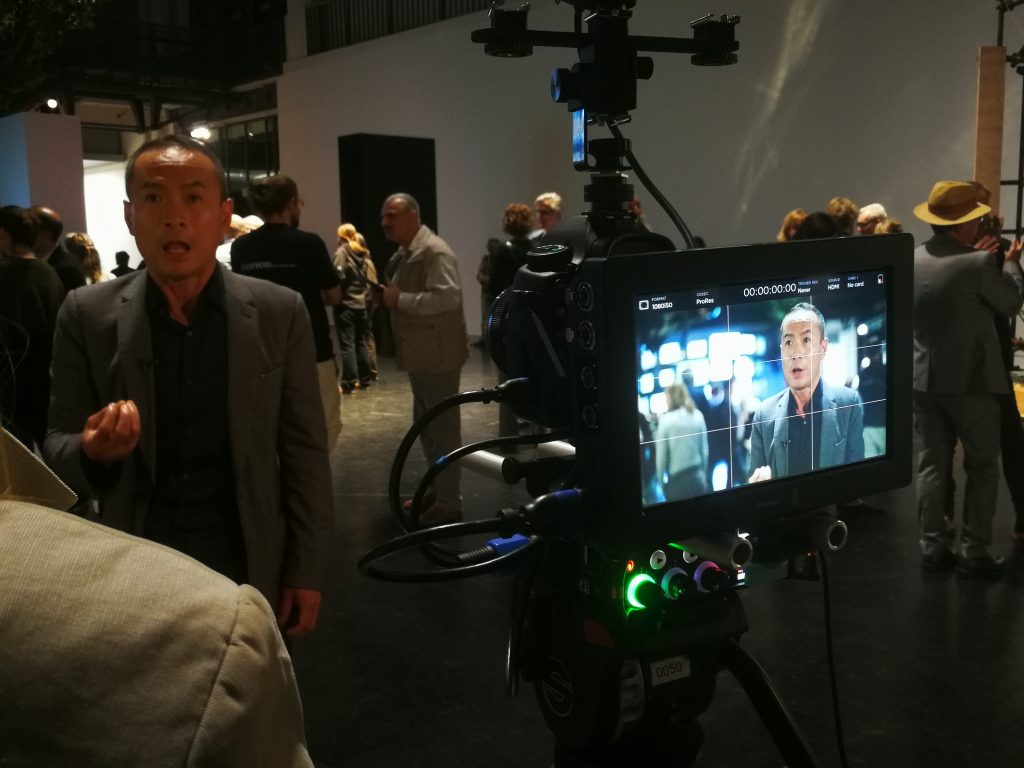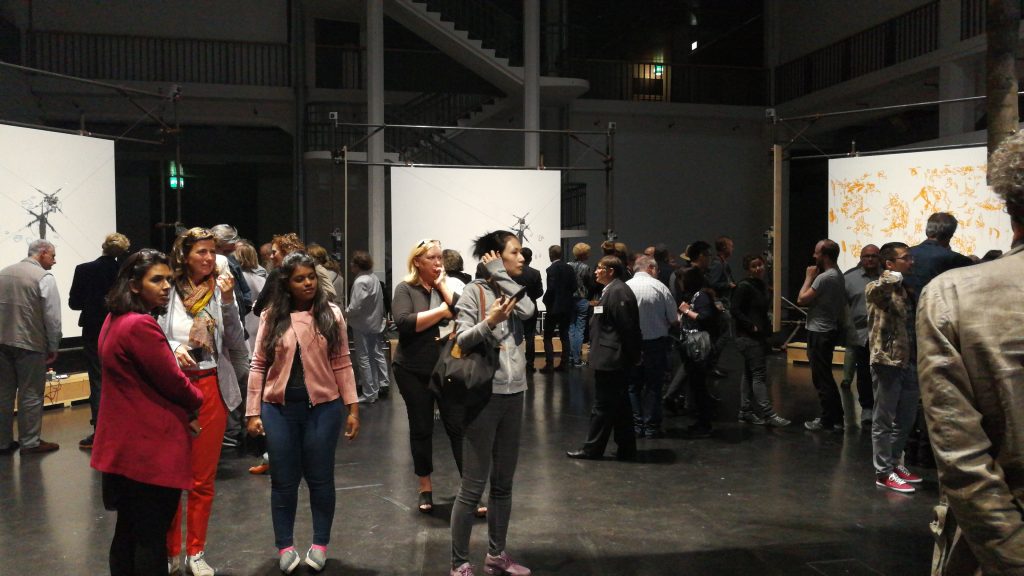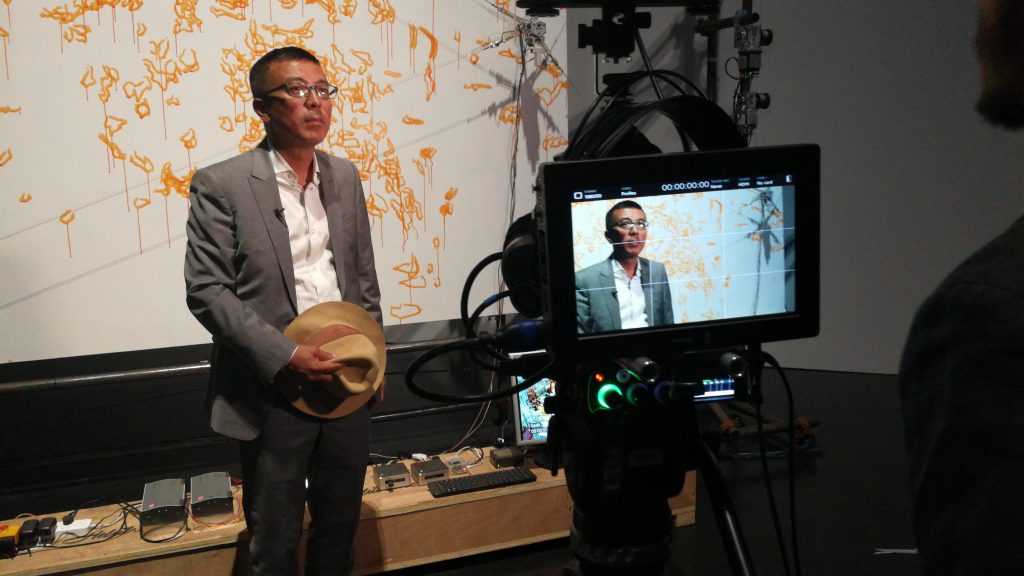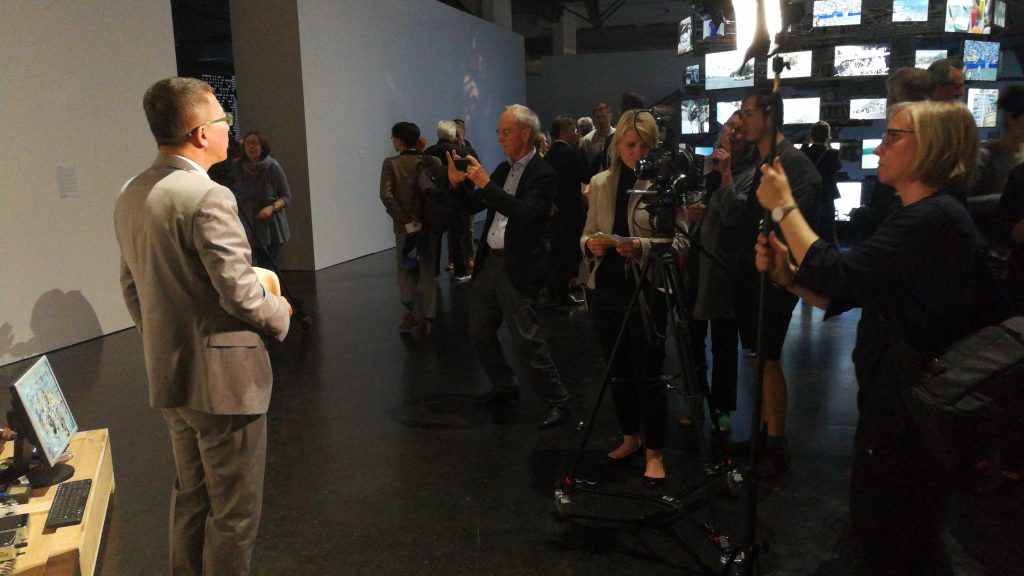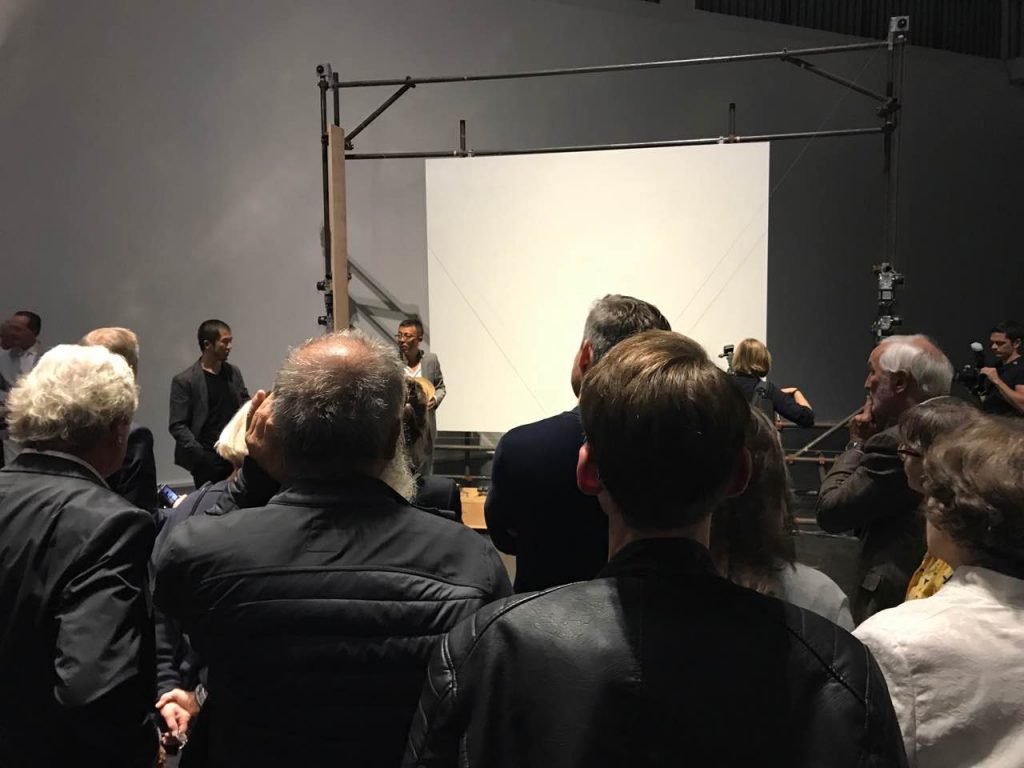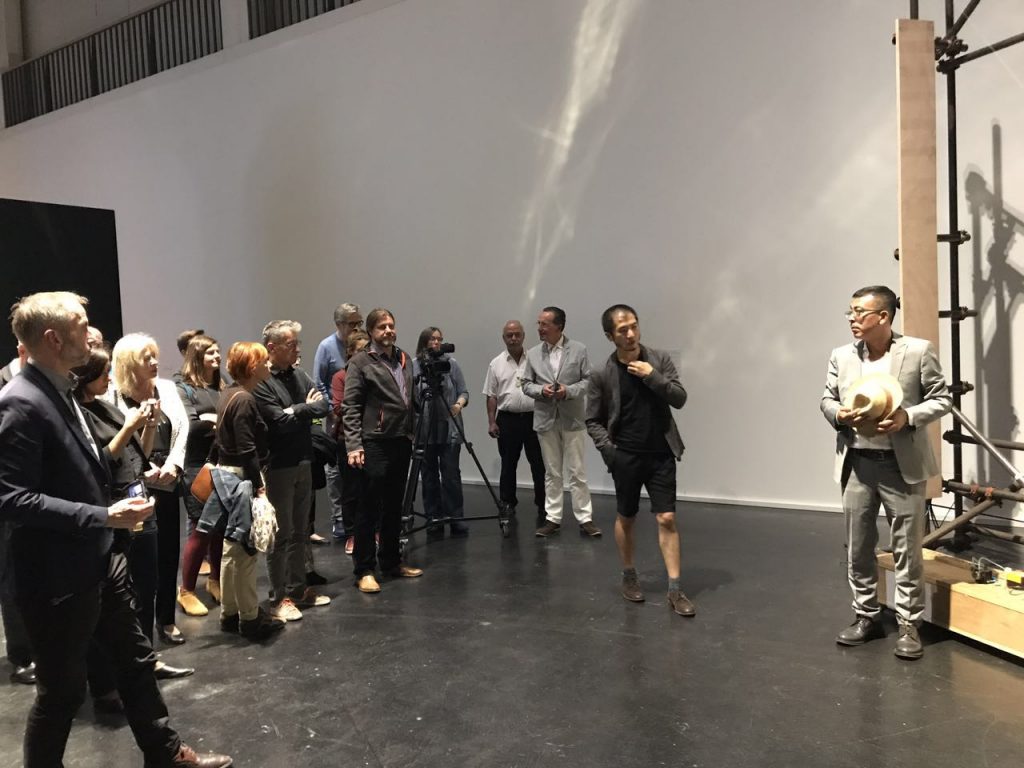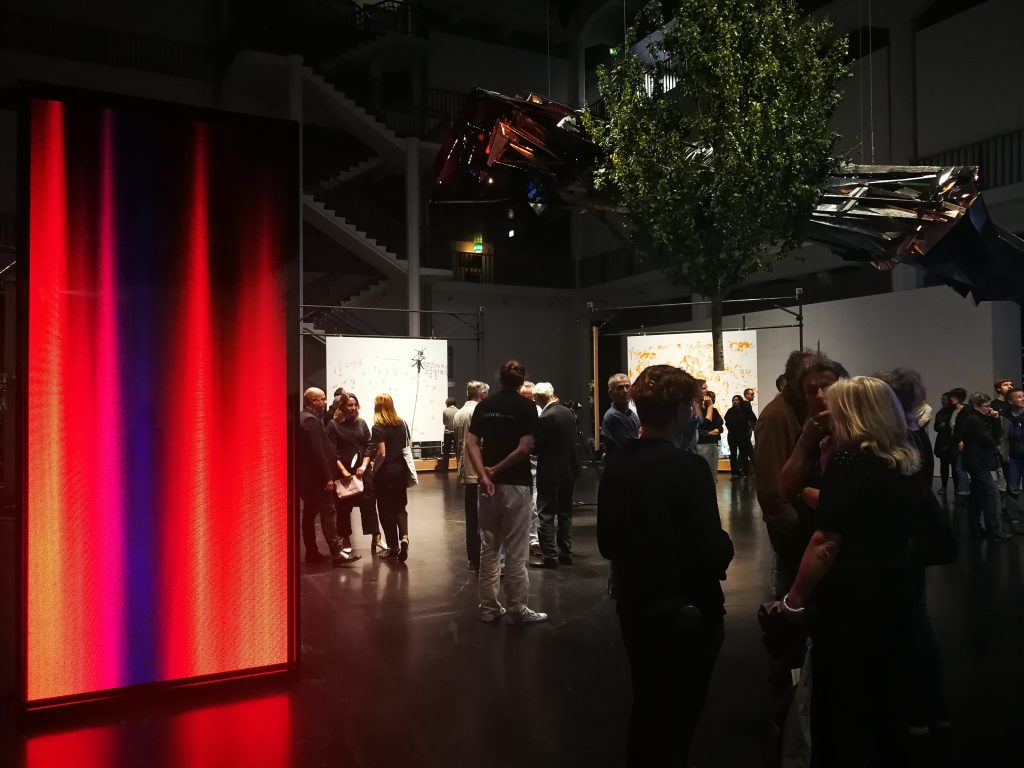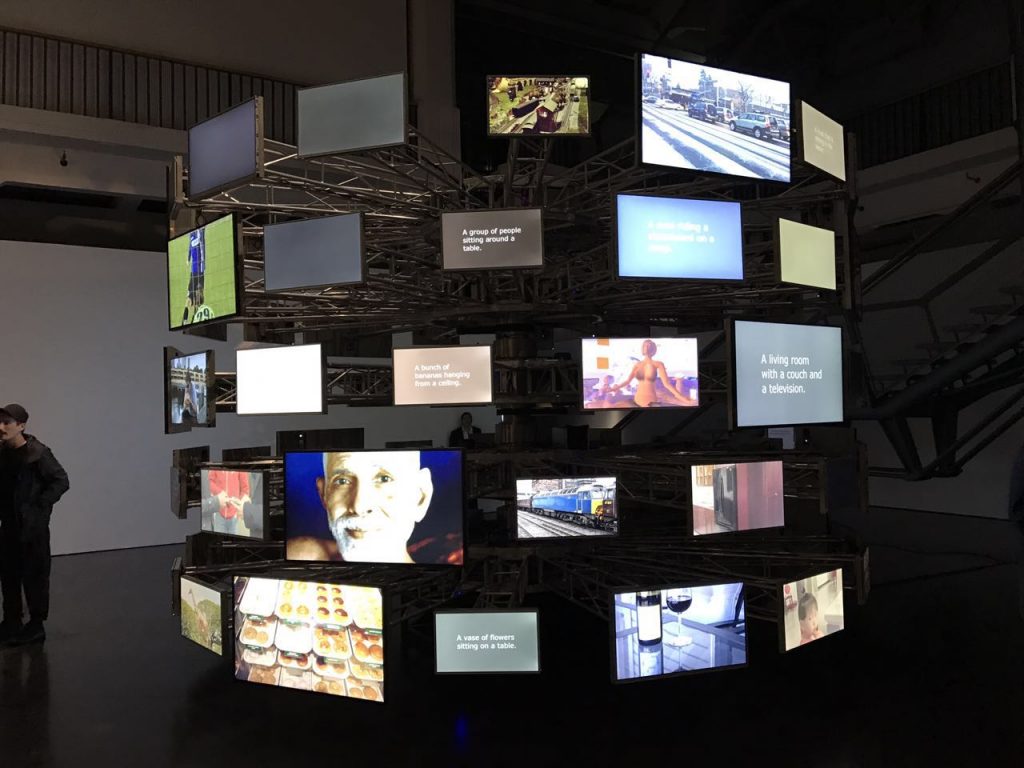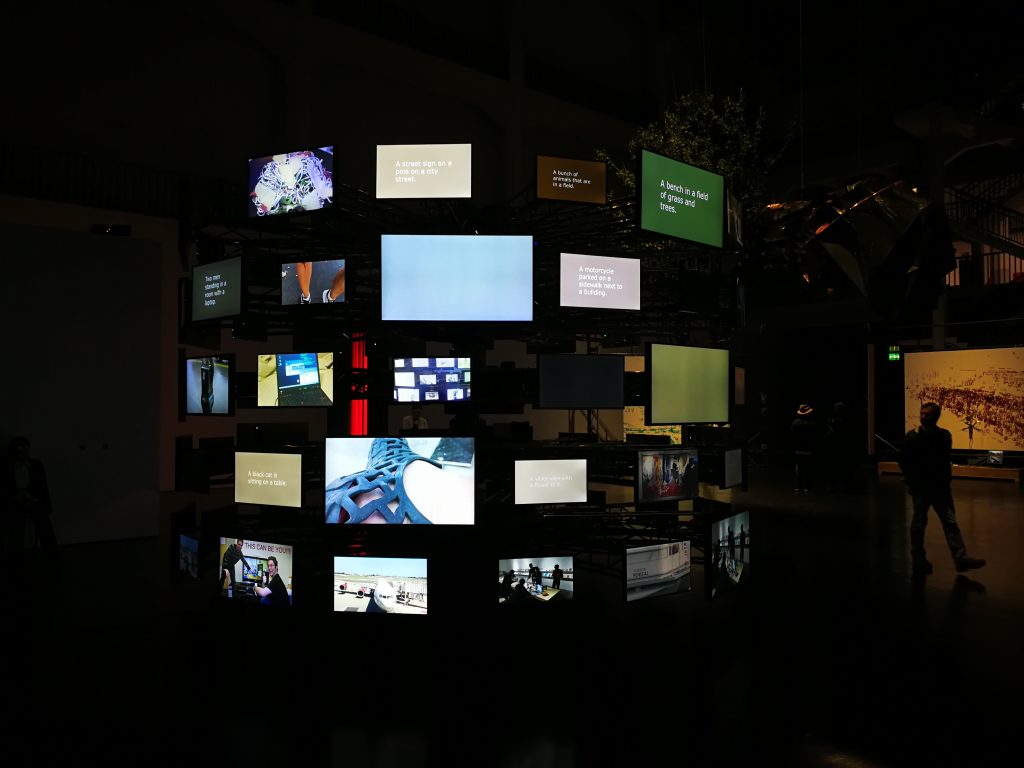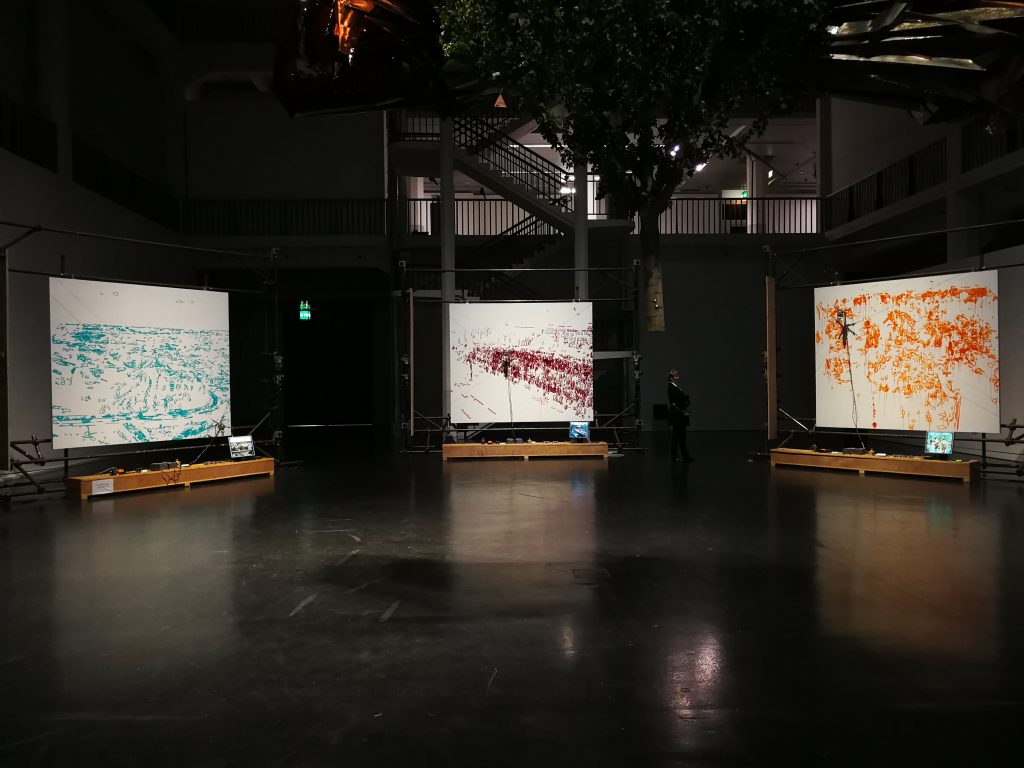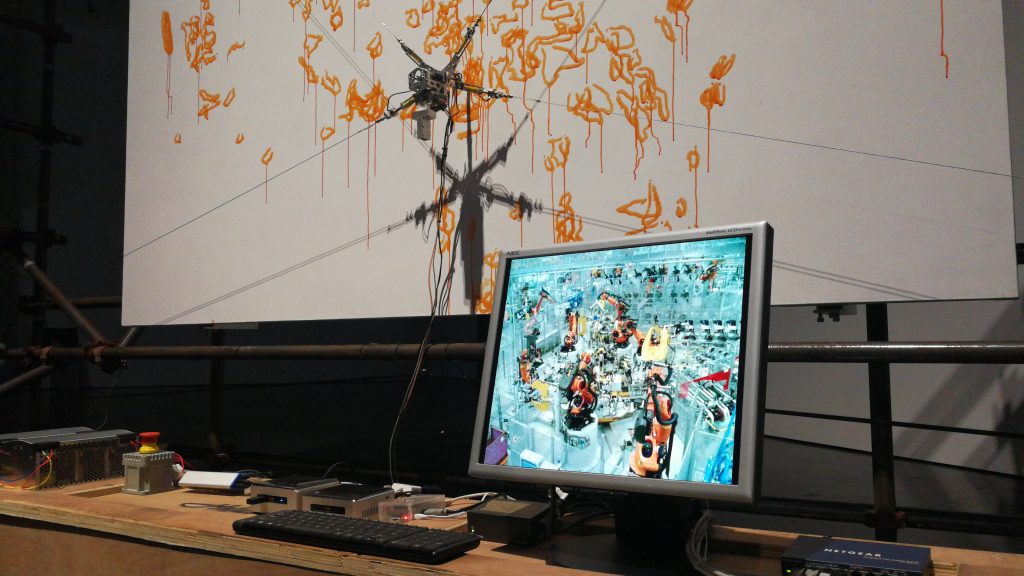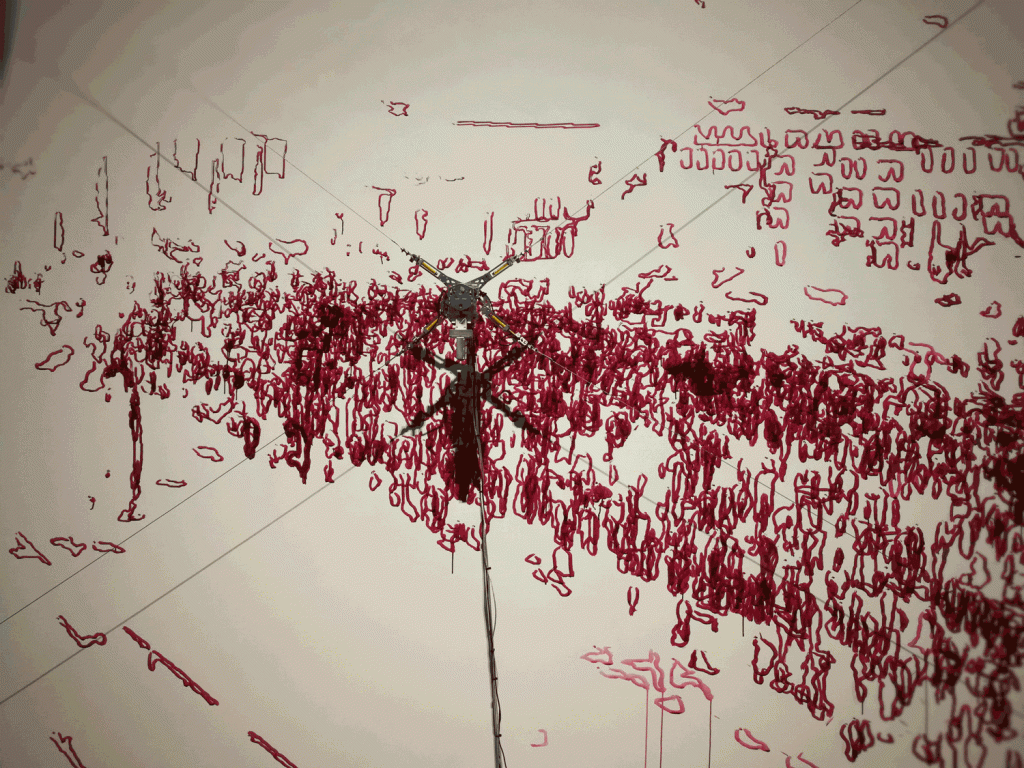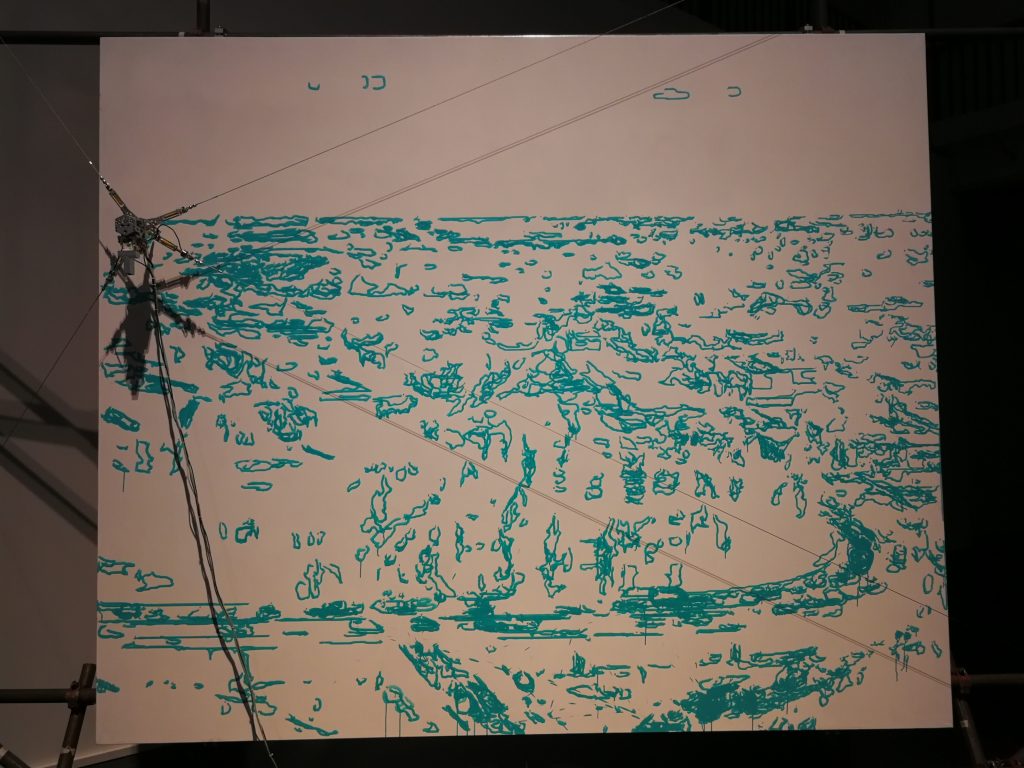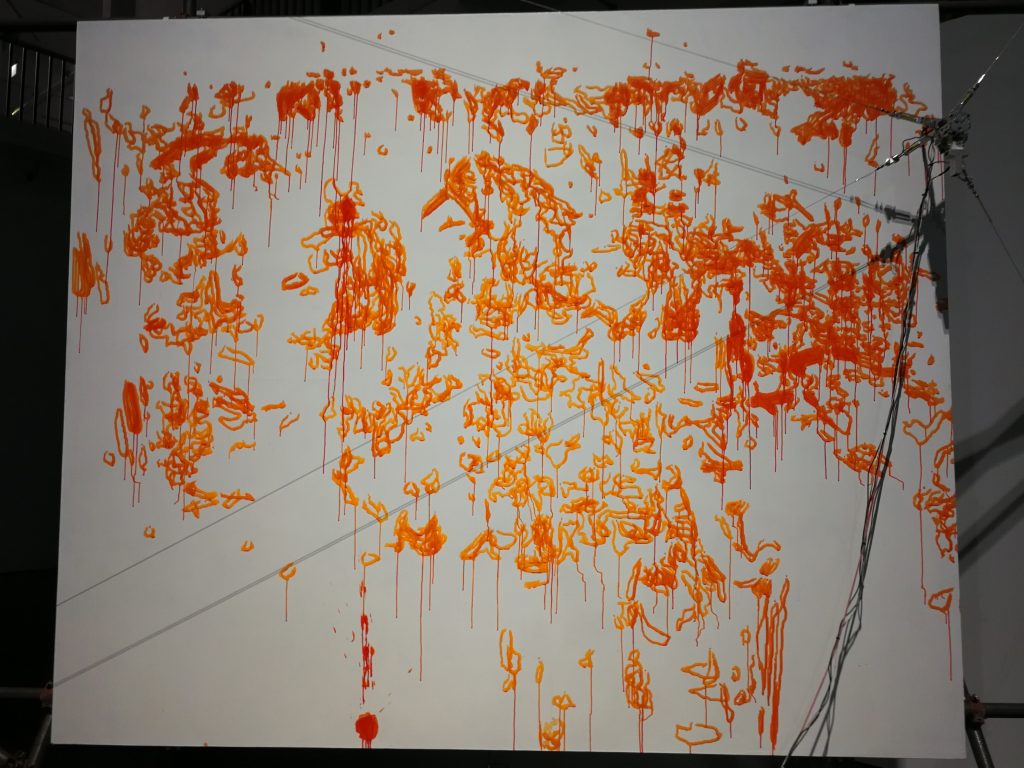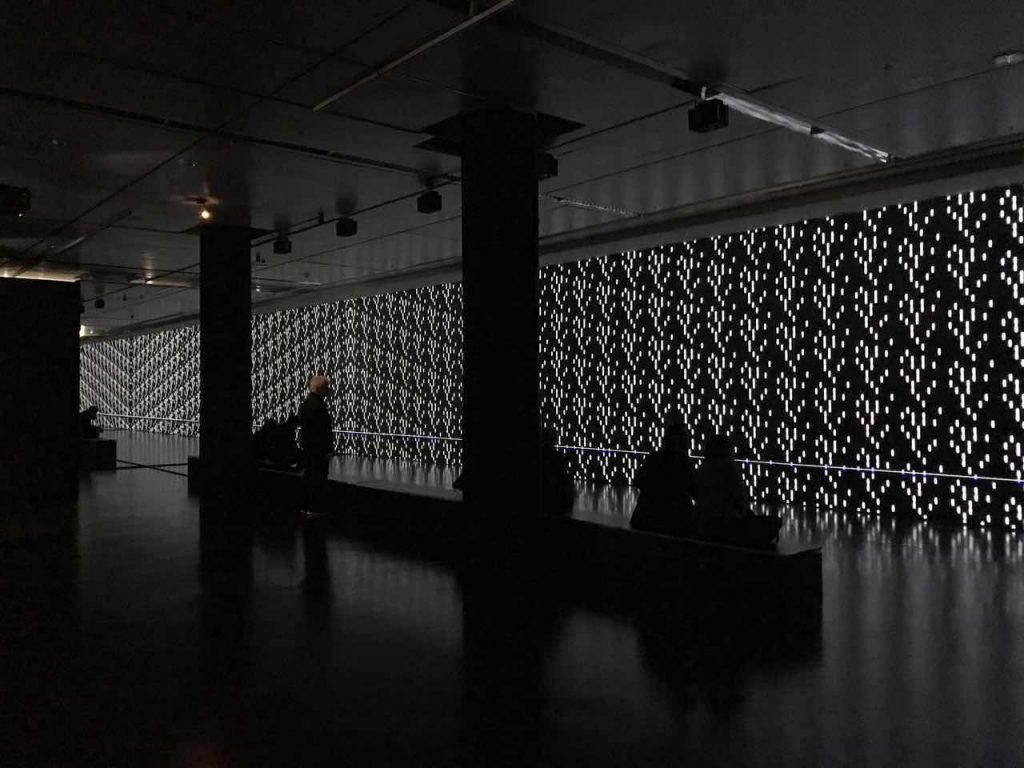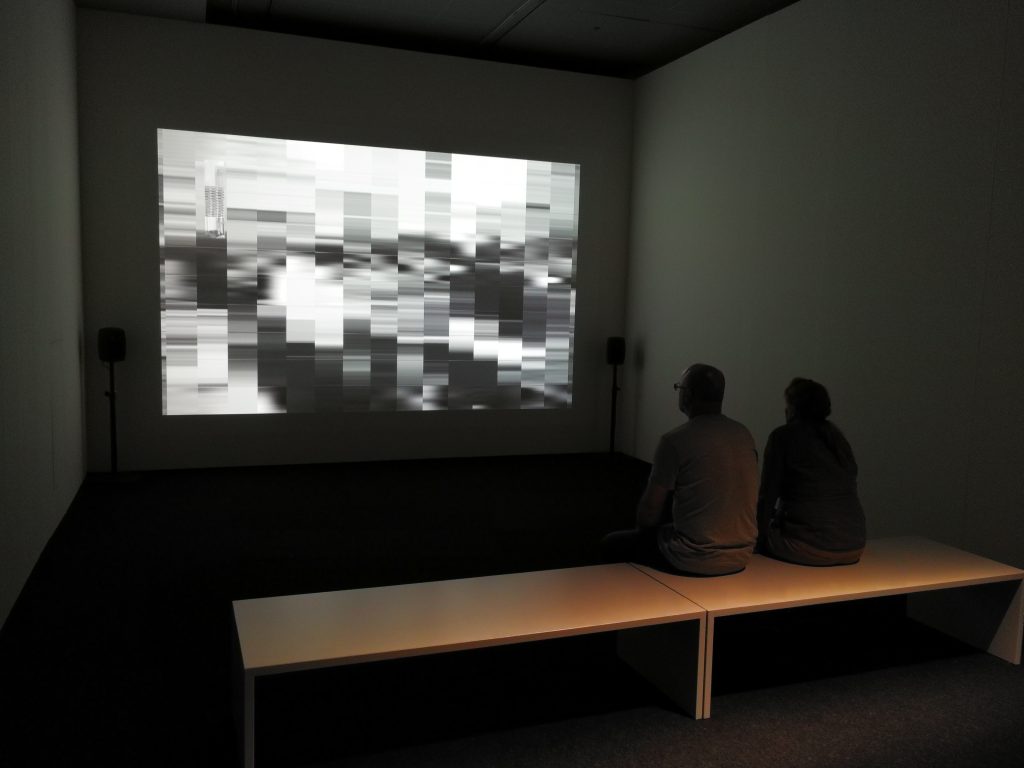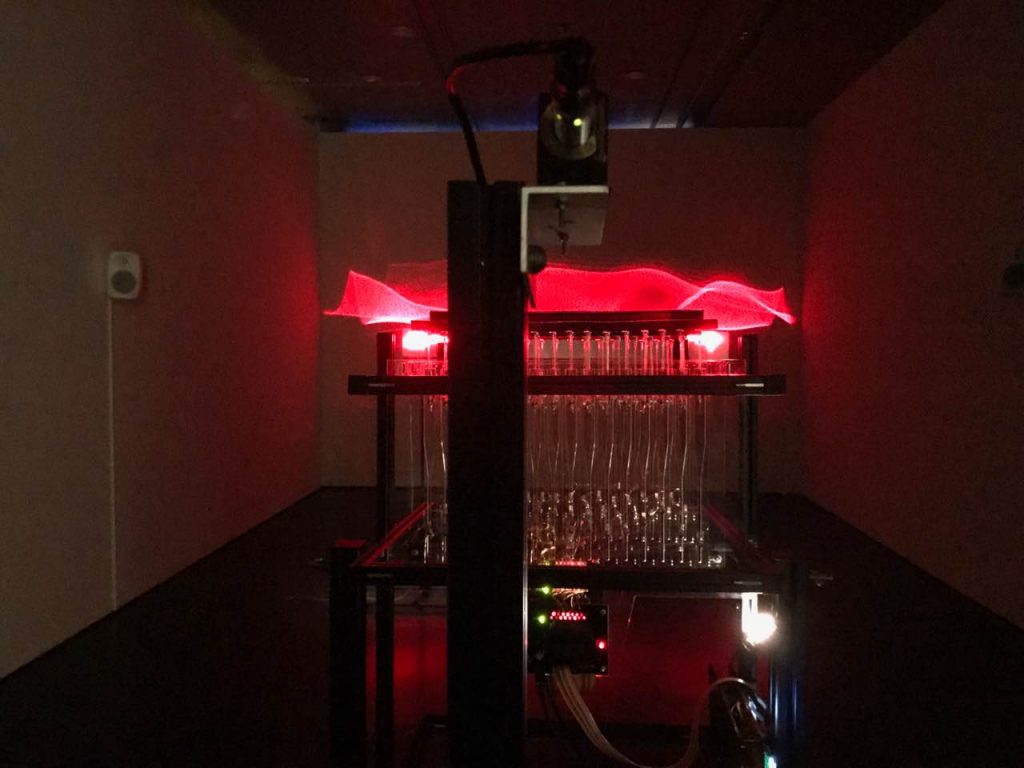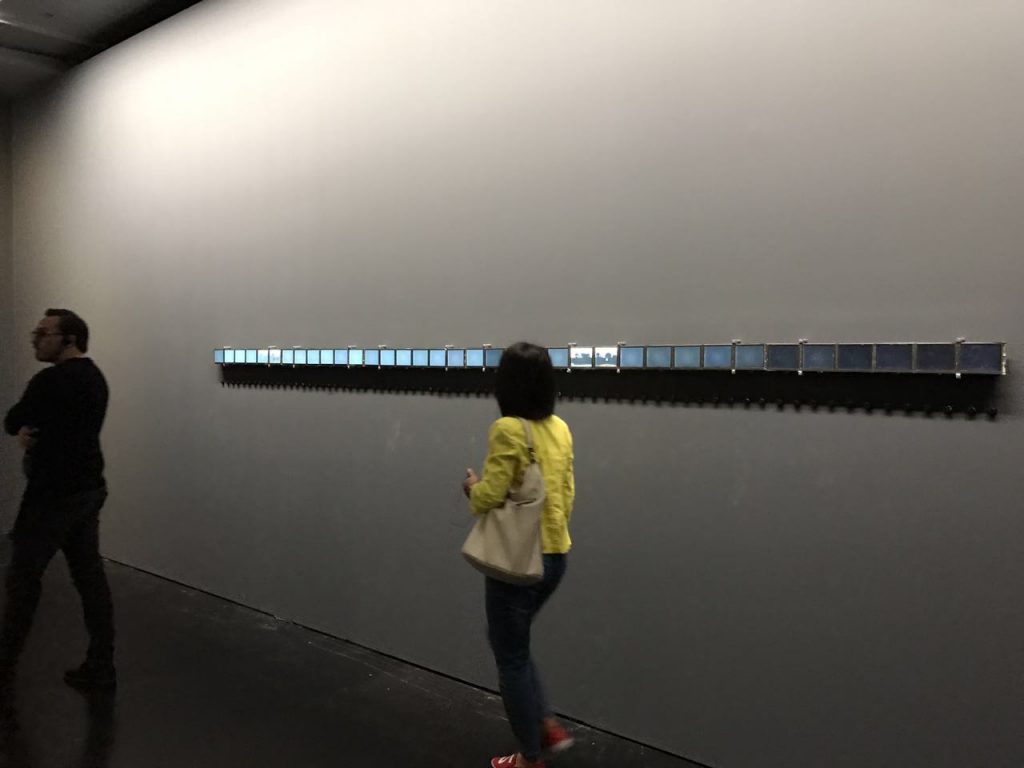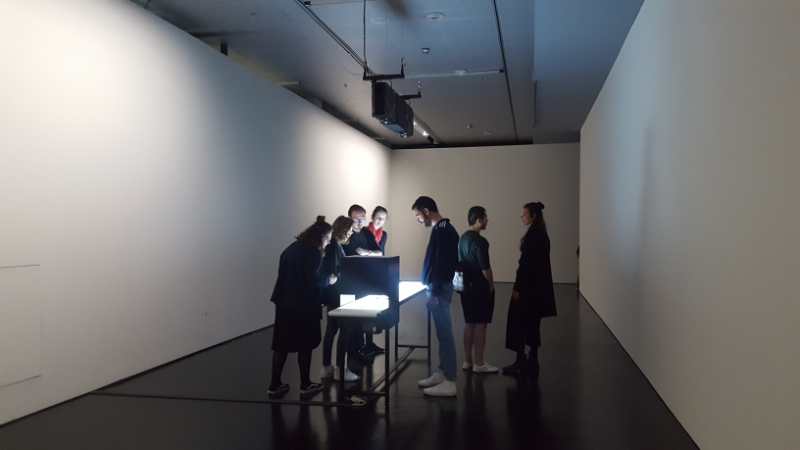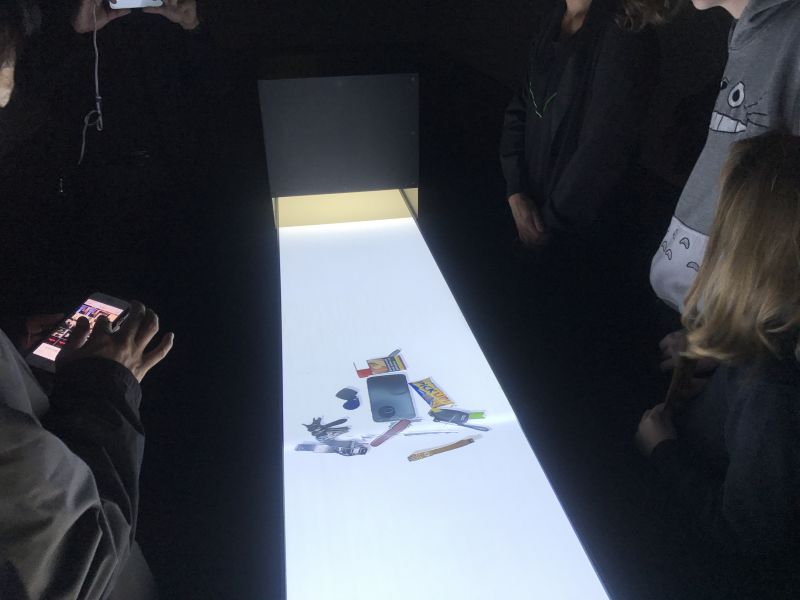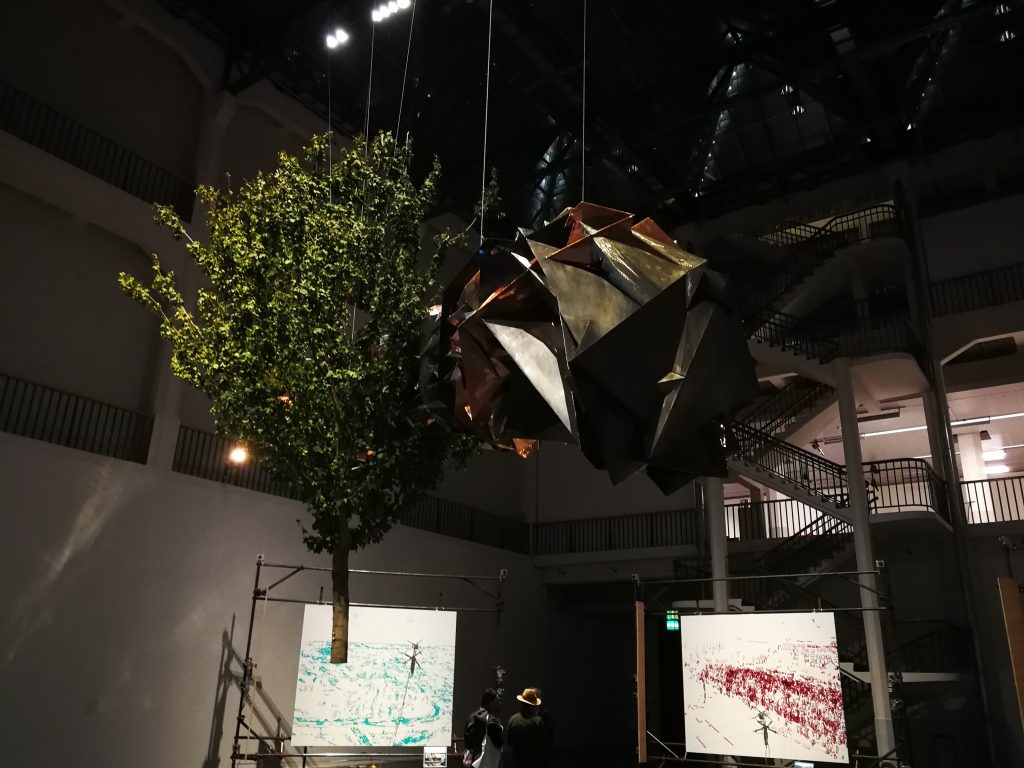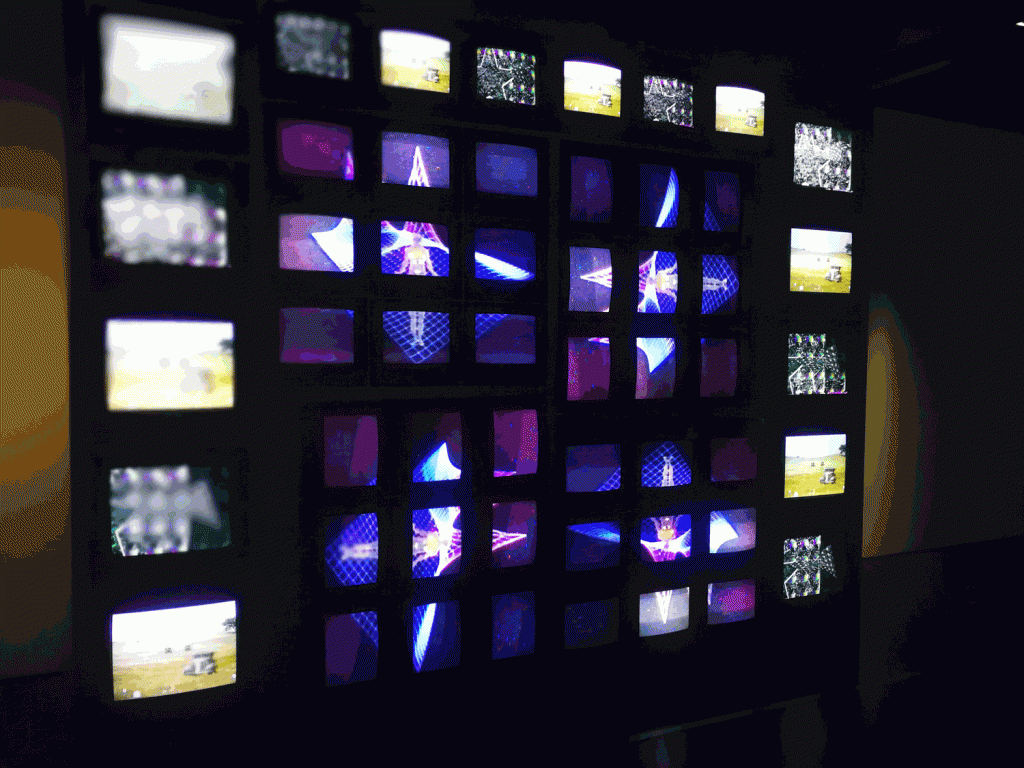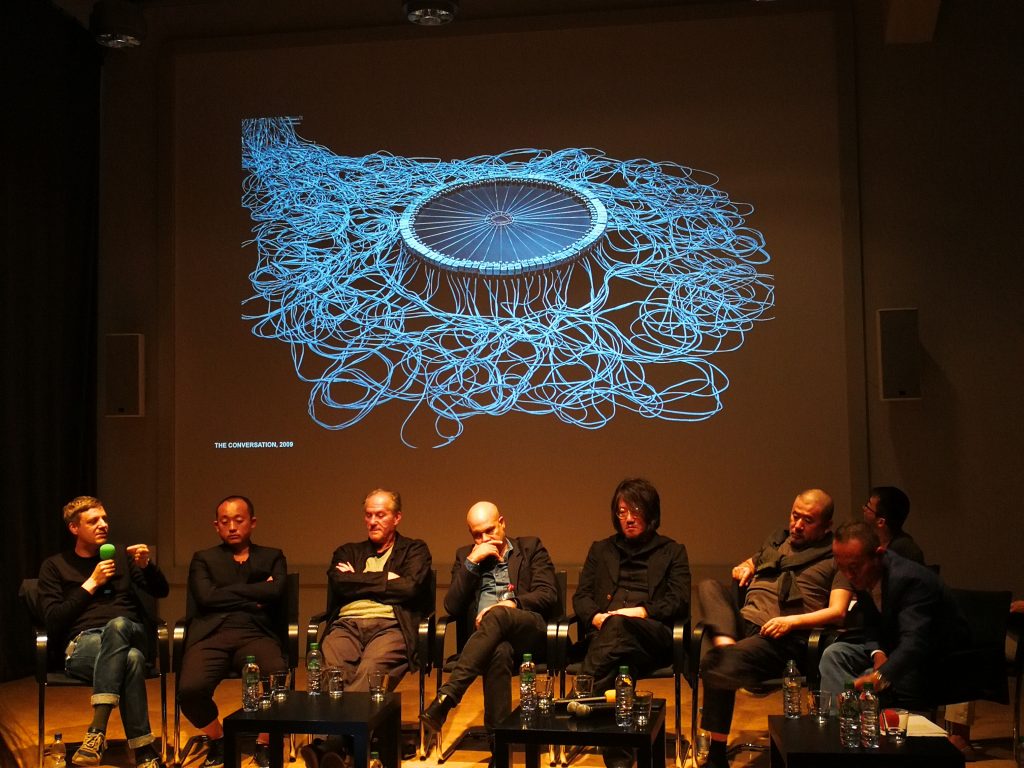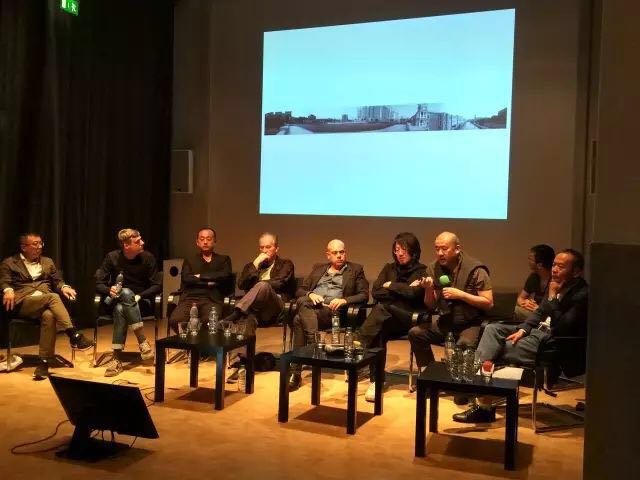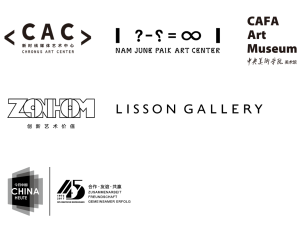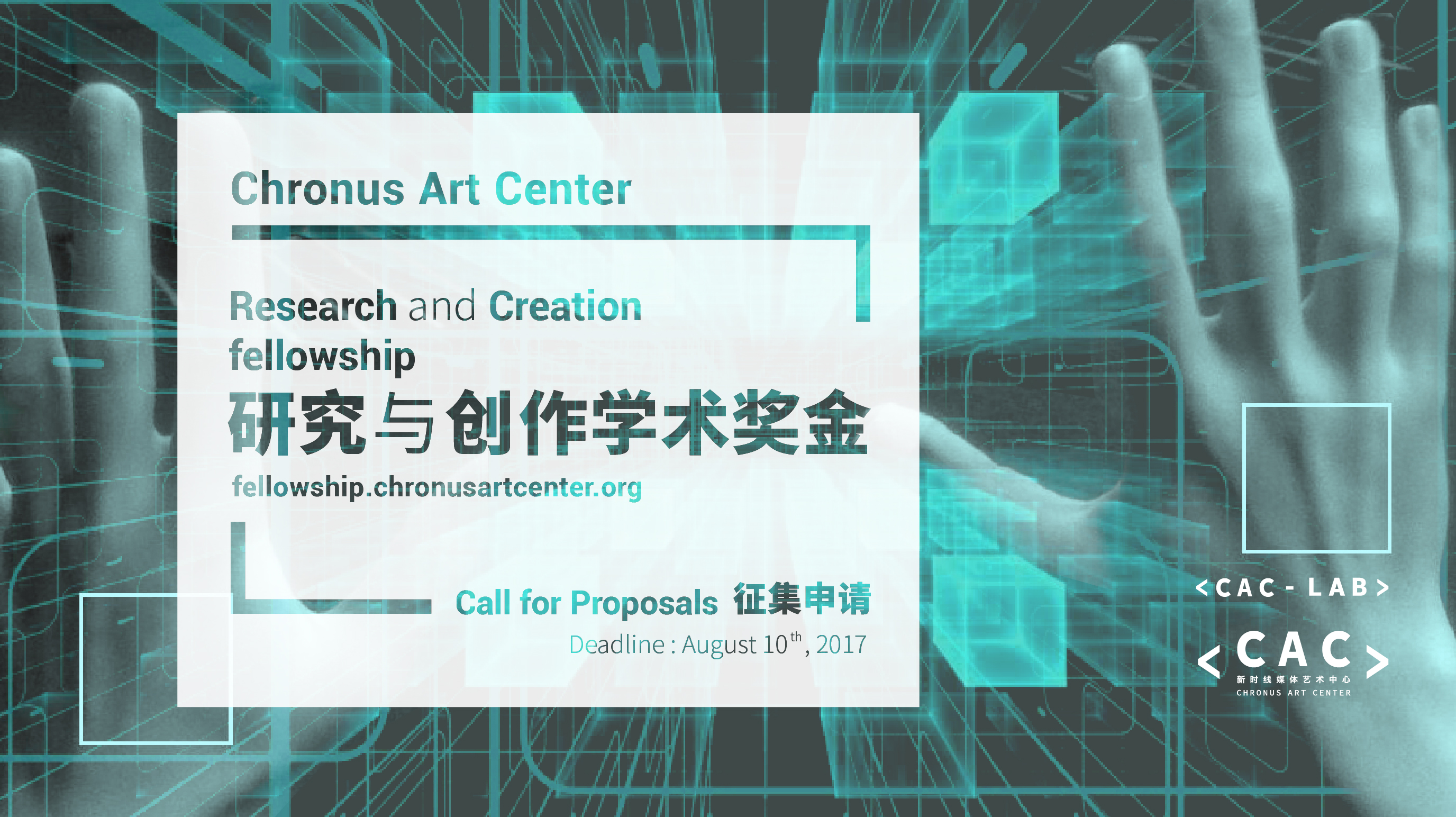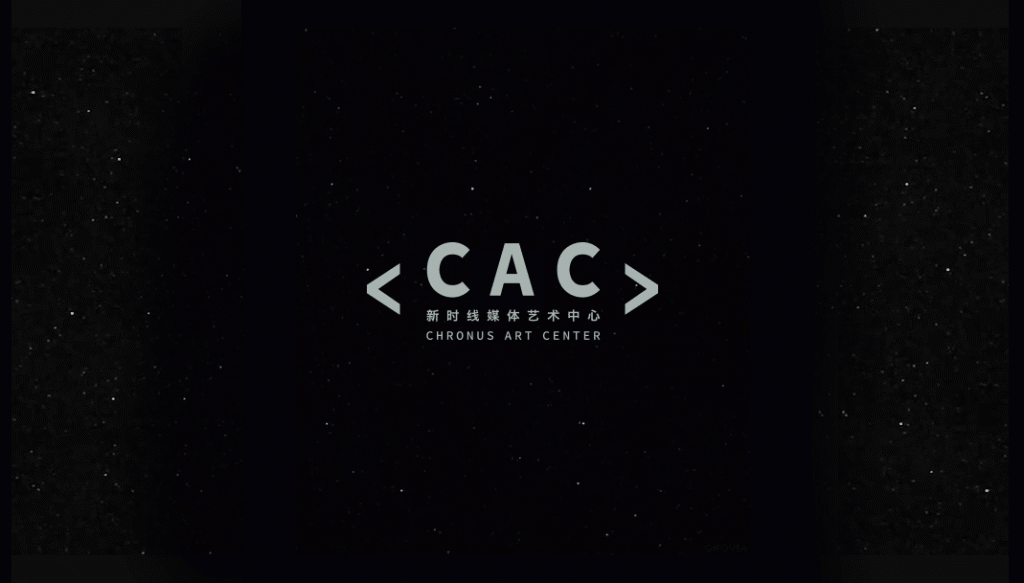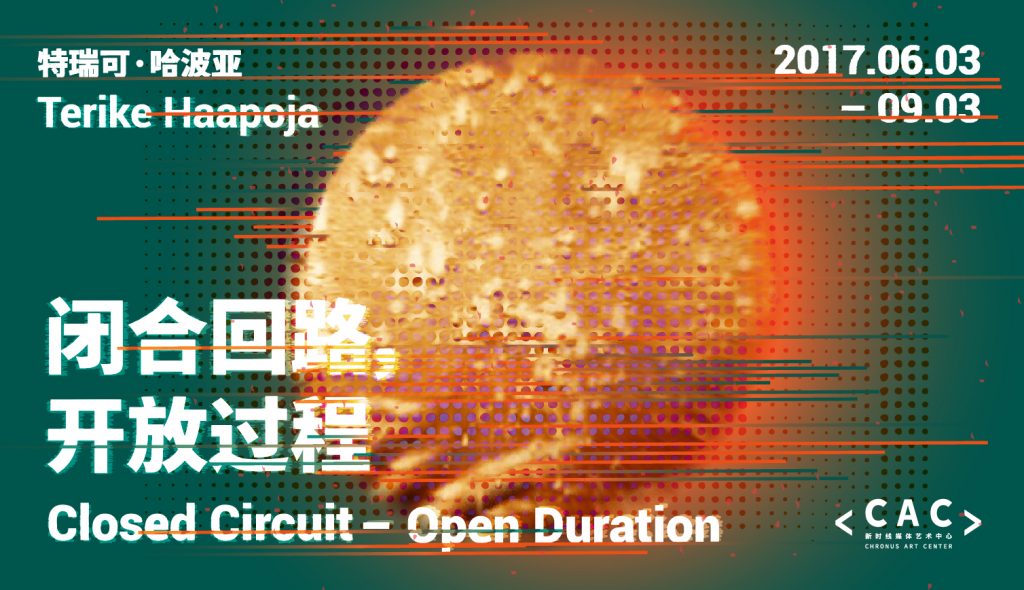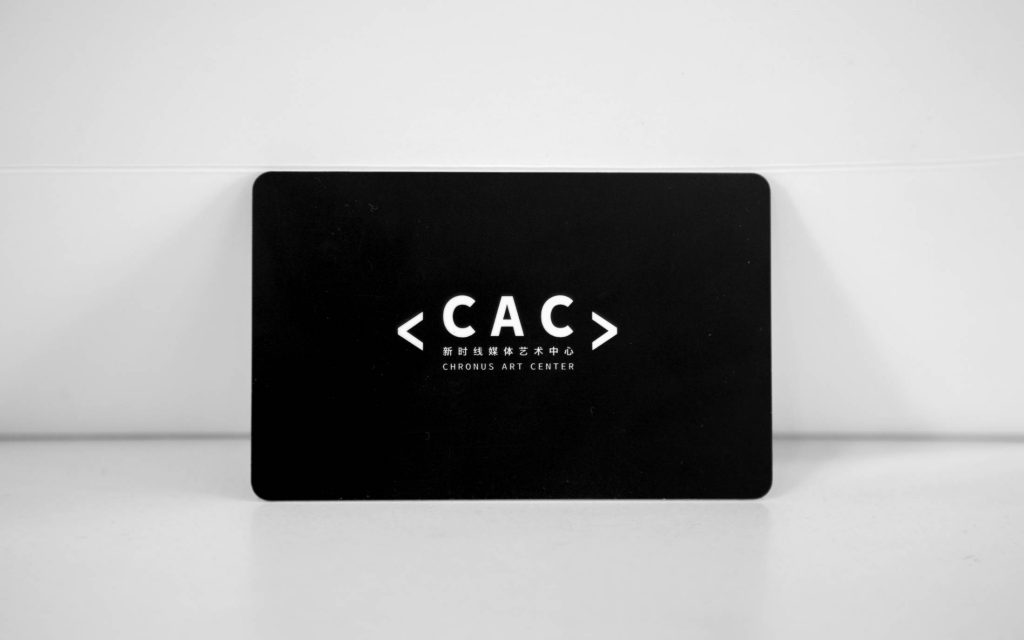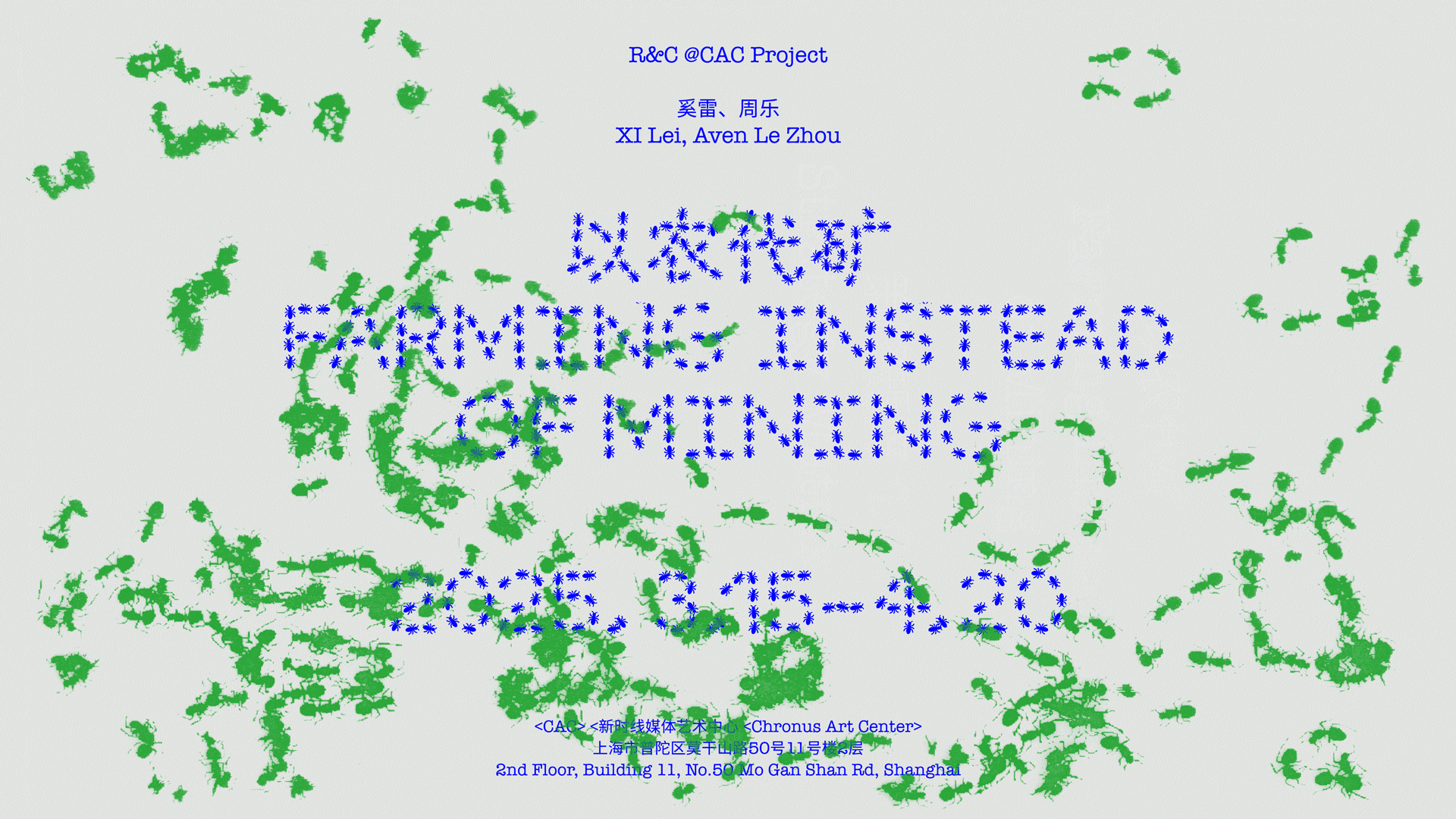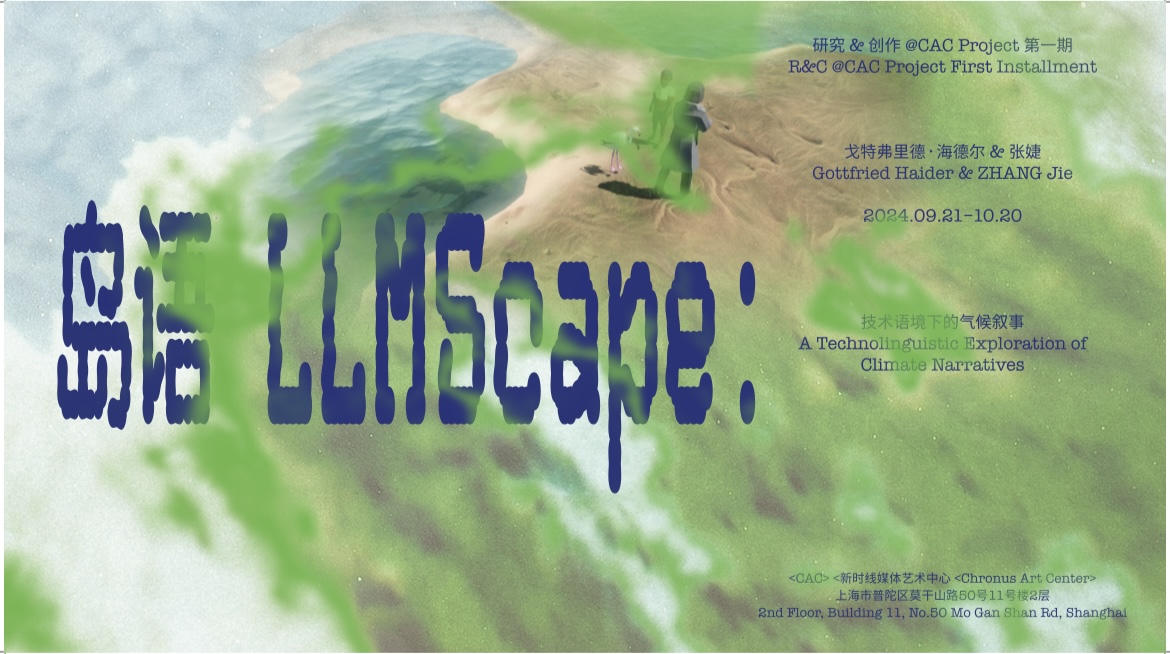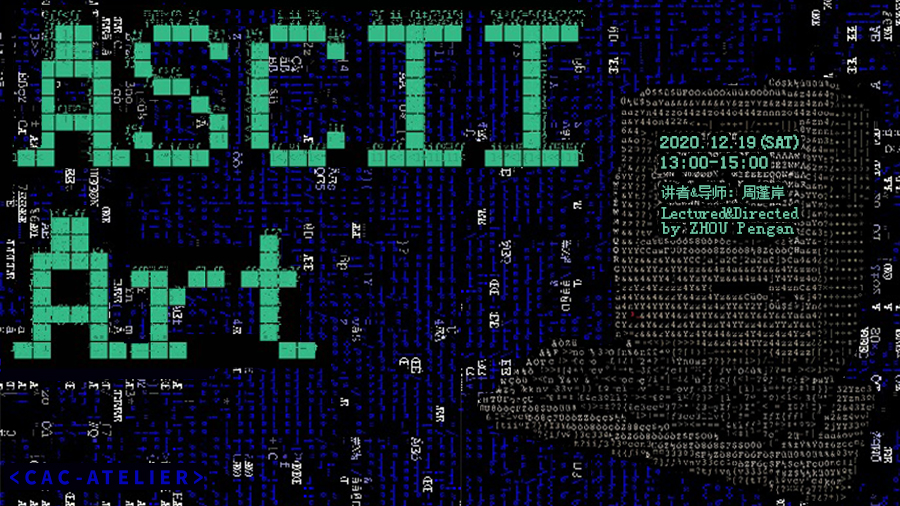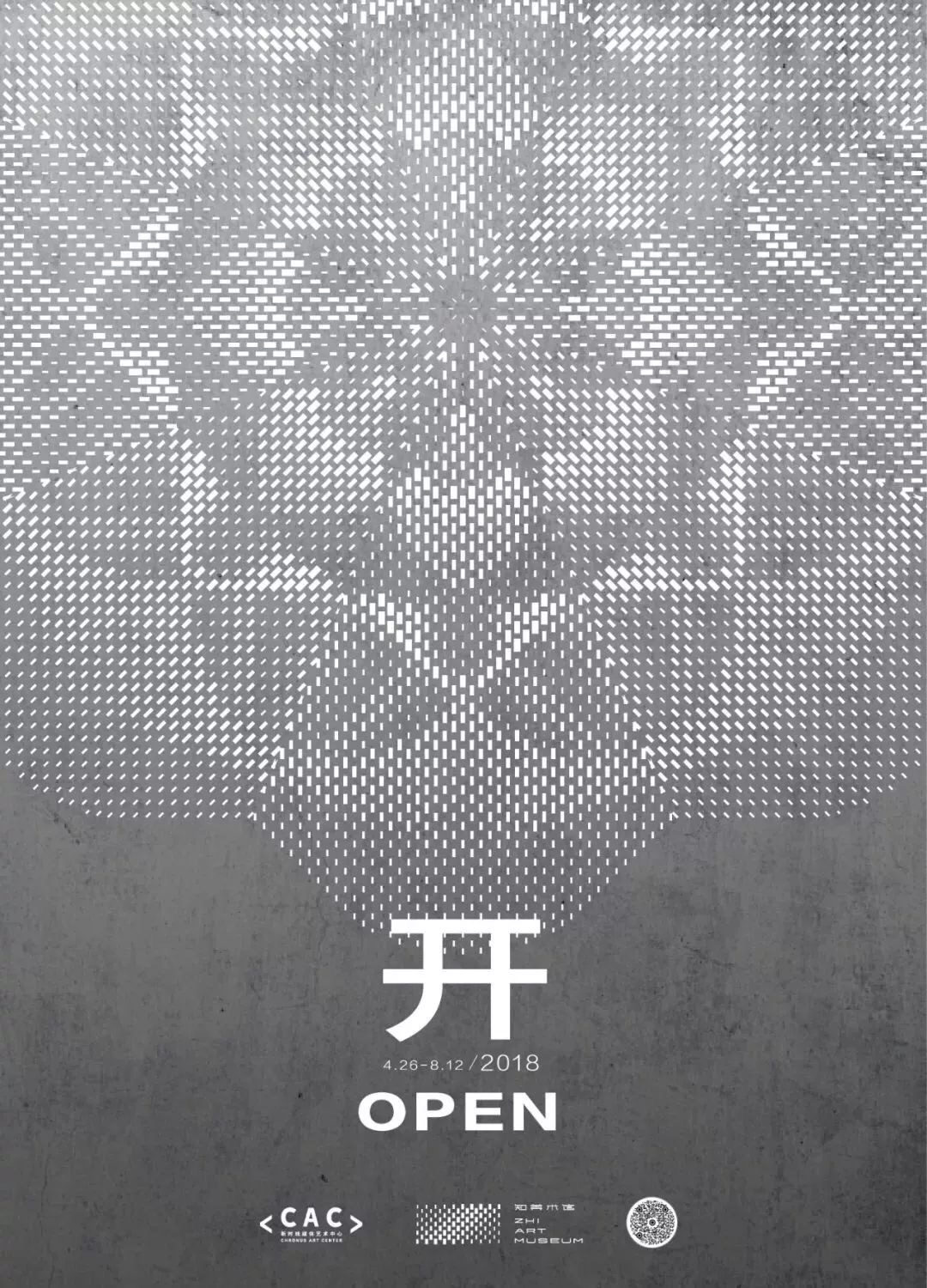
‘OPEN’ ZHI ART MUSEUM 2018
2018.4.26 – 2018. 8.12
ZHI ART MUSEUM
NO.1, Jun Shan Road, Xinjin County, Chengdu, Sichuan
Artists
Michael Joaquin Grey, Chico MacMurtrie, Lawrence Malstaf, Mariko Mori, Carsten Nicolai, Marnix De Nijs, WANG Gongxin, WANG Yuyang, ZHANG Peili
Curator
ZHANG Ga
Co-presented by
ZHI ART MUSEUM
Chronus Art Center (CAC)
Opening reception: 25 April 2018
On view: 26 April - 12 August, 2018
Hours: 10:00 - 17:00, Wednesday – Sunday
Chronus Art Center (CAC) is pleased to announce the exhibition Open, celebrating the long-awaited official inauguration of the ZHI ART MUSEUM which marks a new cultural signpost in southwest China. Curated by ZHANG Ga and co-presented by ZHI ART MUSEUM and CAC, the exhibition will open on April 25, 2018 and remain on view through August 12, 2018.
Located about 40 km from the capital city of Sichuan province in the Xing Jin region, ZHI museum is designed by the renowned Japanese architect Kango Kuma. The museum employs brick tiles, a traditional local material, as the building motif to seamlessly blend modernist austerity with the undulating mountains and rivers of the surrounding area which are reminiscent of Chinese classic landscape paintings in the literati tradition. Resonating with the museum’s architecture and illuminating ZHI’s mission statement, the exhibition Open brings to the public a highly idiosyncratic body of work by nine international artists that accentuate open as a form of initiation, a movement in which a new start gathers force and an unfolding which unleashes the force of potentiality. It evokes opening as an event that gets off the ground the pioneering undertaking ZHI museum aspires to accomplish.
The monumental installation Pneuma Fountain in front of the museum is Chico MacMurtrie/Amorphic Robot Works’ most recent inflatable robotic sculpture, which manifestly captures and anticipates the unfolding theme of open as a contemplative experience of movement, air, light and architecture.
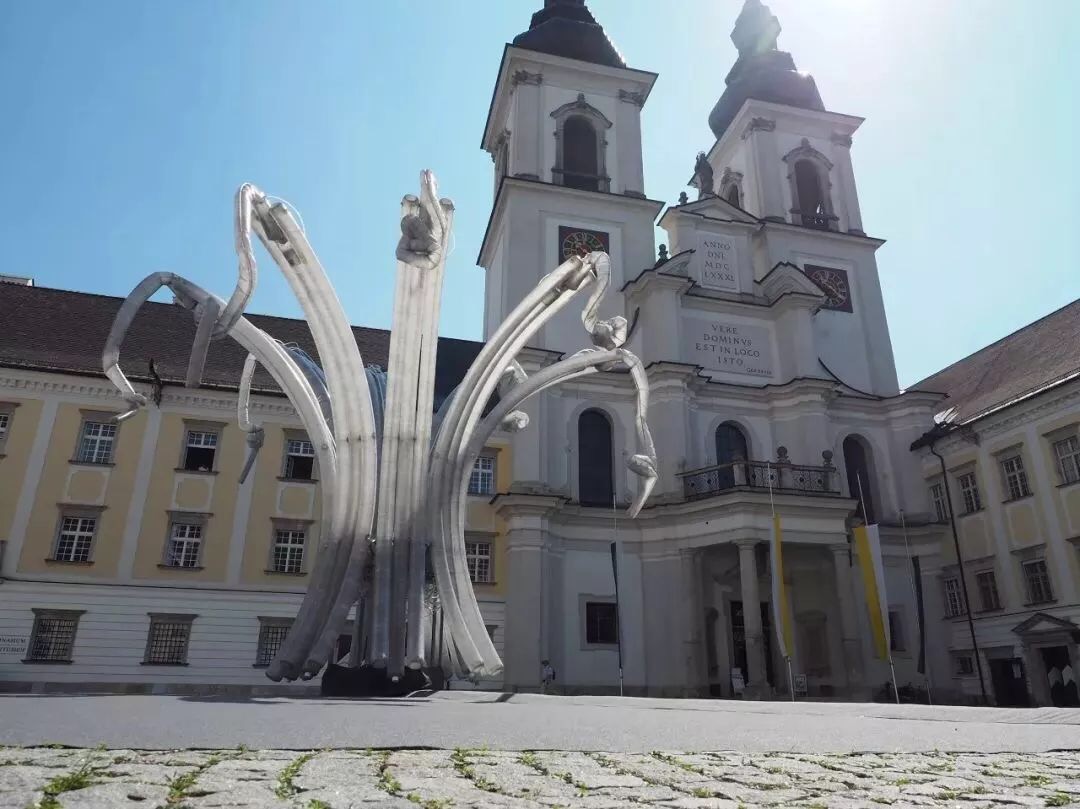
Entering the museum’s main gallery on the lower level, one is first encountered by ZHANG Peili’s enigmatic work titled A Standard, Uplifting, and Distinctive Circle along with Its Sound System. Participation in ZHANG’s Duchampian installation is delegated to an automata operated though software manipulation. An ambiguity is thus insinuated to invite open-ended construction of meaning and signification. Marnix De Nijs’ Rectilinear Displacement plunges us into a visceral journey of reflection in movement: immersion by its physicality and light in its optical materiality. Winding down to the unnoticeably infinitesimal, Michael Joaquin Grey’ s Between Simonetta updates Botticelli’s famous profile of the woman gradually. Motion and chance assume the ultimate impetus of openness.
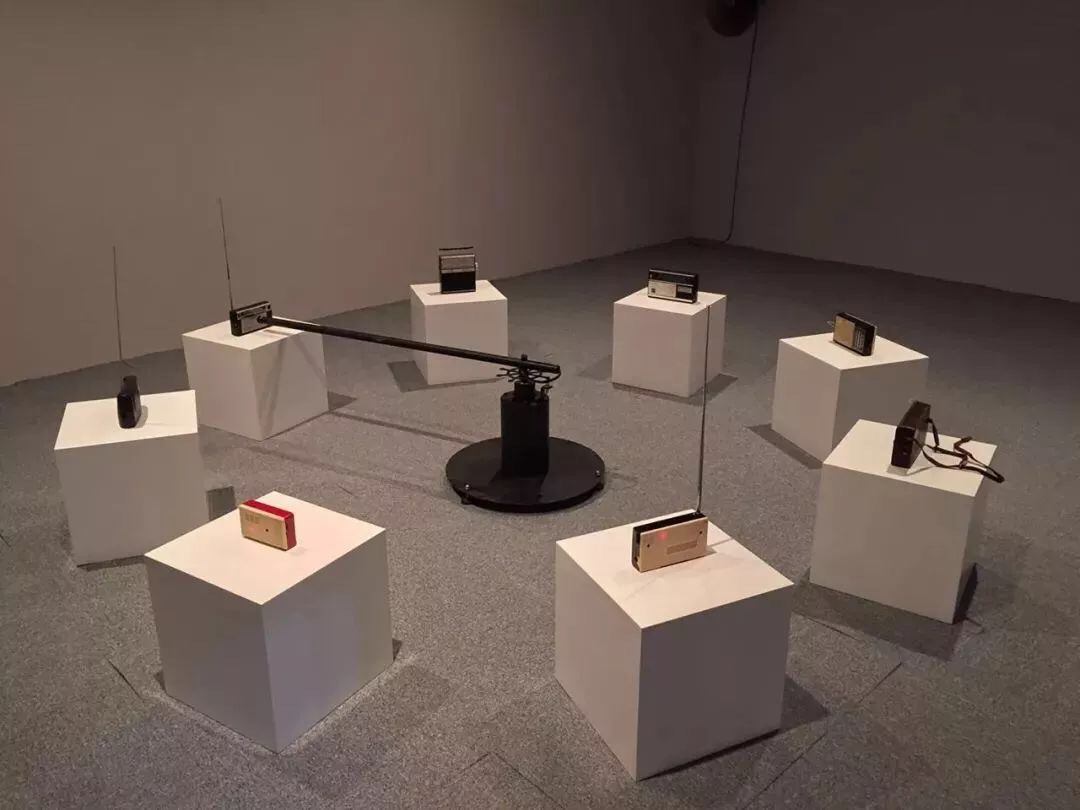
Chronus Art Center / ZHI ART MUSEUM would like to thank Ms. Li Lin for her support in realizing ZHANG Peili's work in this exhibition. (新时线媒体艺术中心/知美术馆感谢李琳女士对本次展览张培力项目的支持)
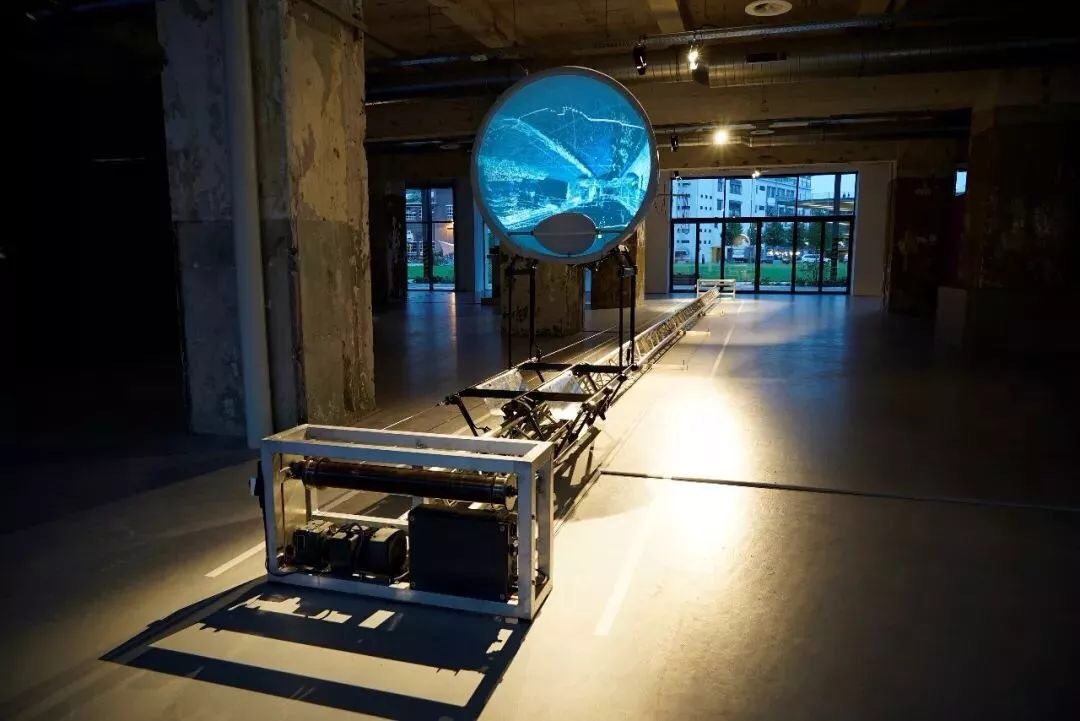
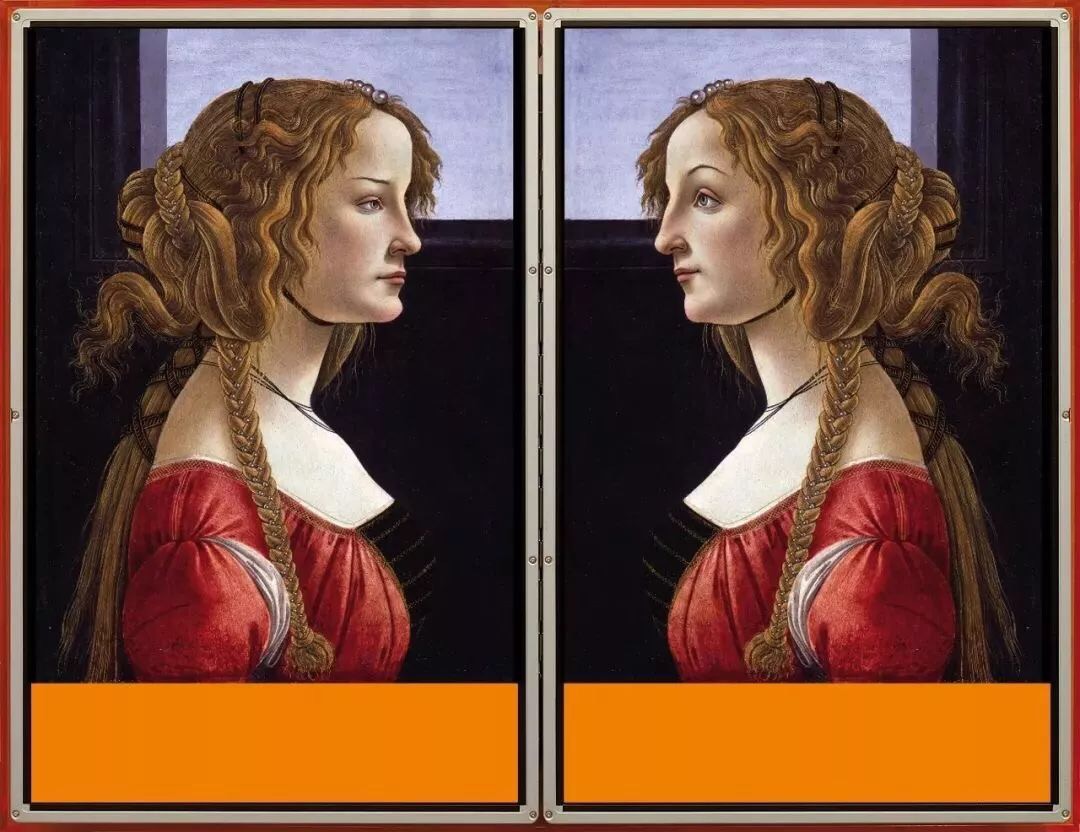
To open is also to make ready for adventure, to lose orientation in order to obtain cognition of a different dimension. COMPASS 02005 by Lawrence Malstaf is precisely such an uncanny apparatus that exercises its own machine logic on the participant. Perhaps here a power play is at work to tease out the conundrum of the human-machine interaction that questions the popular assumption and begs for an ethical reappraisal.
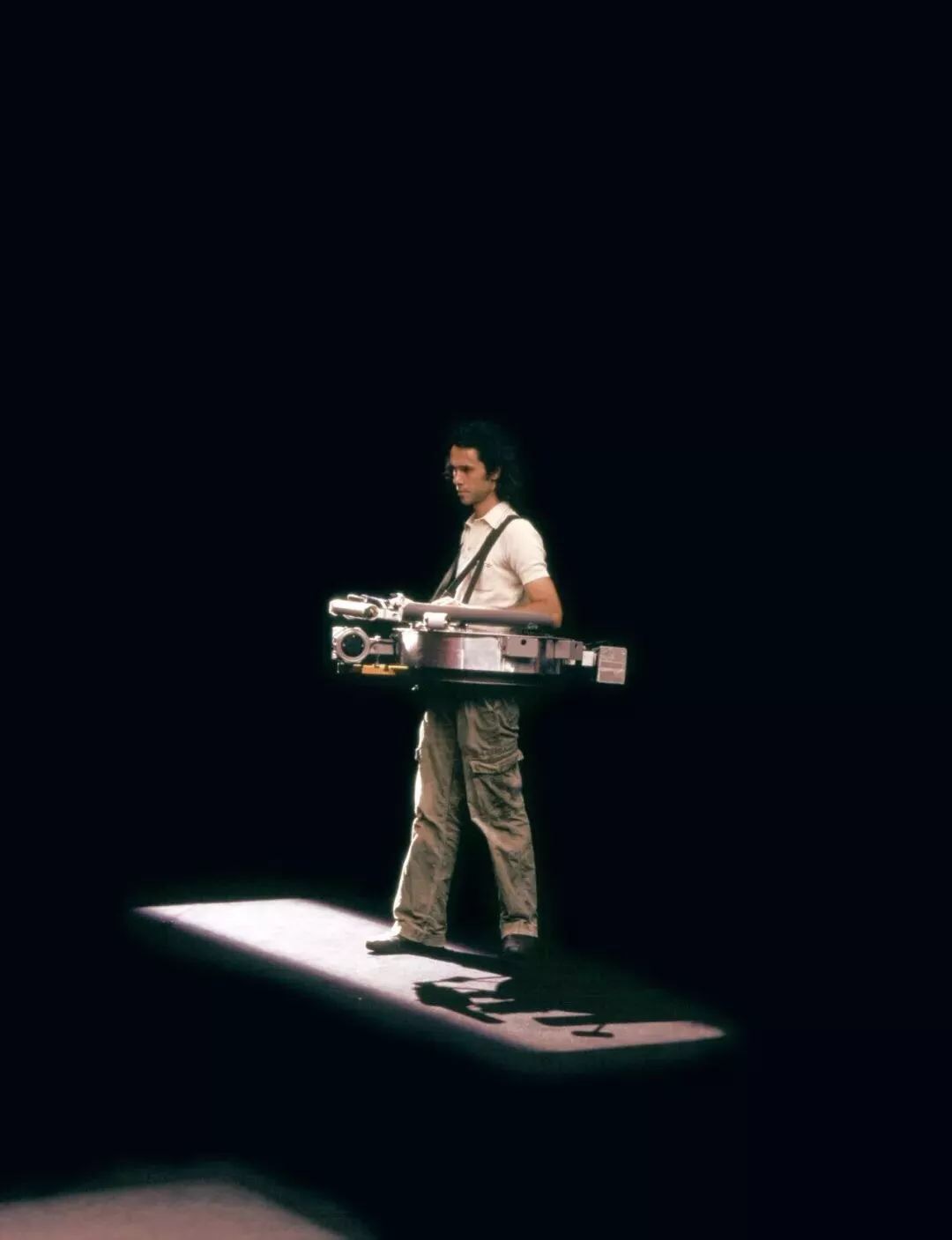
Ascending to the upper level of the museum is a brightened gallery space that is home to four works that resonate with each other and blend into the outdoor scenery visible through the openness of the large glass walls. In WANG Gongxing’s Unseatable, stillness gives substance of mobility, radiance and liquid enact a form of opening, a way of extension. Carsten Nicolai with his reflektor distortion seems to alert us that in the beauty of algorithmic logic is an open terrain in which uncertainty and chance speak the essence of the technological real. In sharp contrast with Nicolai’s installation, Mariko Mori’s meditative bed of rocks in various sizes and shapes evokes an imaginary river bank which, in its crude innocence, speaks back to the contemporary pandemonium and anxiety to open up a new prospect of the world to comprehend. WANG Yuyang’s Plato’s Cubes further pronounces the open as an unfolding, an perpetual iteration, a never ending transformation and a spirit that embraces the unknown, the unpredictable, and the potential as the essence of ZHI, that is, to know.
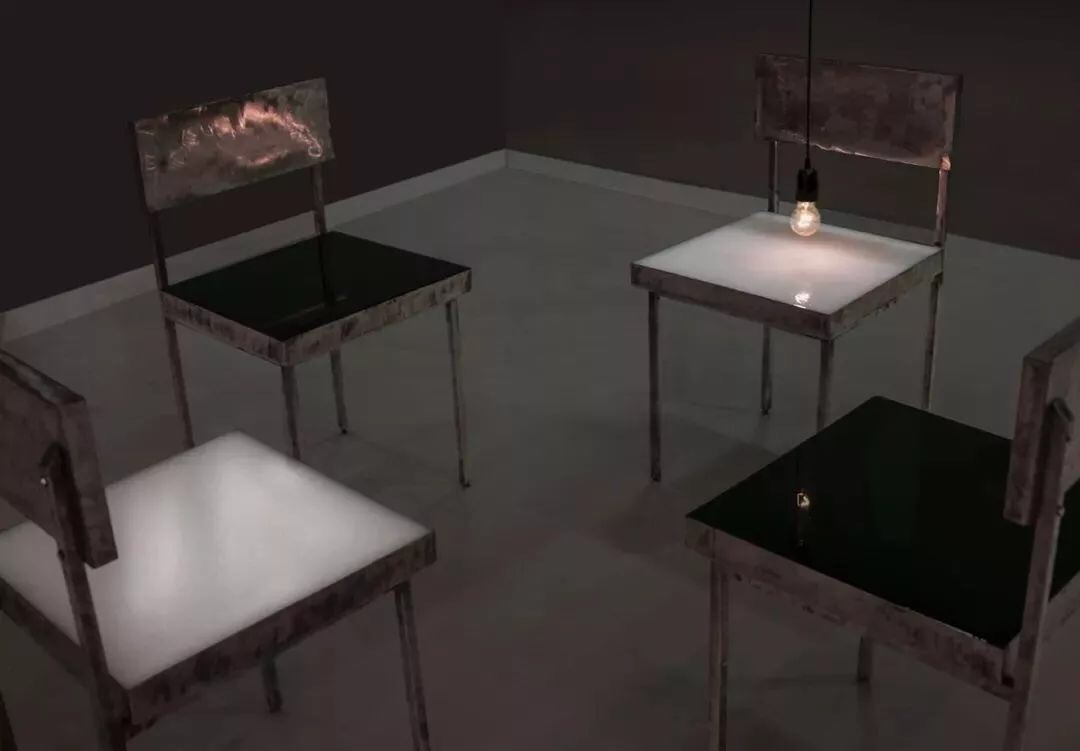
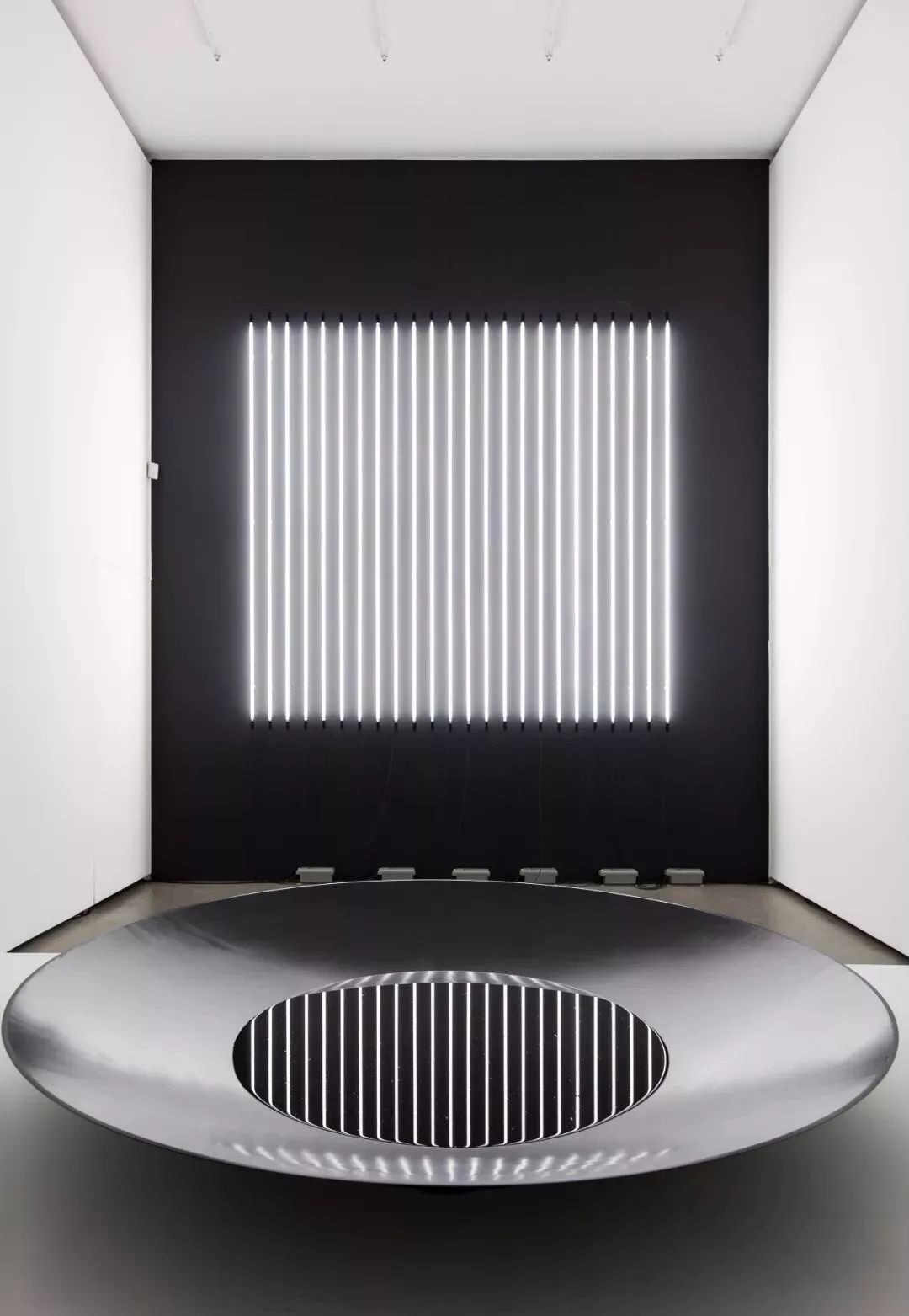
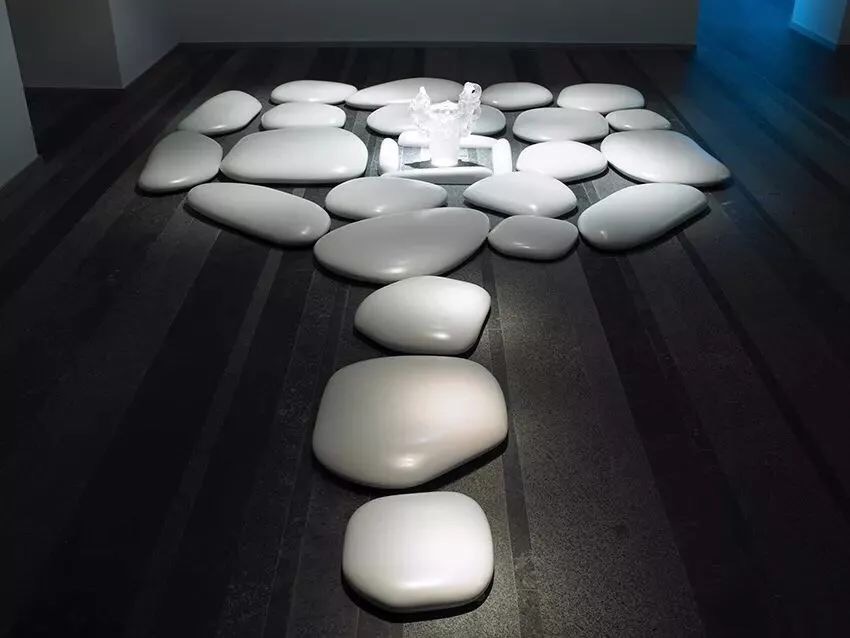
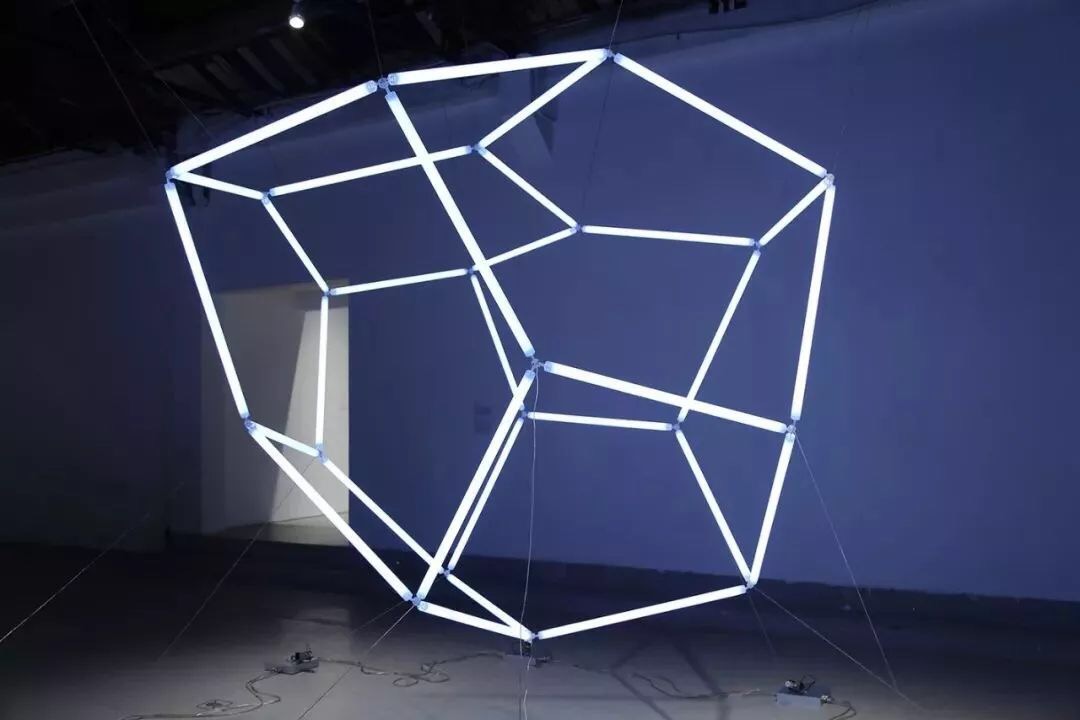
About ZHI ART MUSEUM
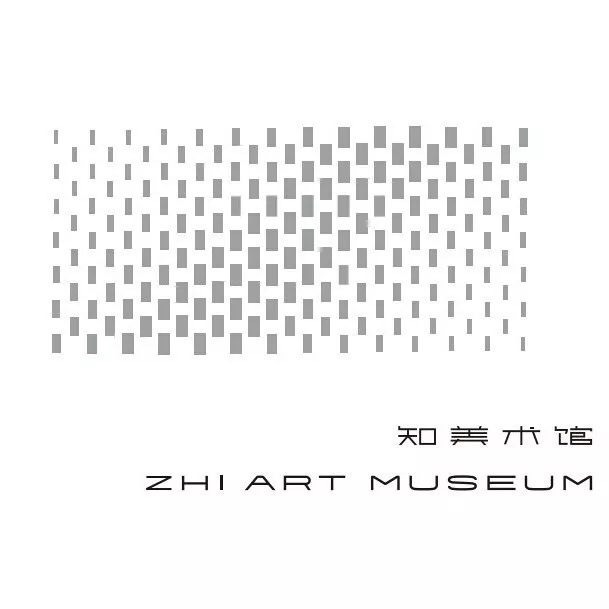
Located at the foot of Chengdu’s Taoism Laojun Mountain in Southwest China, ZHI ART MUSEUM’s serene architecture brings to life the beauty and tranquility of Zen. An iconic work by renowned Japanese master architect, Kengo Kuma, the museum embodies the Eastern philosophy of “Learning from Nature.” With the use of water as key feature, and the exploration of natural materials throughout, the architecture organically integrates its surrounding elements harmoniously. The tranquil flow and soft movements surrounding the entirety of the museum allow for contemplation and evoke notions of eternity through its unity with nature.
ZHI ART MUSEUM focuses to explore global contemporary art and its qualities as a force of universality, in the context of the future, present and past of Eastern aesthetics. The meaning of ZHI is to be an open concept, always striving to move from the world of the known to the unknown, and from the finite to the infinite. Within these parameters ZHI ART MUSEUM’s aim is to explore the integration of human inspiration and technology within the multiple facets of art, while also building a groundbreaking in-depth contemporary art collection and an unparalleled exhibition program, that together will foster a vital contribution to the integrity and creativity of art and art history of the 21st century.
The museum’s core concept is based on the three principles of: Universality, Insight, and Innovation.
About CAC

Established in 2013, Chronus Art Center (CAC) is China’s first nonprofit art organization dedicated to the presentation, research / creation and scholarship of media art. CAC with its exhibitions, residency-oriented fellowships, lectures and workshop programs and through its archiving and publishing initiatives, creates a multifaceted and vibrant platform for the discourse, production and dissemination of media art in a global context. CAC is positioned to advance artistic innovation and cultural awareness by critically engaging with media technologies that are transforming and reshaping contemporary experiences.
Press Enquiries
Rulan Sun sunrl@cnfantasia.com
Special Thanks
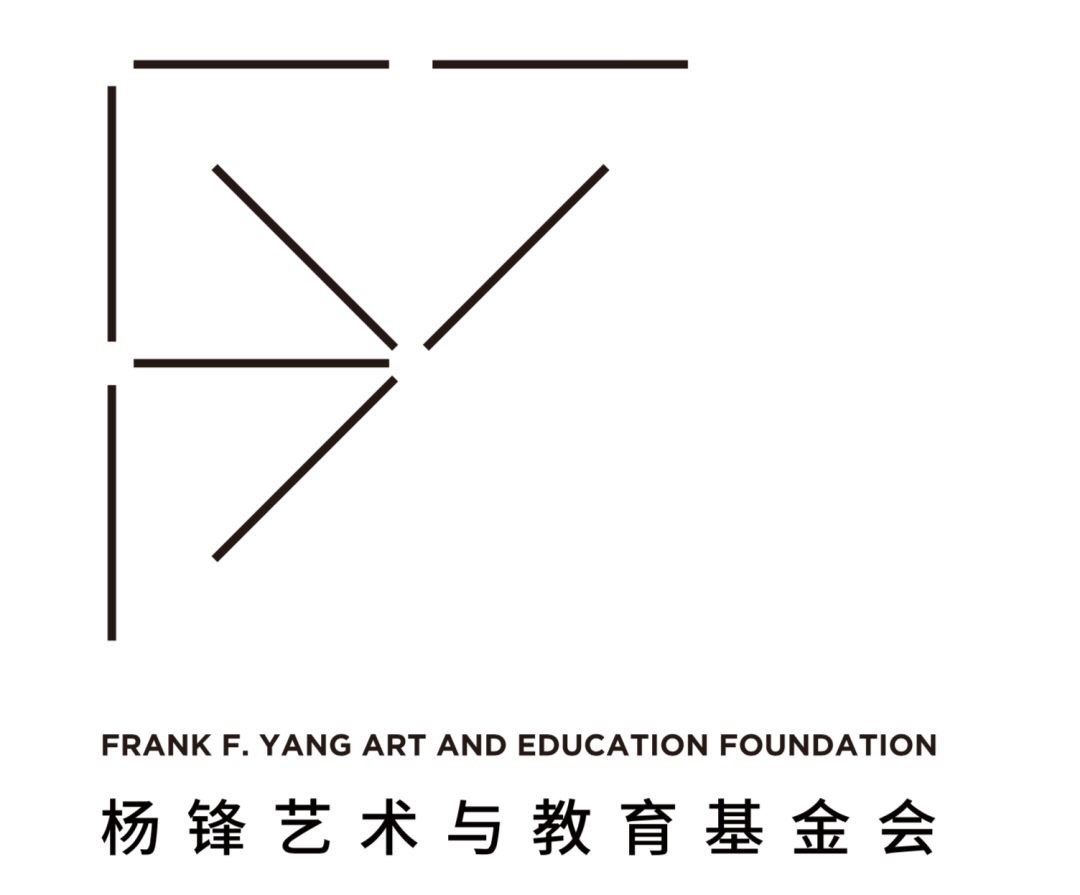

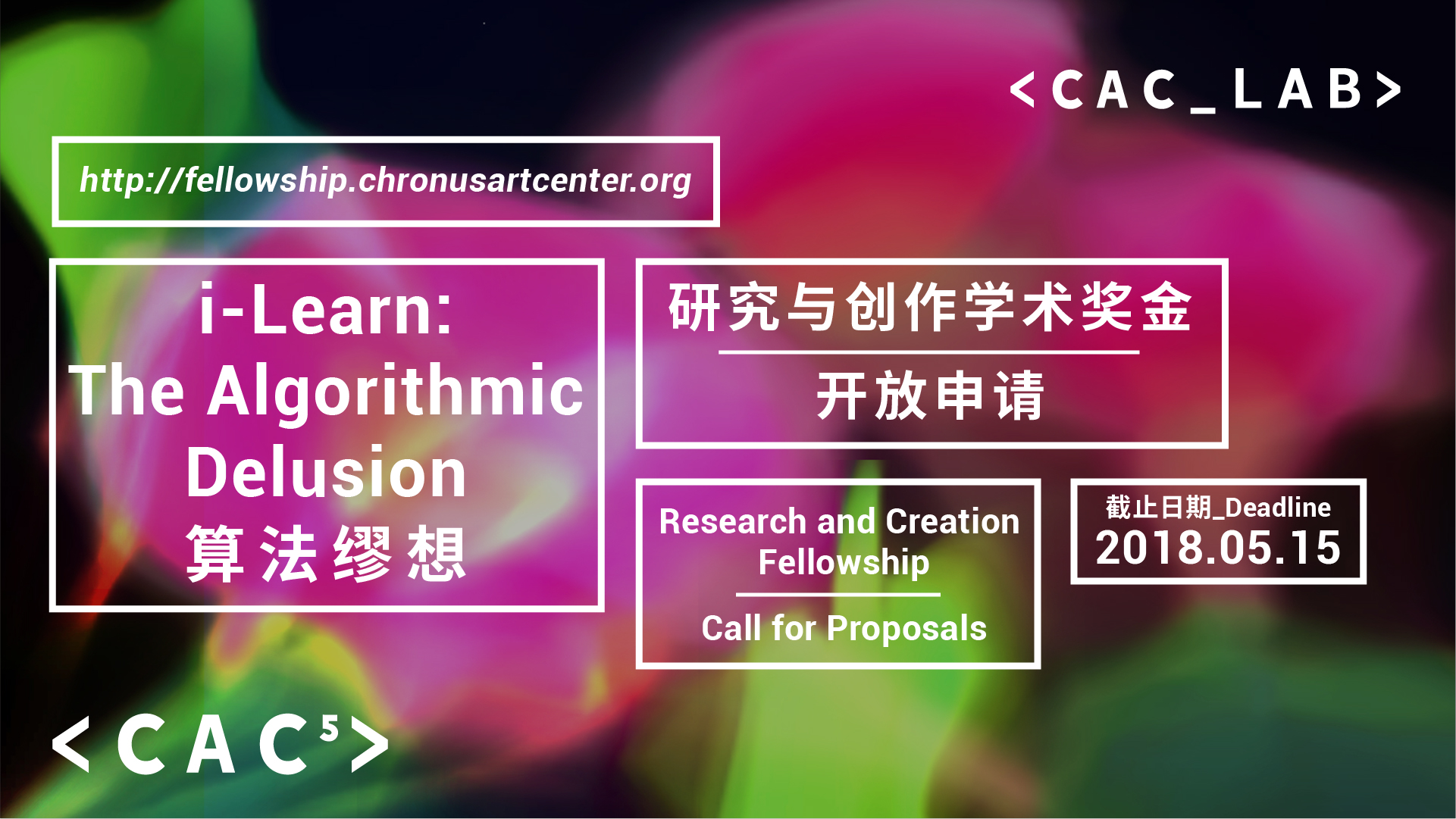
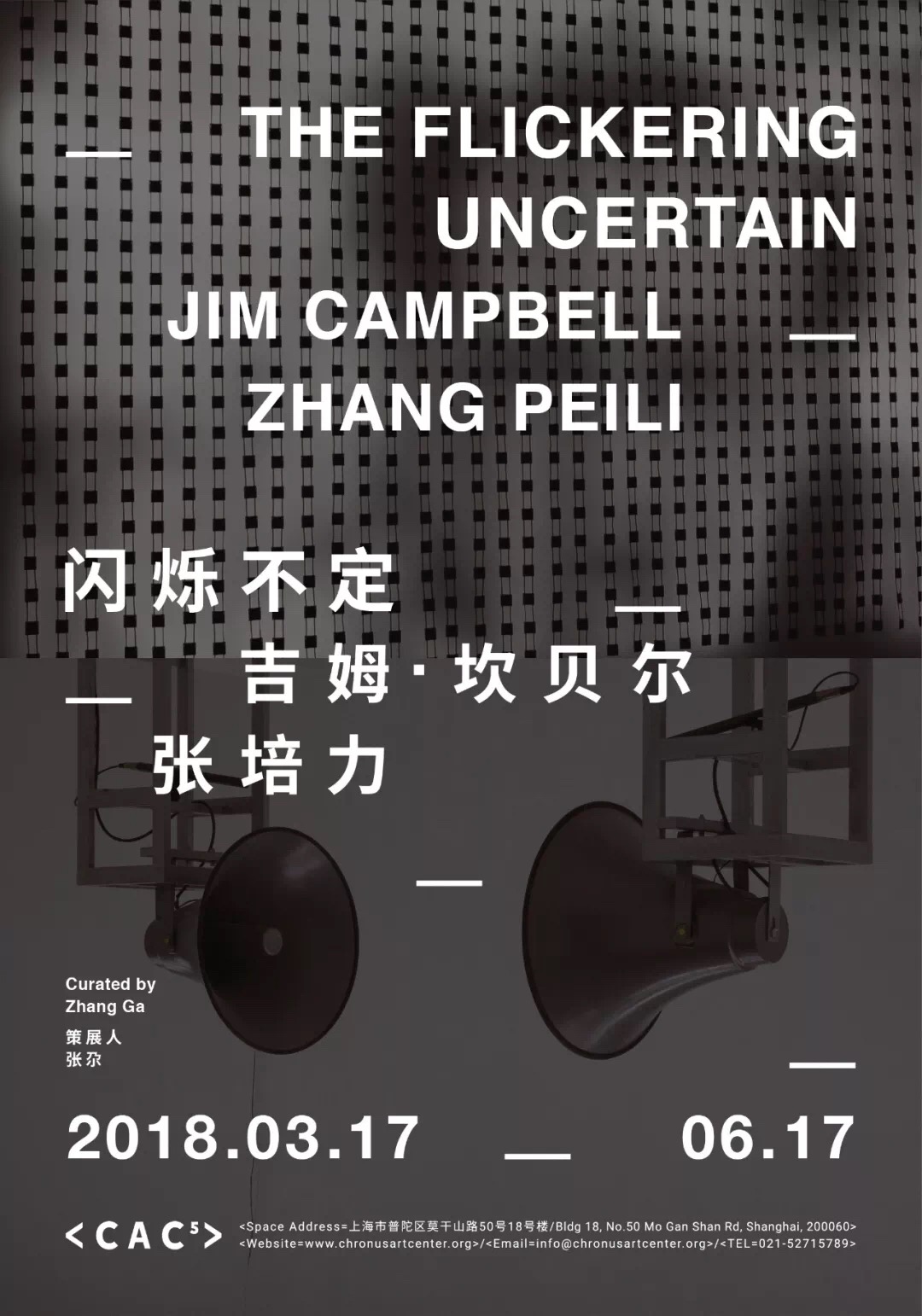 Jim Campbell & ZHANG Peili: The Flickering Uncertain is Chronus Art Center's 2018 inaugural exhibition, presenting works by two pioneers of media art. The two artists employ “low resolution” both as a visual device and as a perceptual agent, rendering an embodied looking / seeing, seeking to grasp the technological and psychological intricacies of reality.
Jim Campbell & ZHANG Peili: The Flickering Uncertain is Chronus Art Center's 2018 inaugural exhibition, presenting works by two pioneers of media art. The two artists employ “low resolution” both as a visual device and as a perceptual agent, rendering an embodied looking / seeing, seeking to grasp the technological and psychological intricacies of reality.

